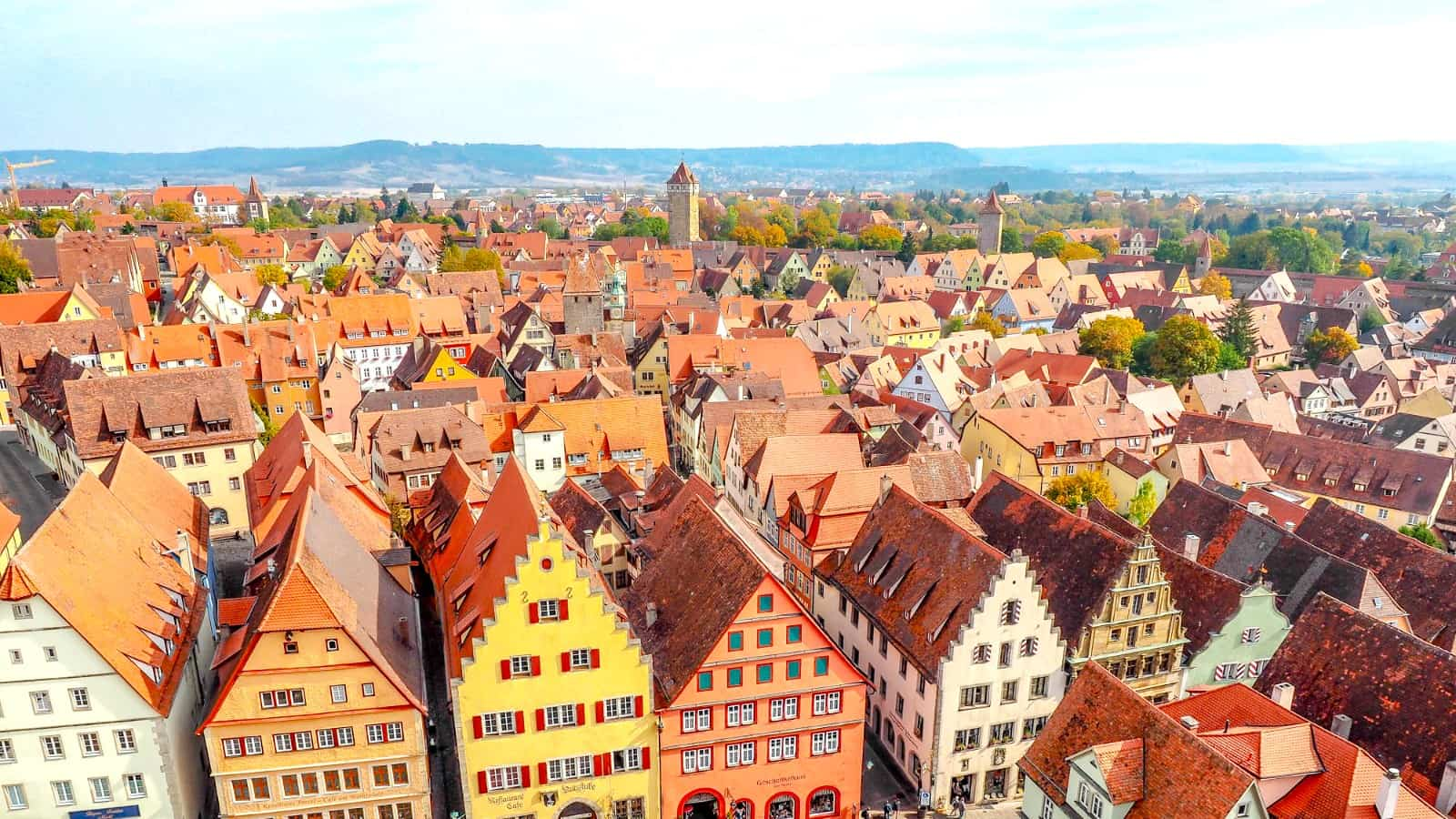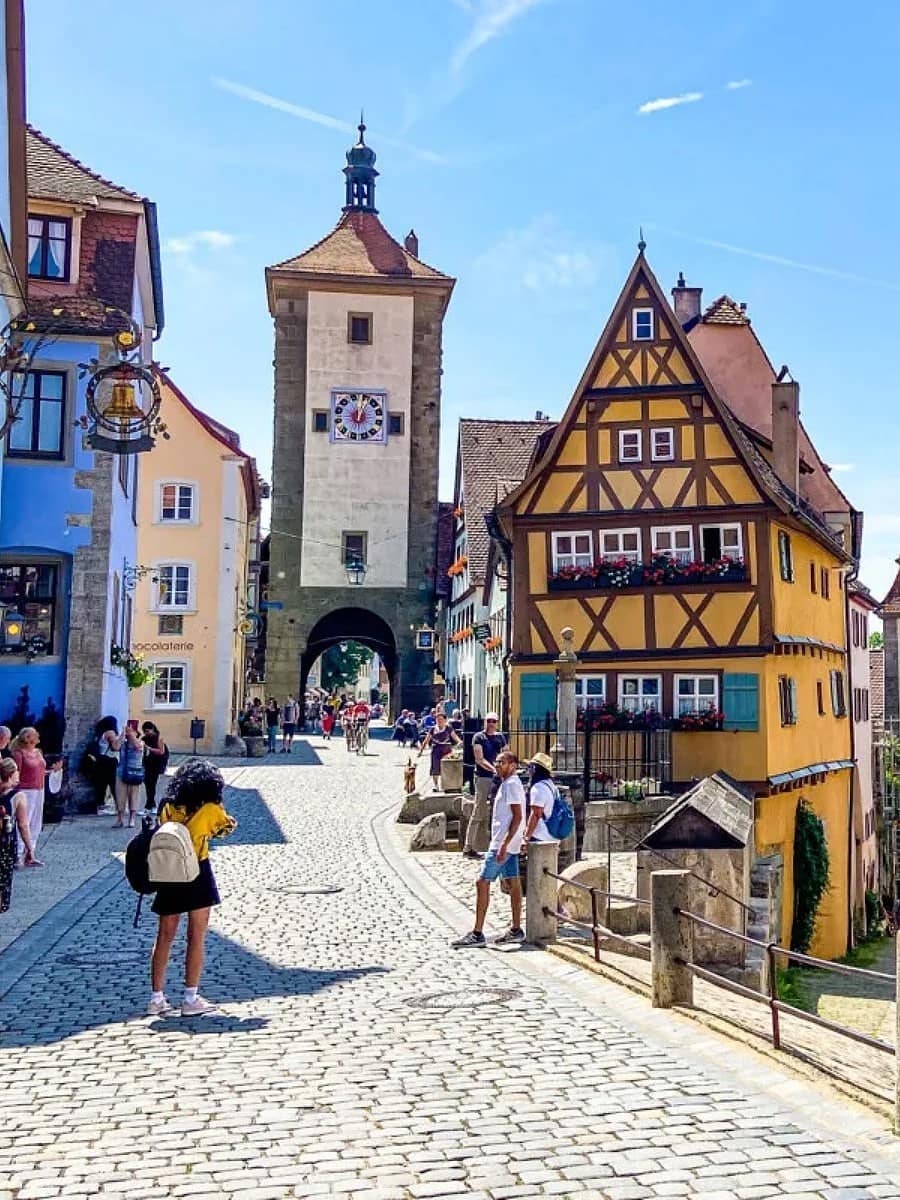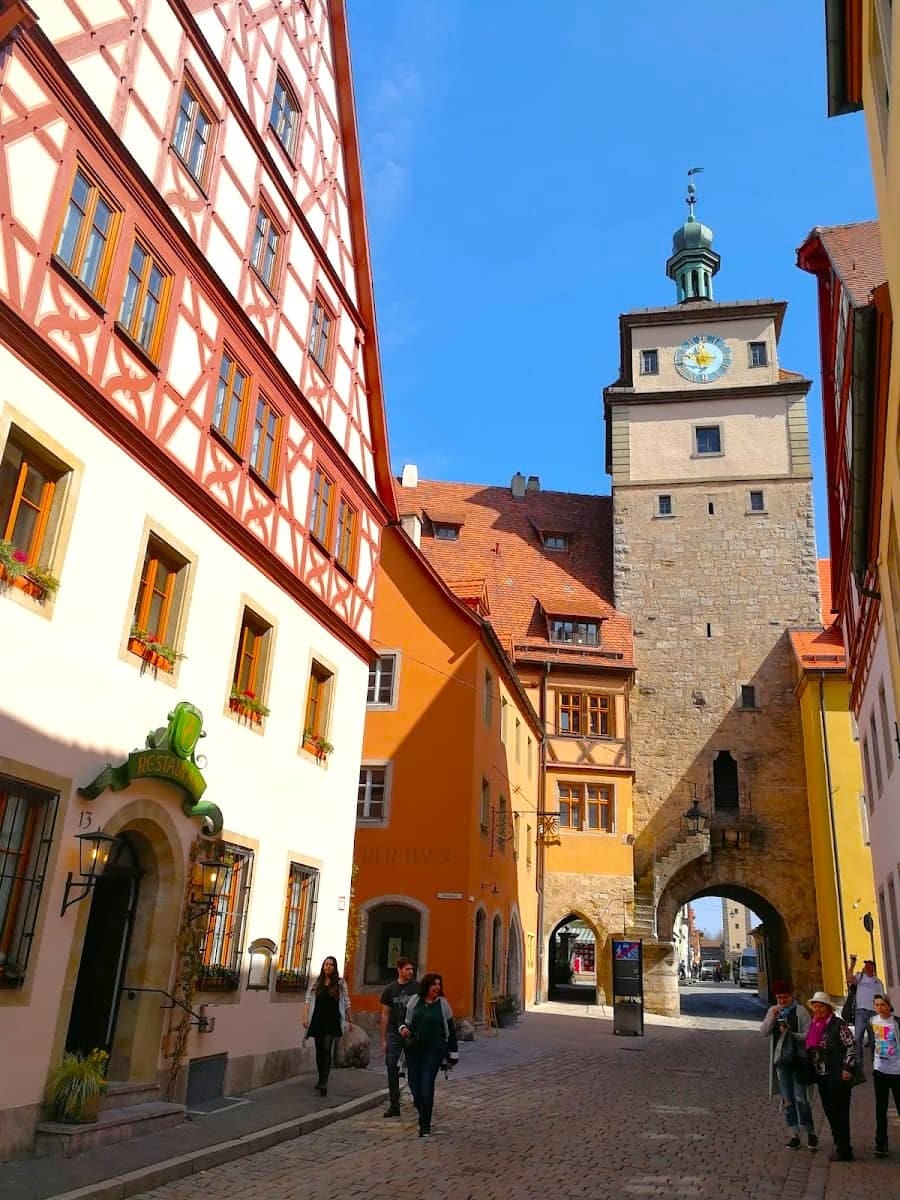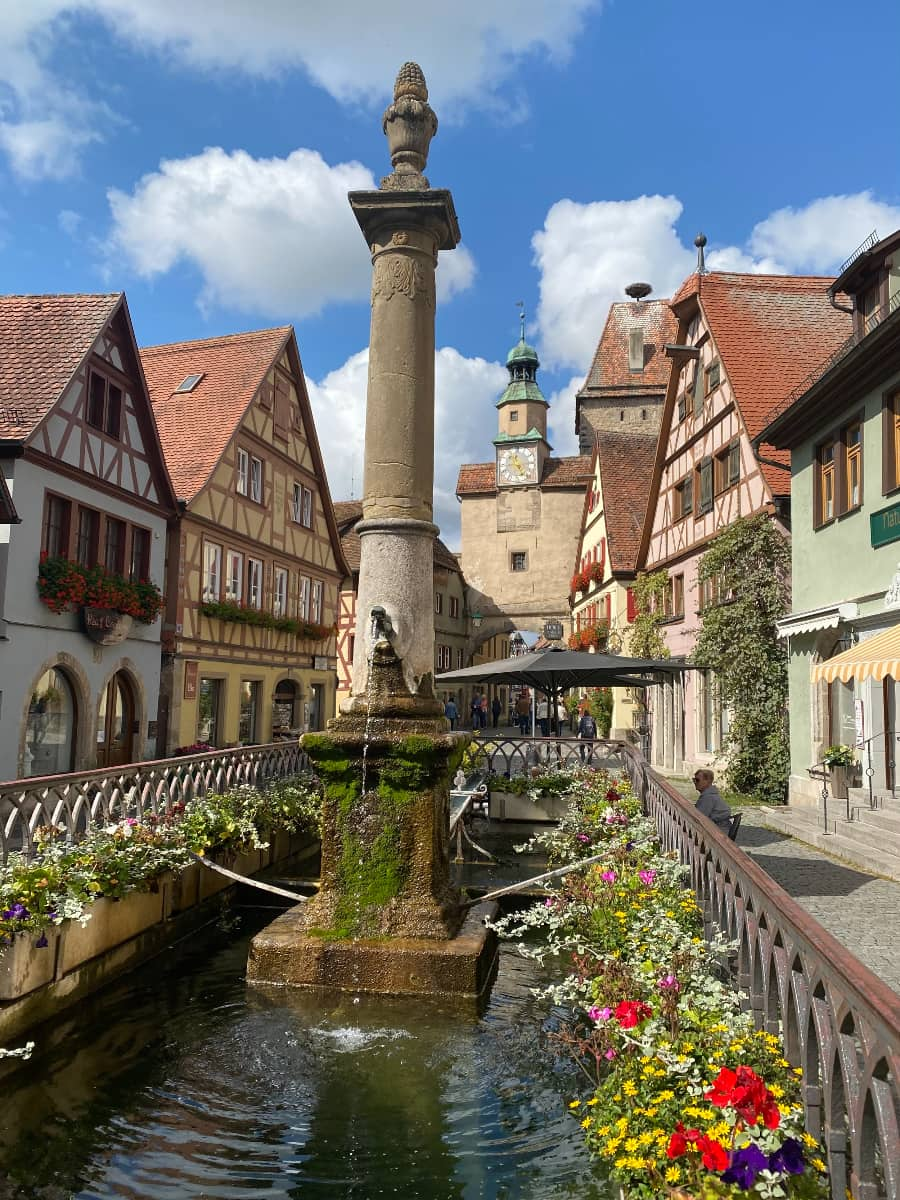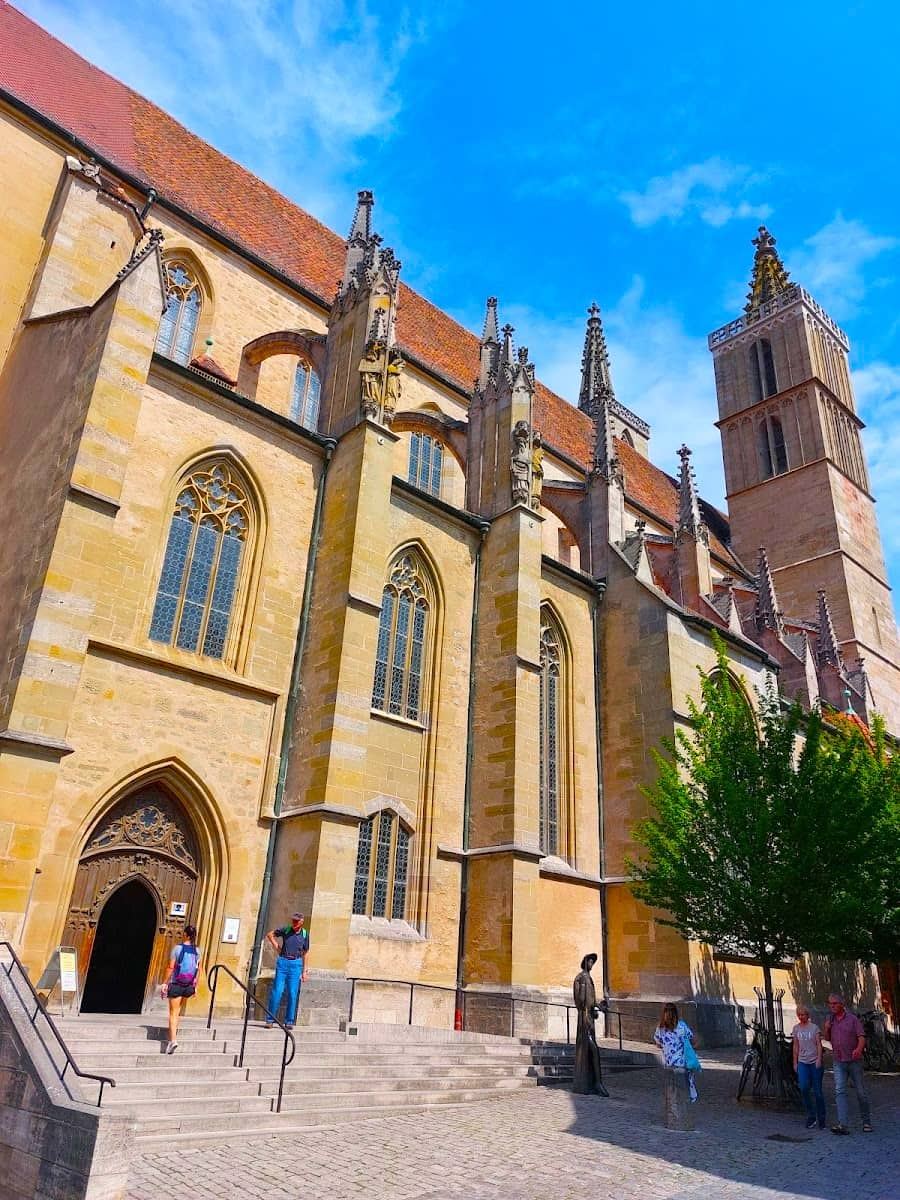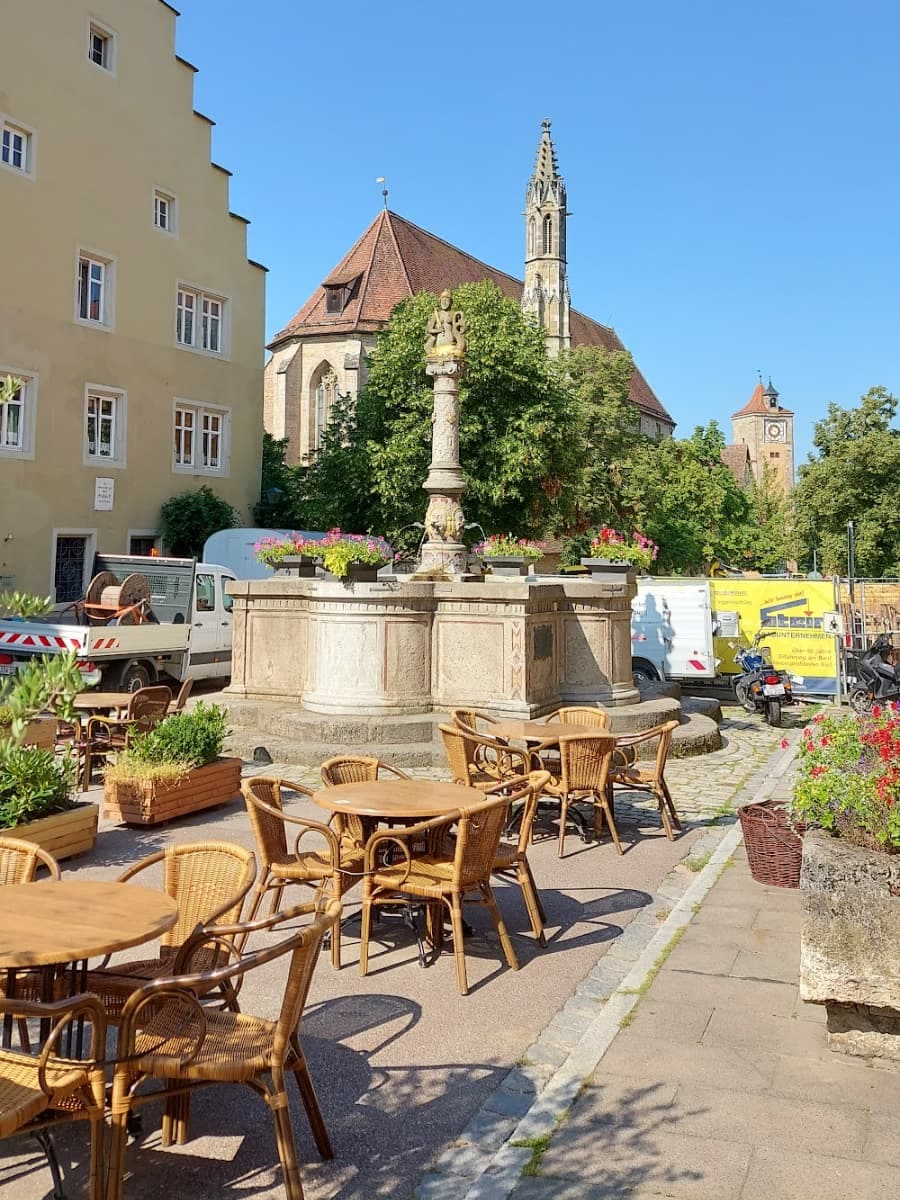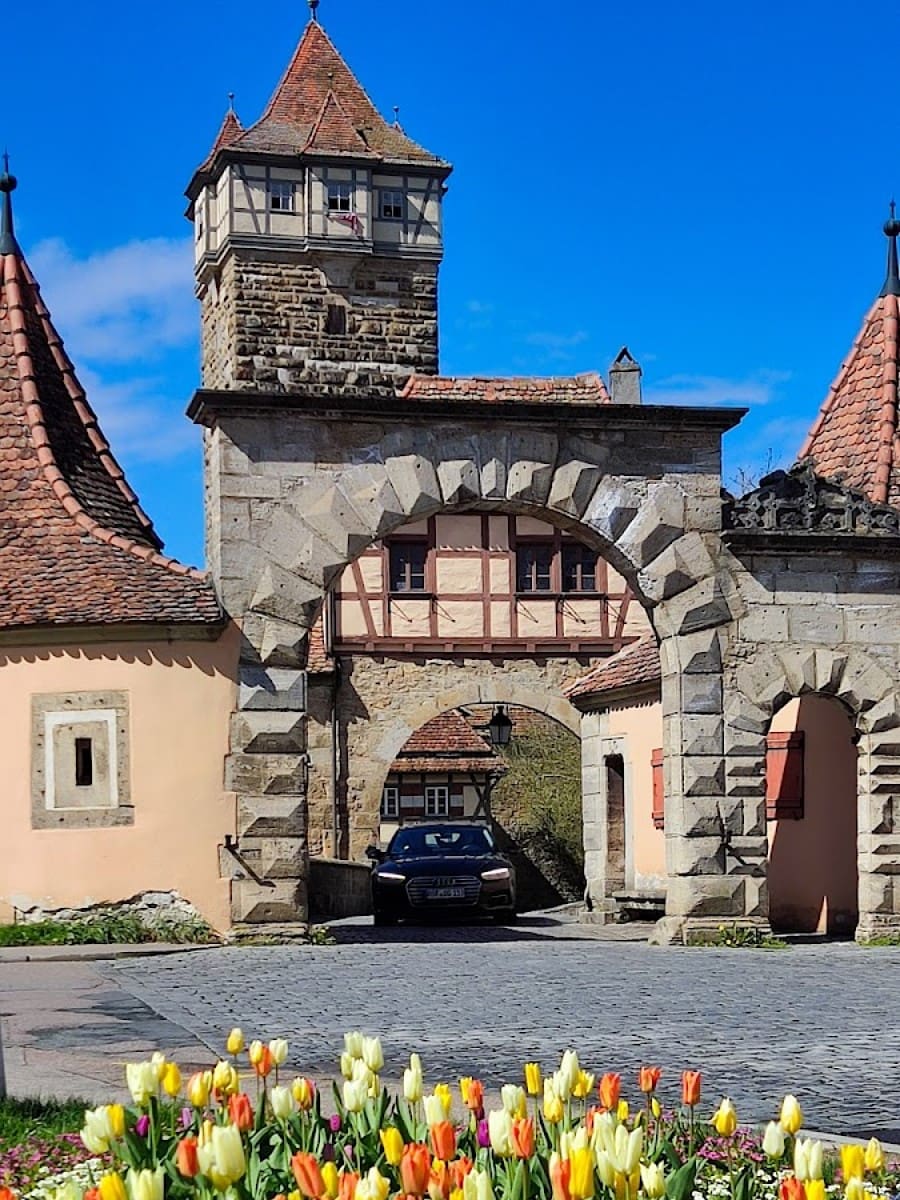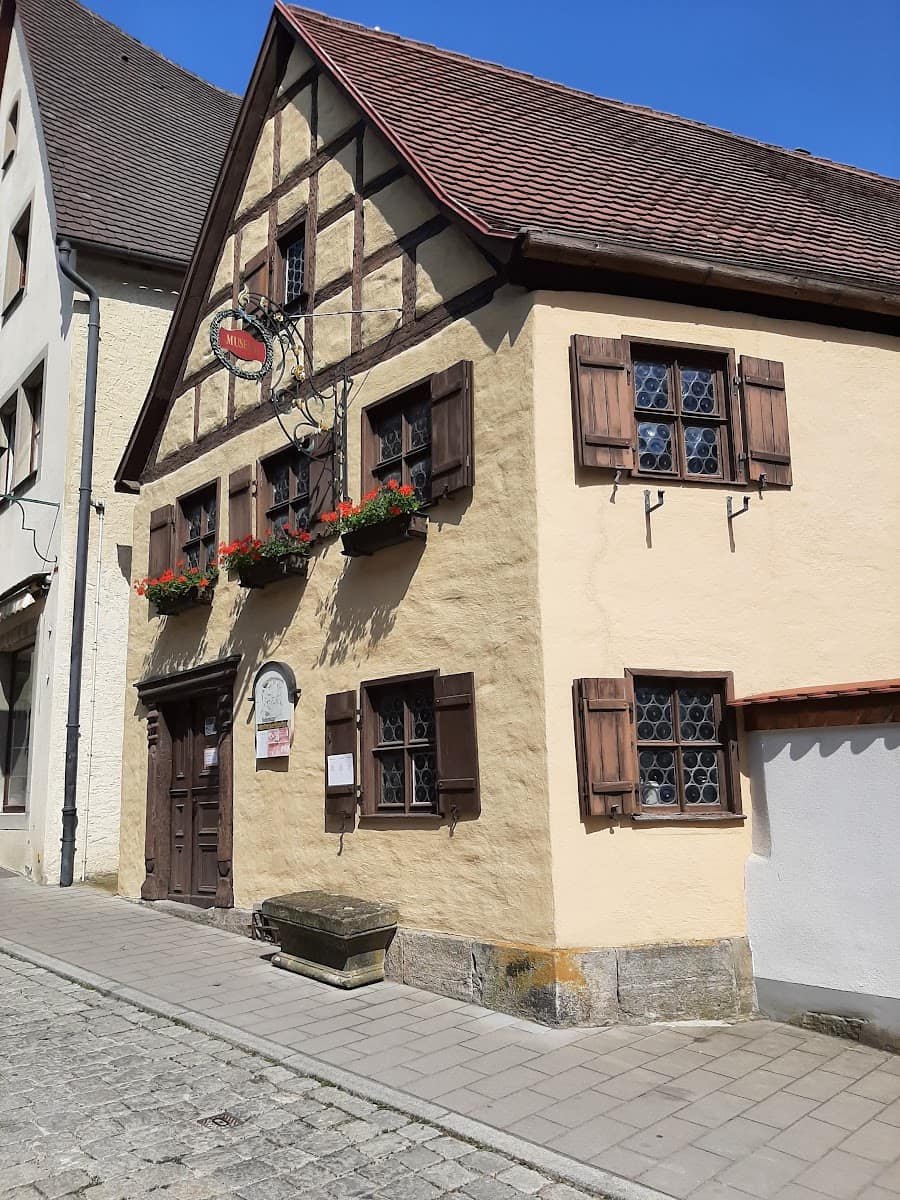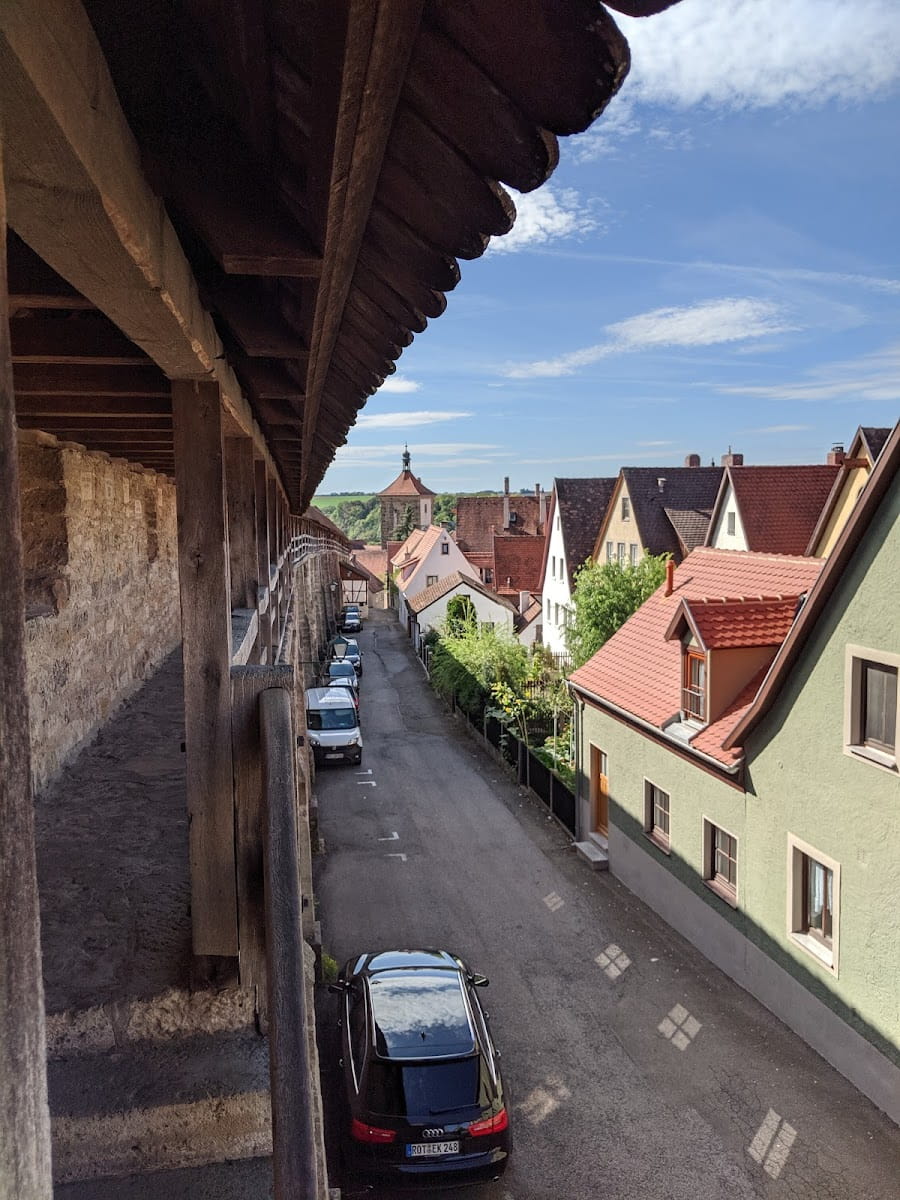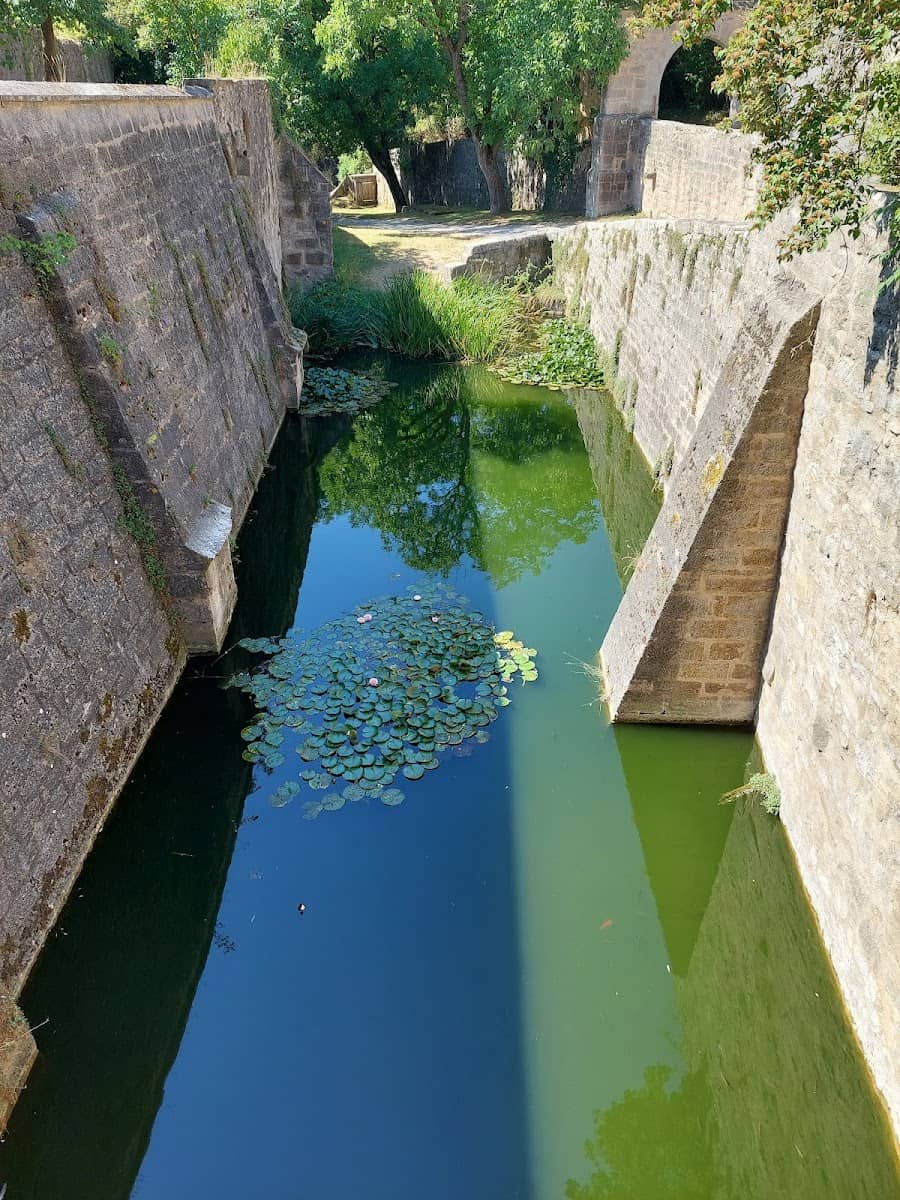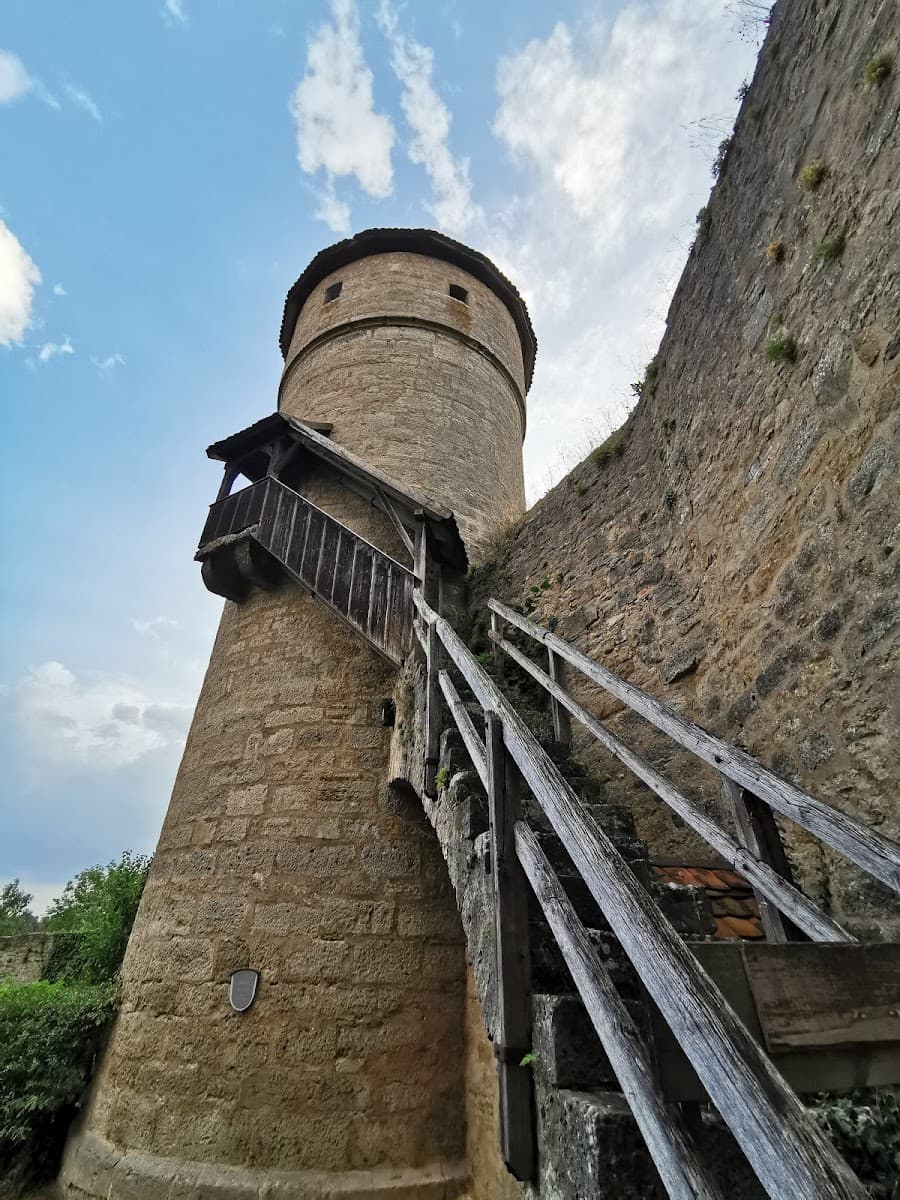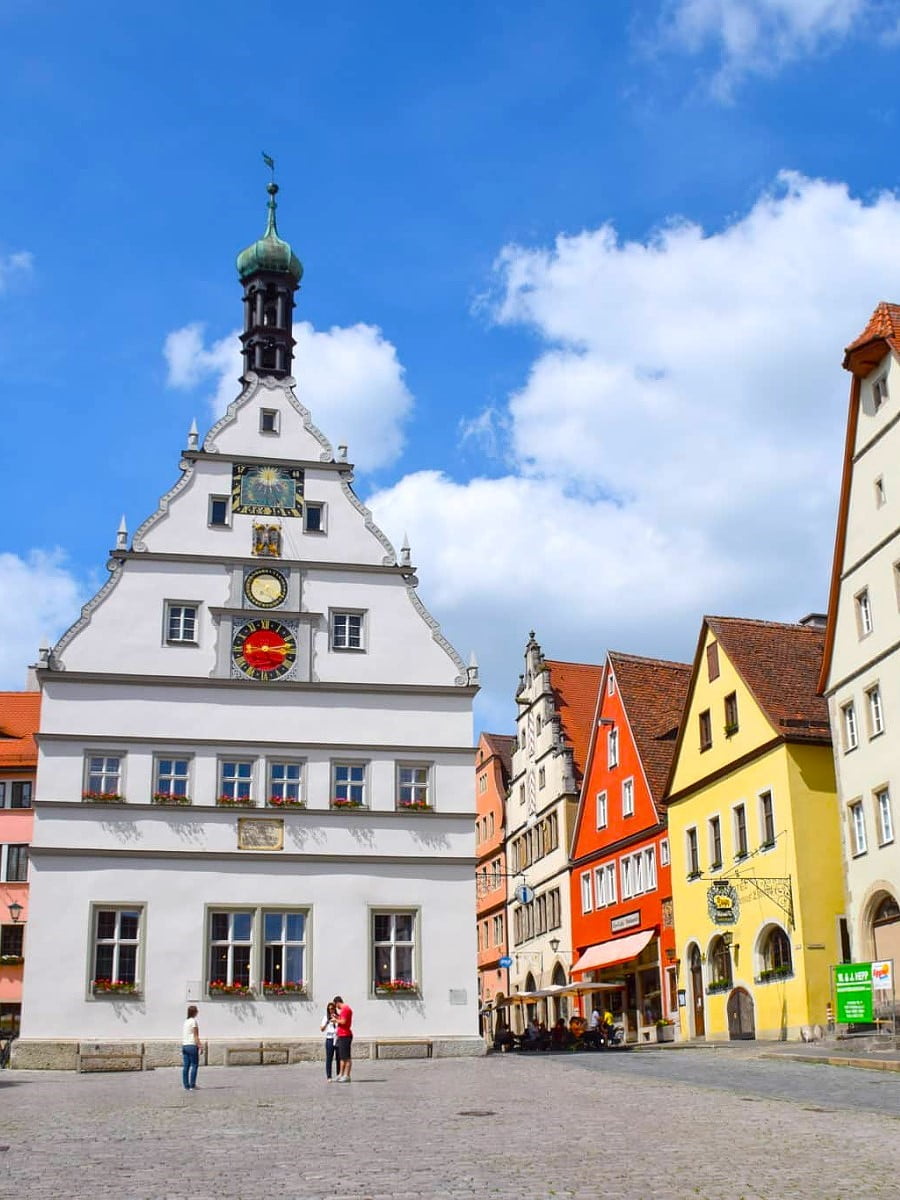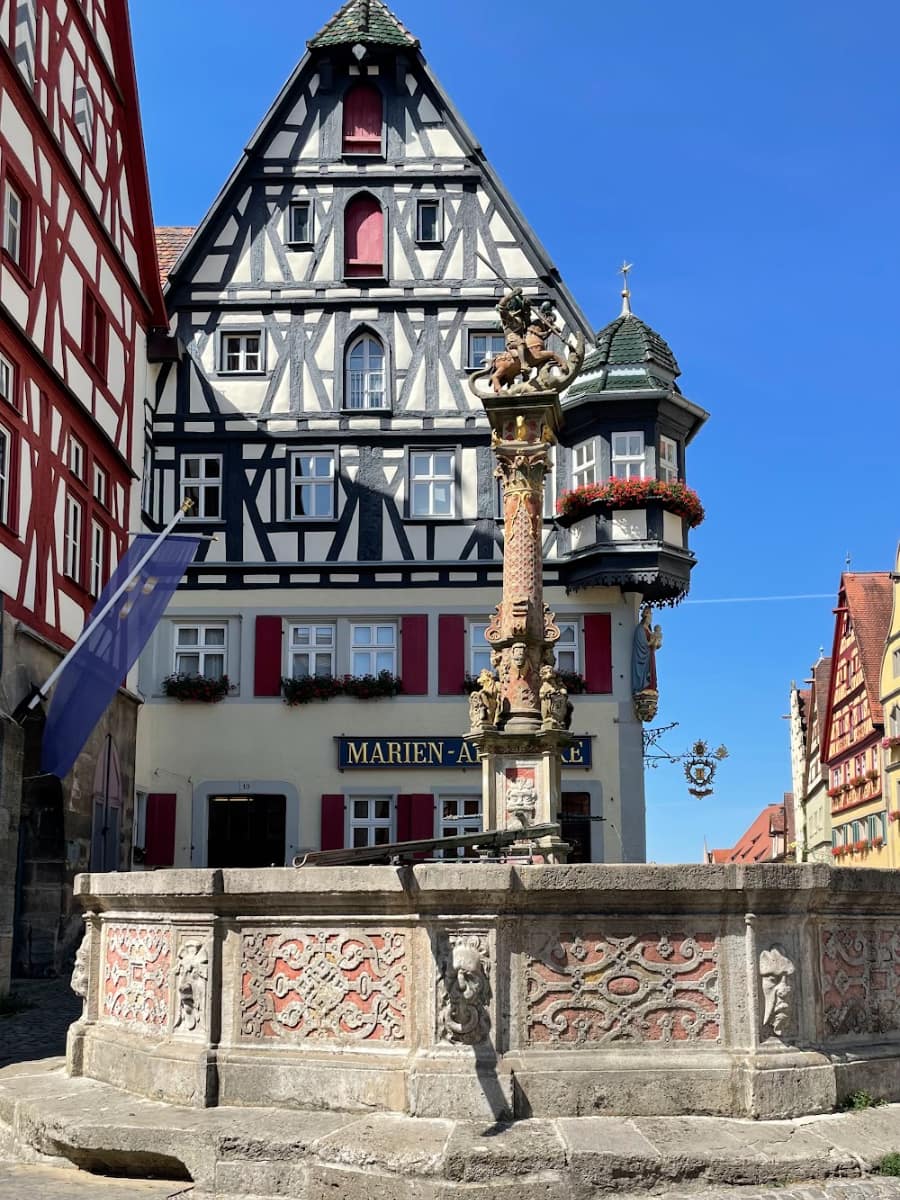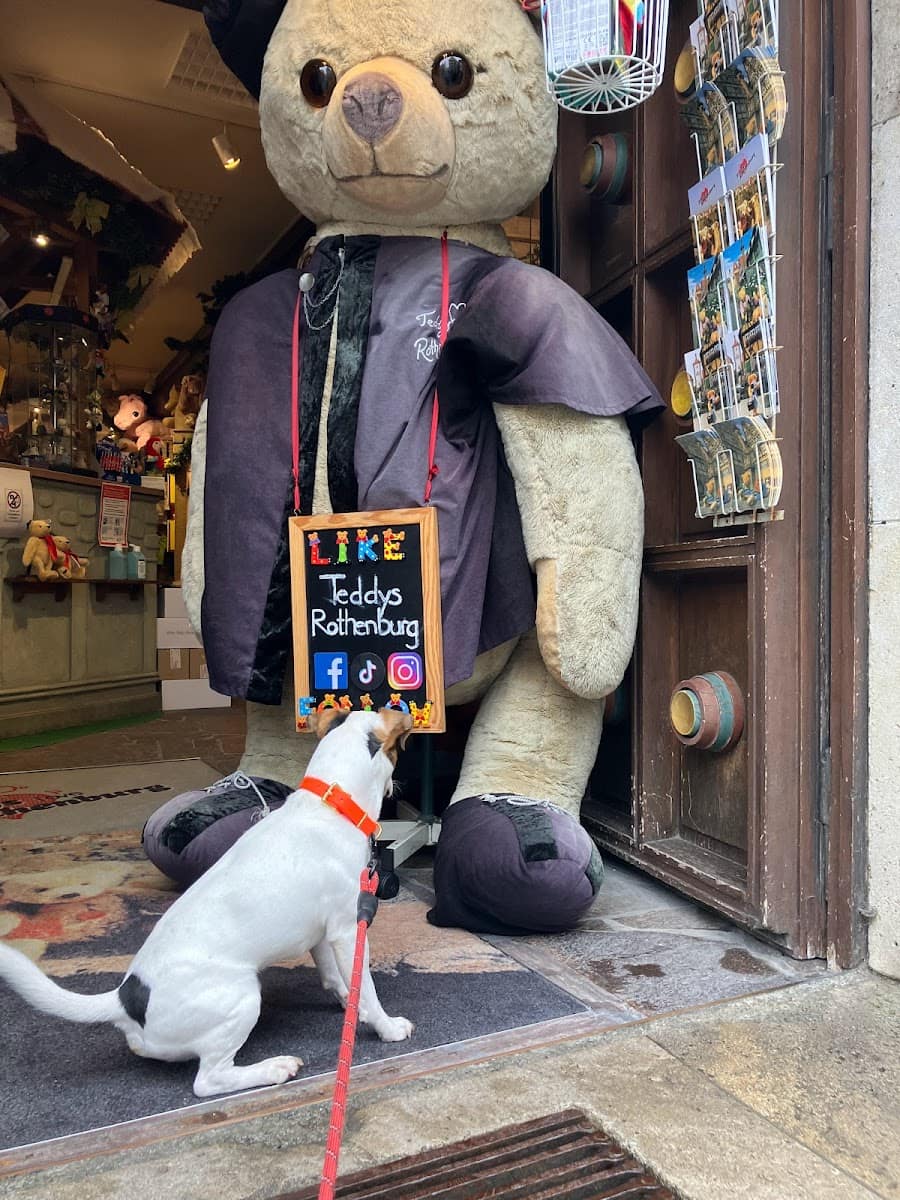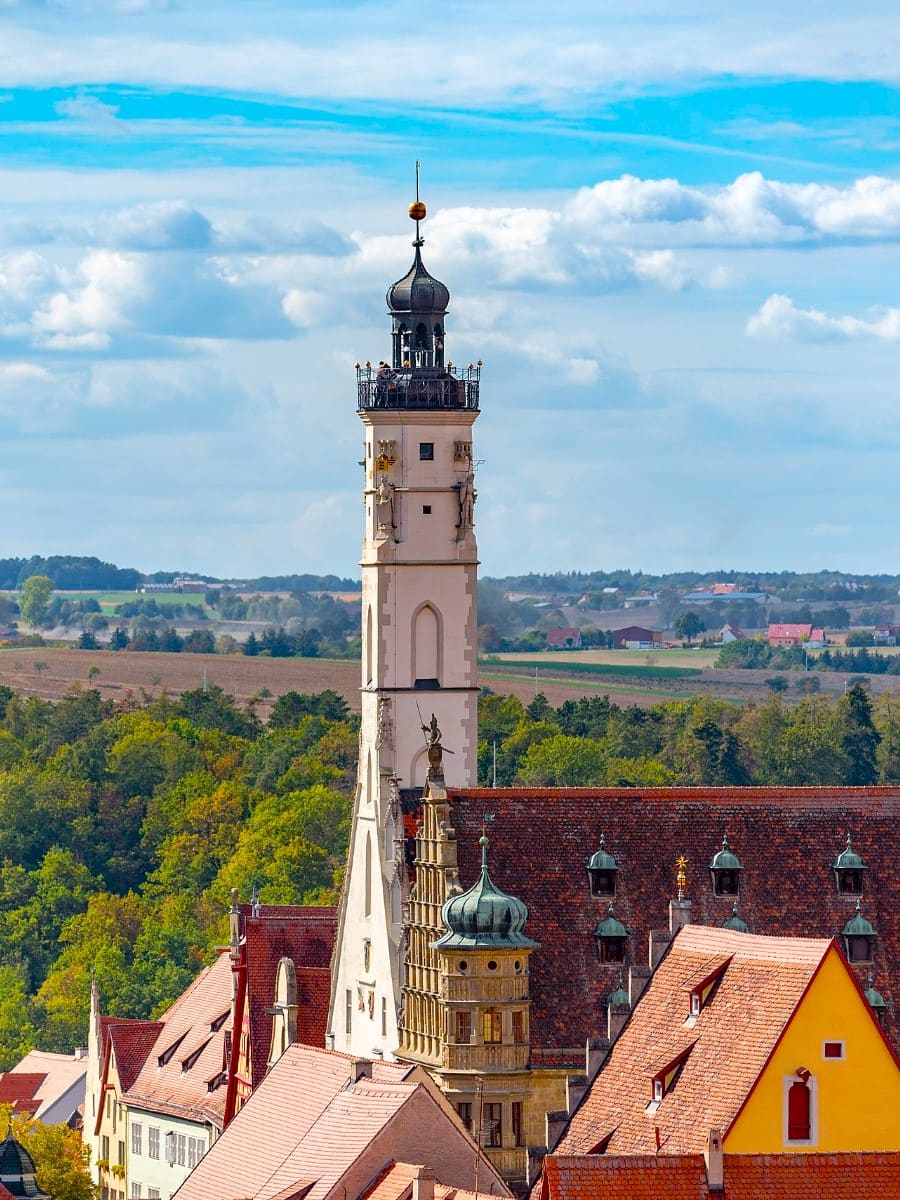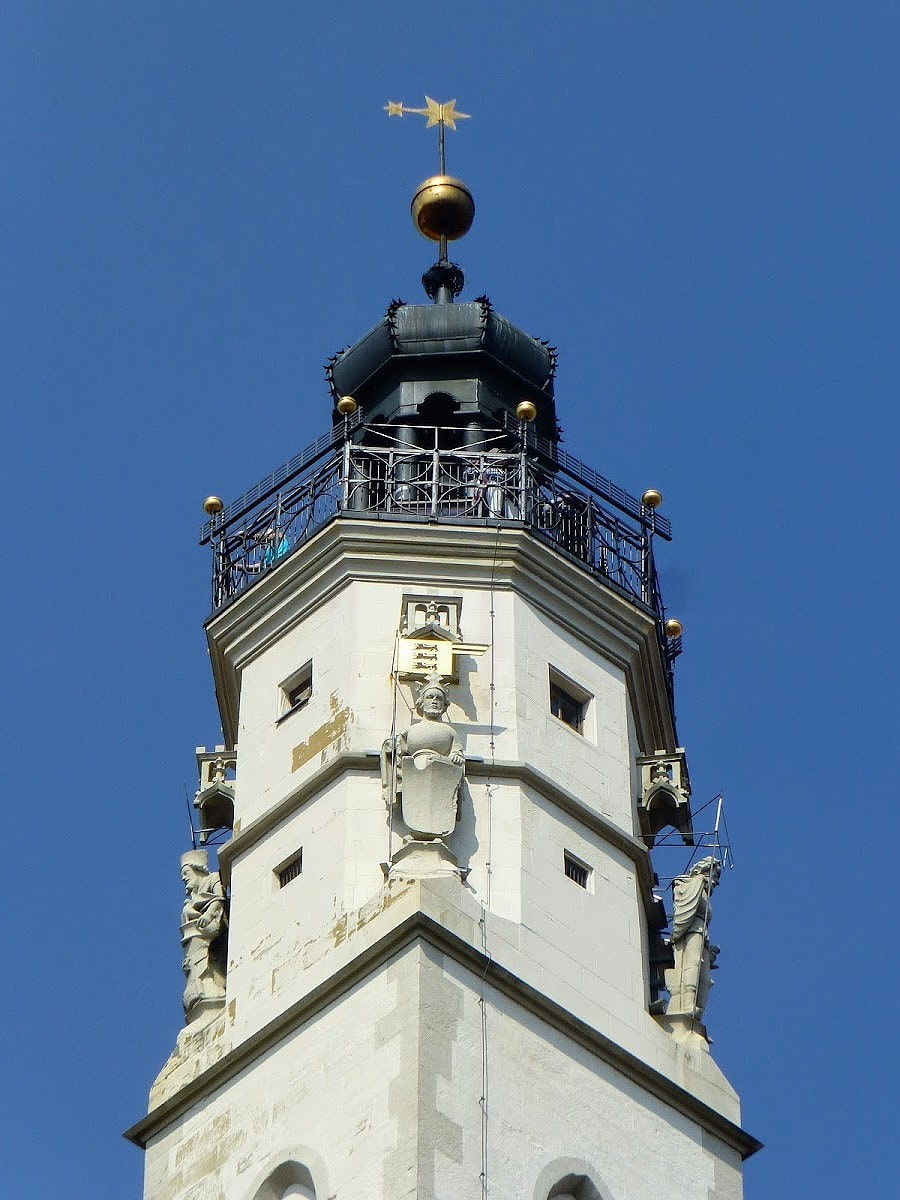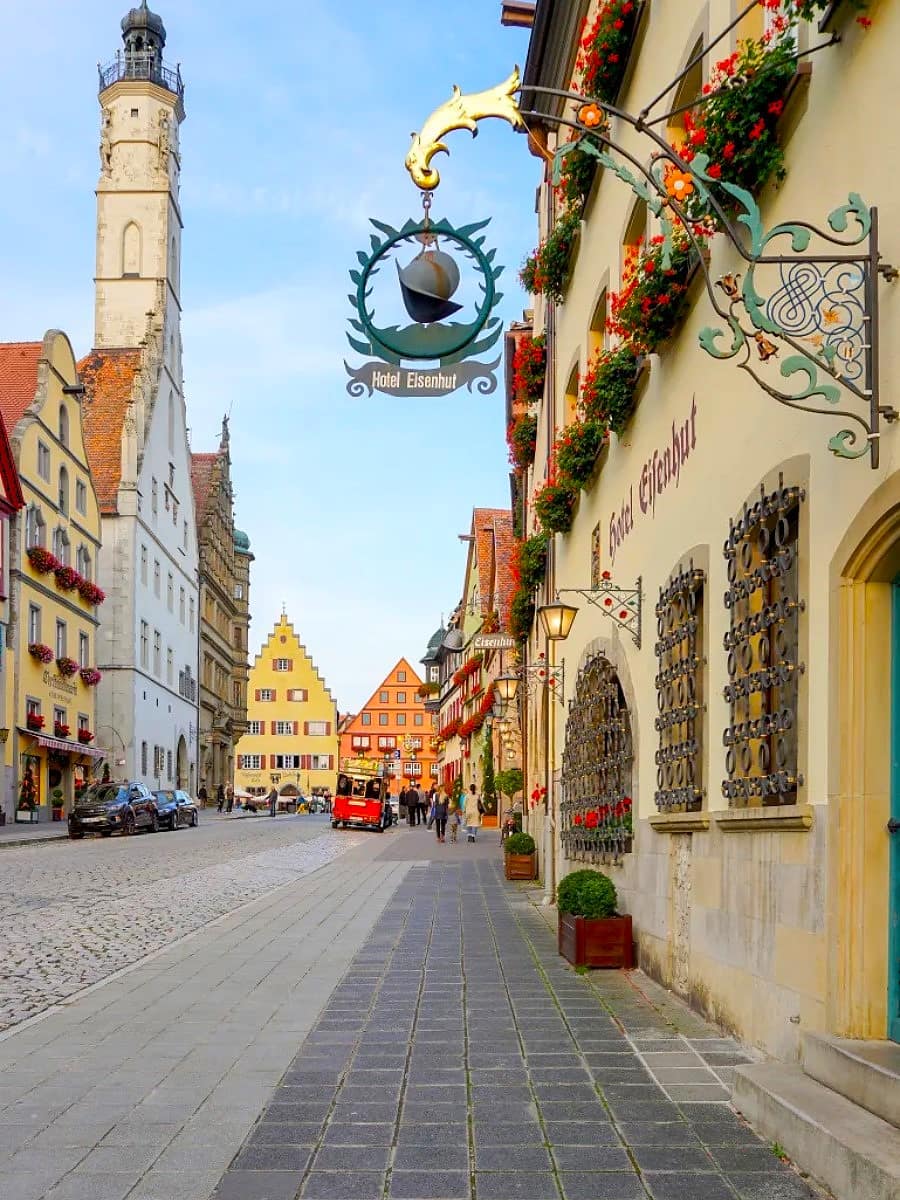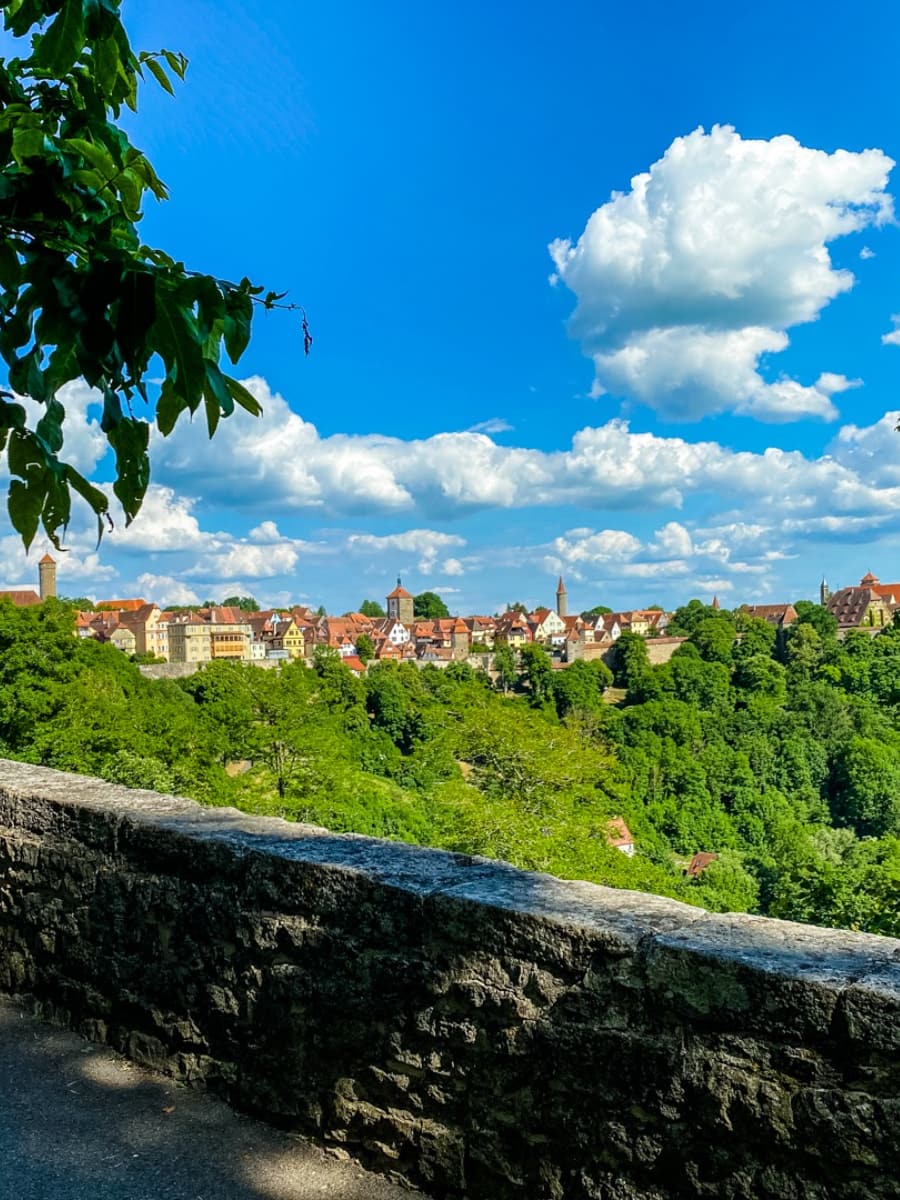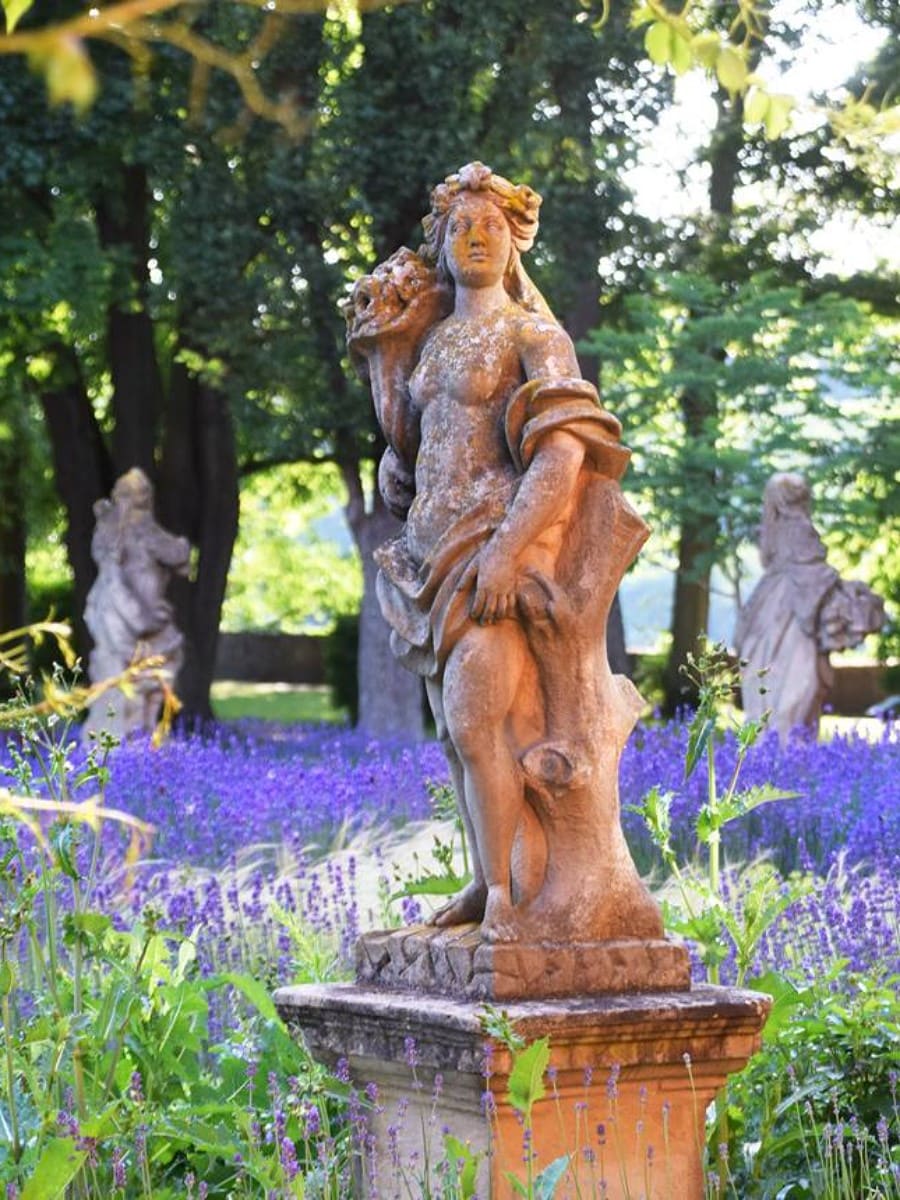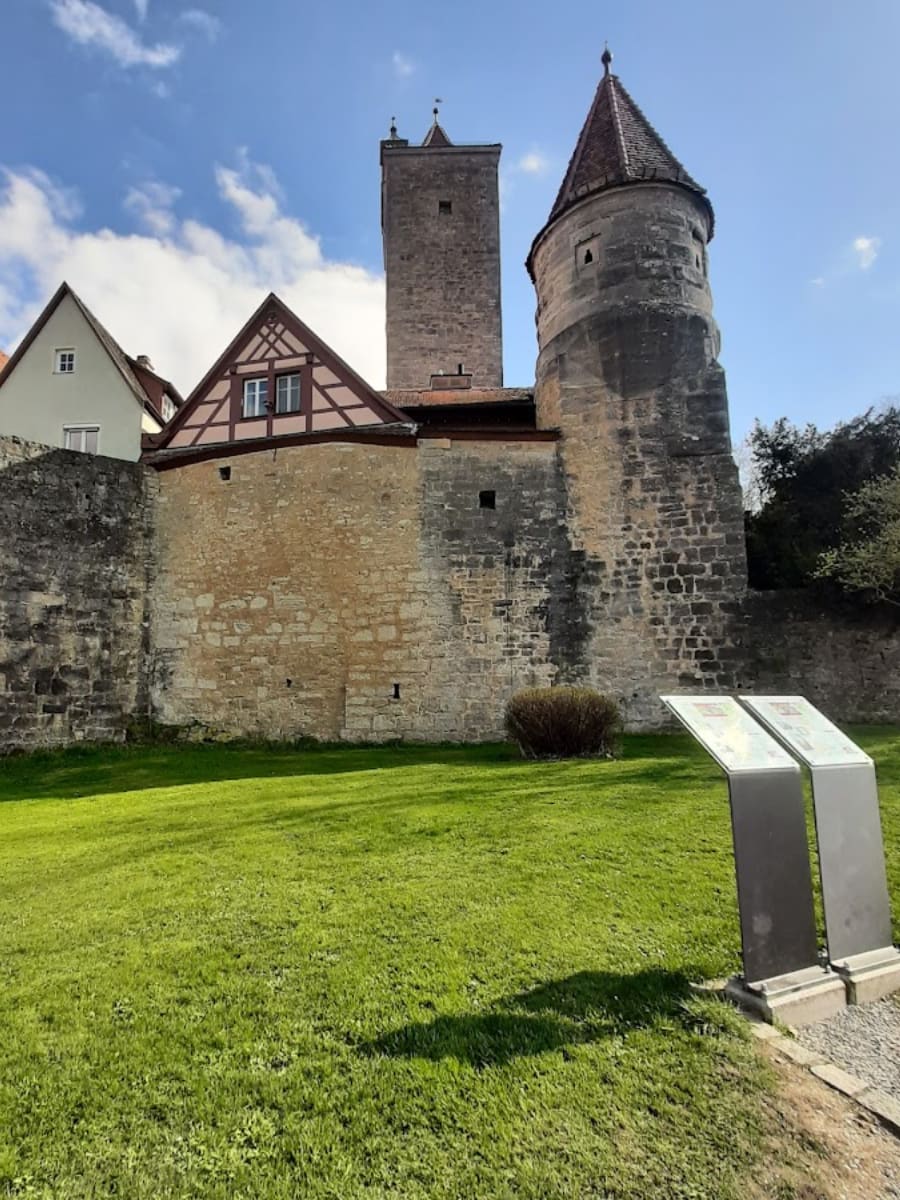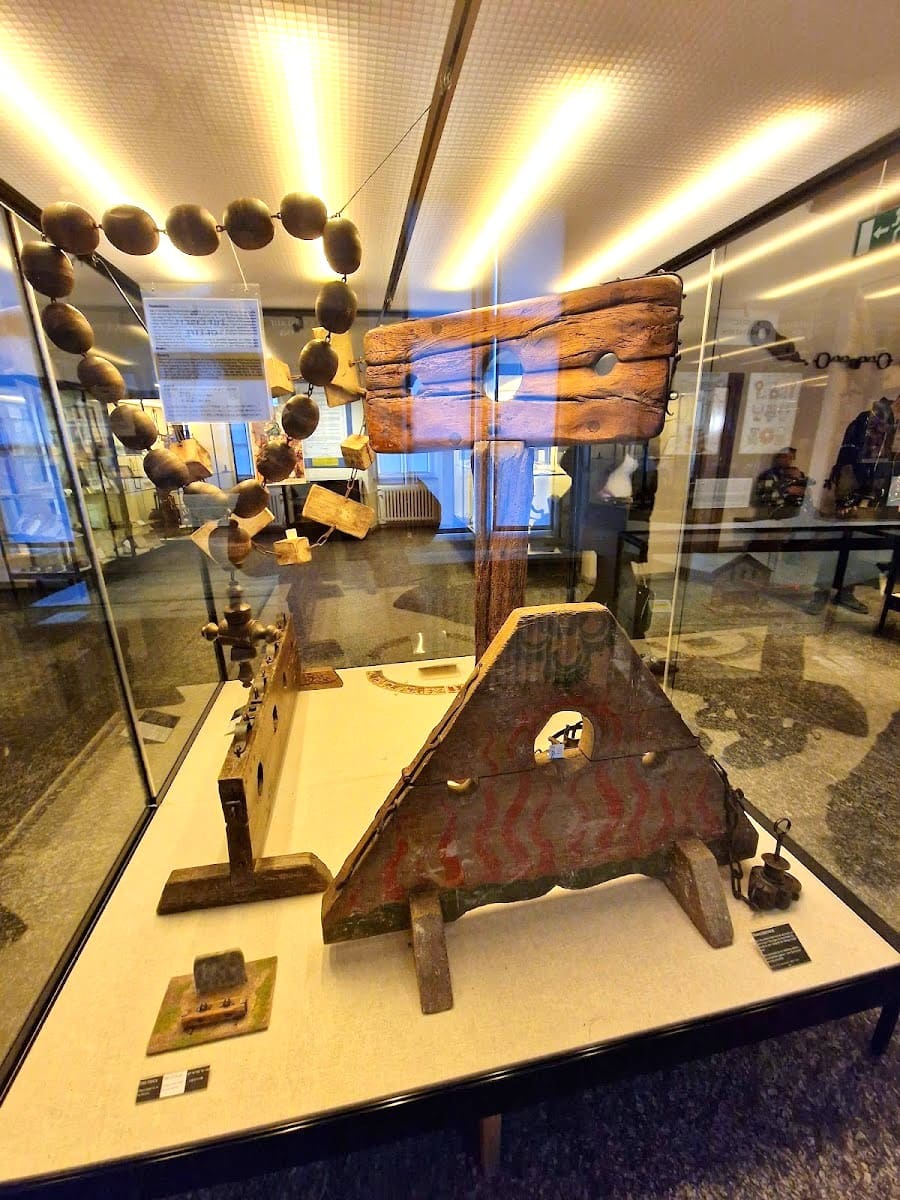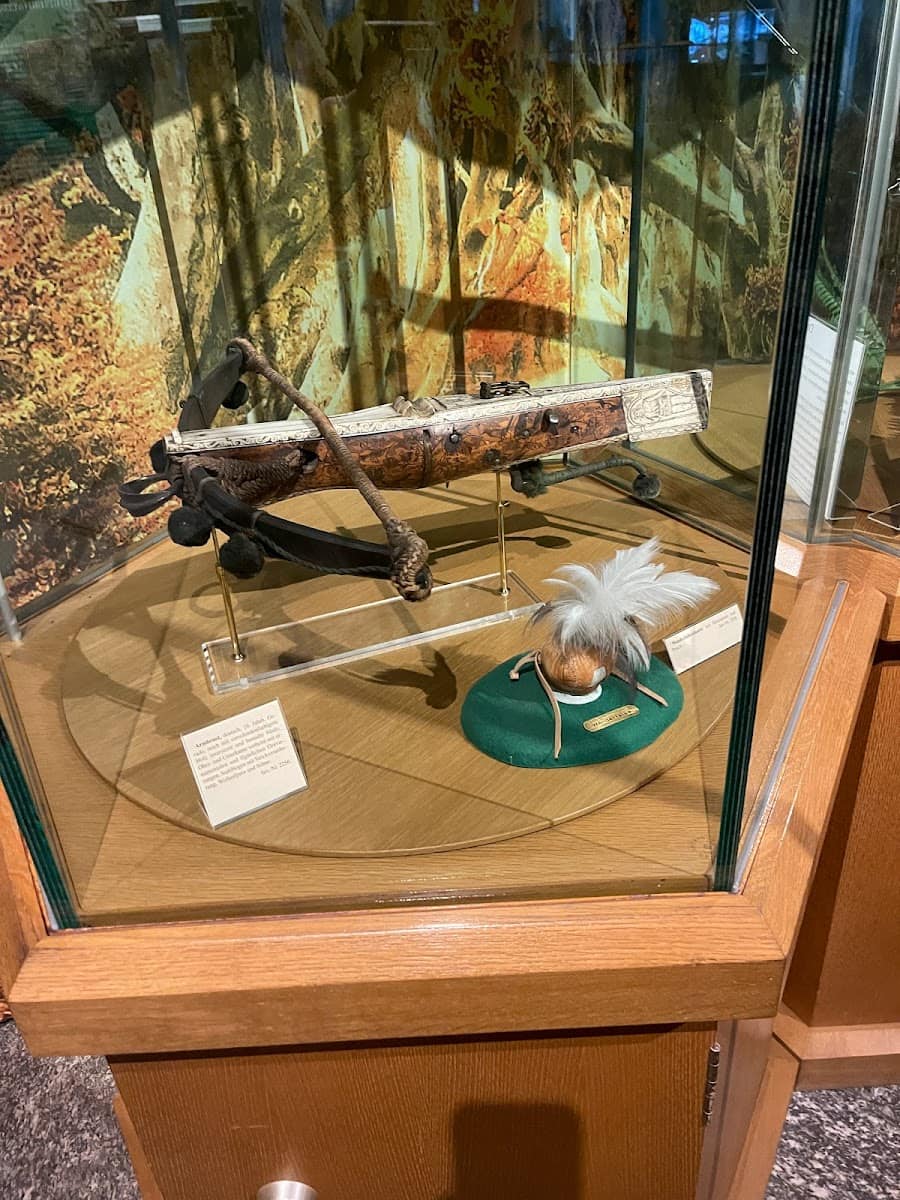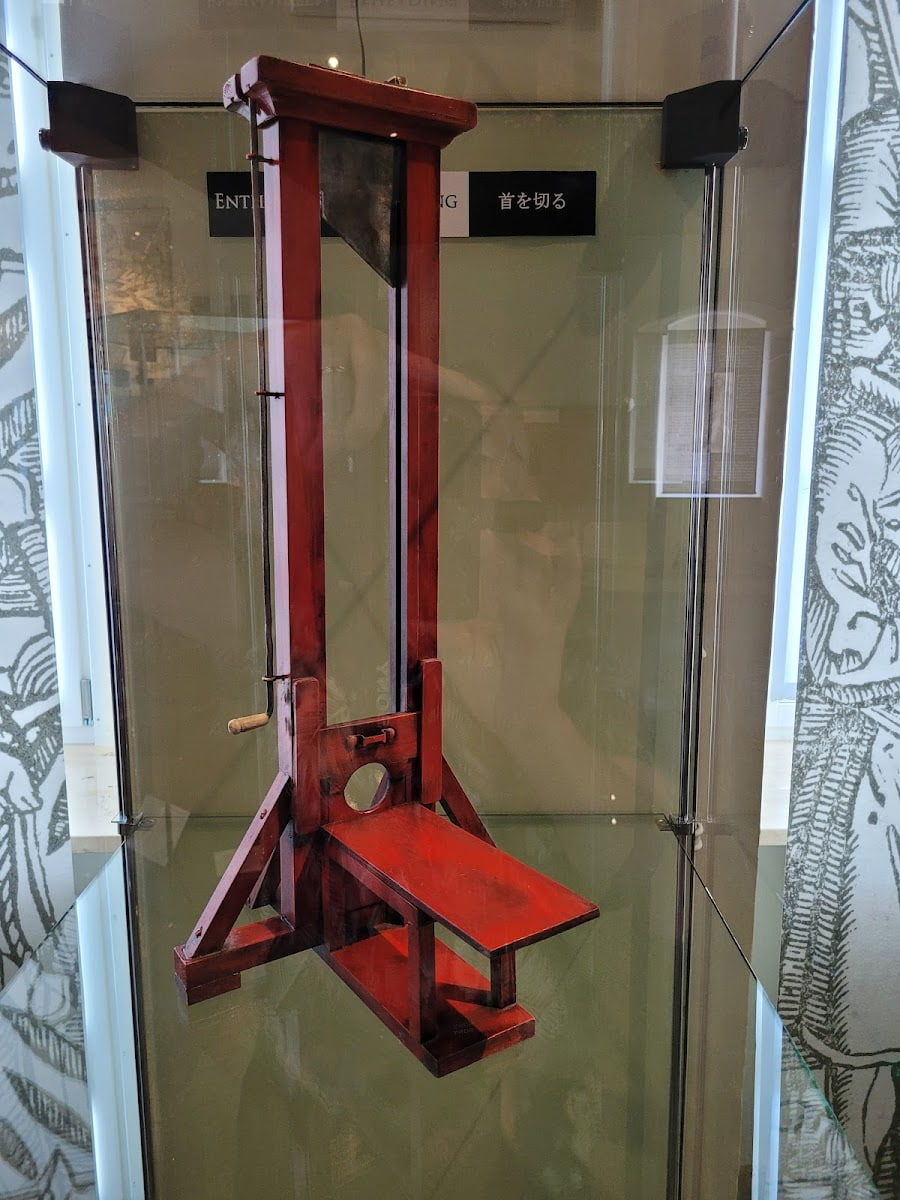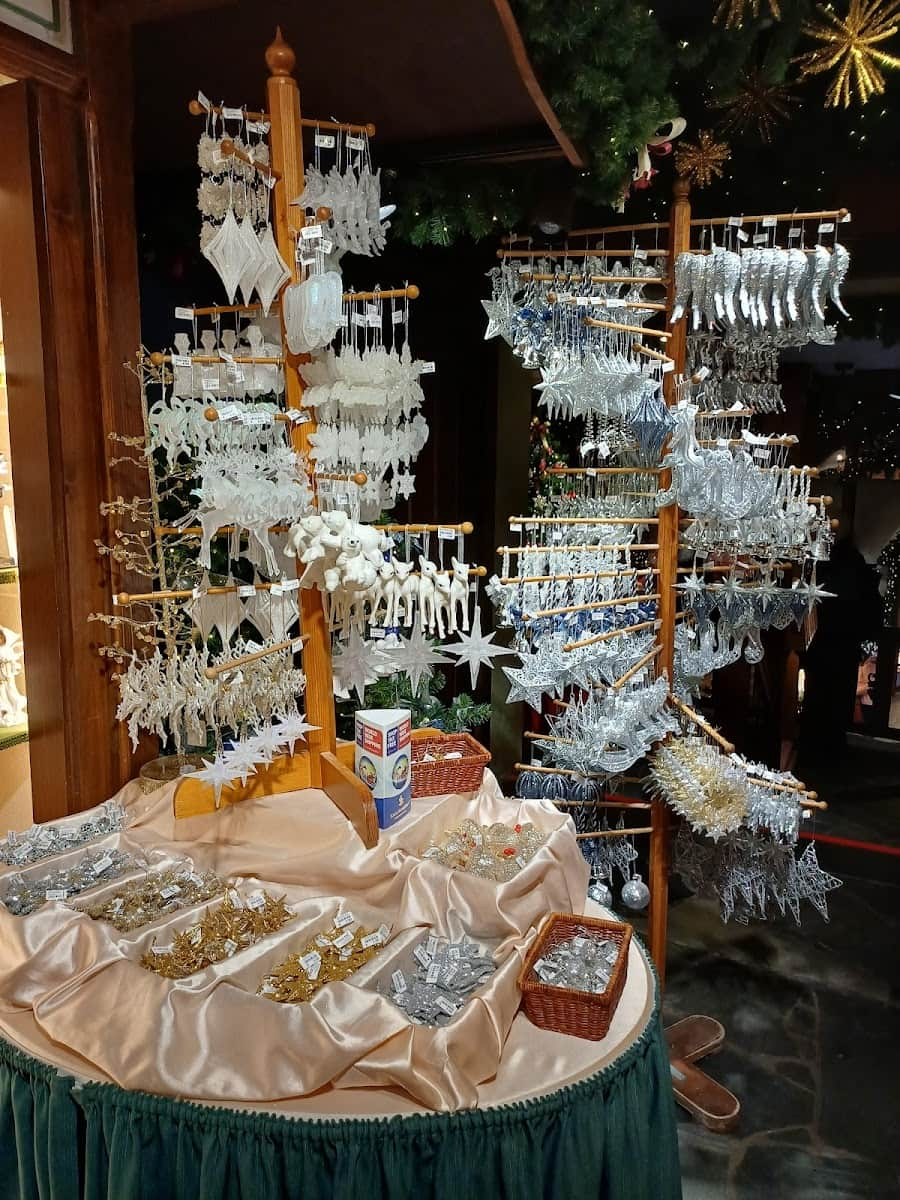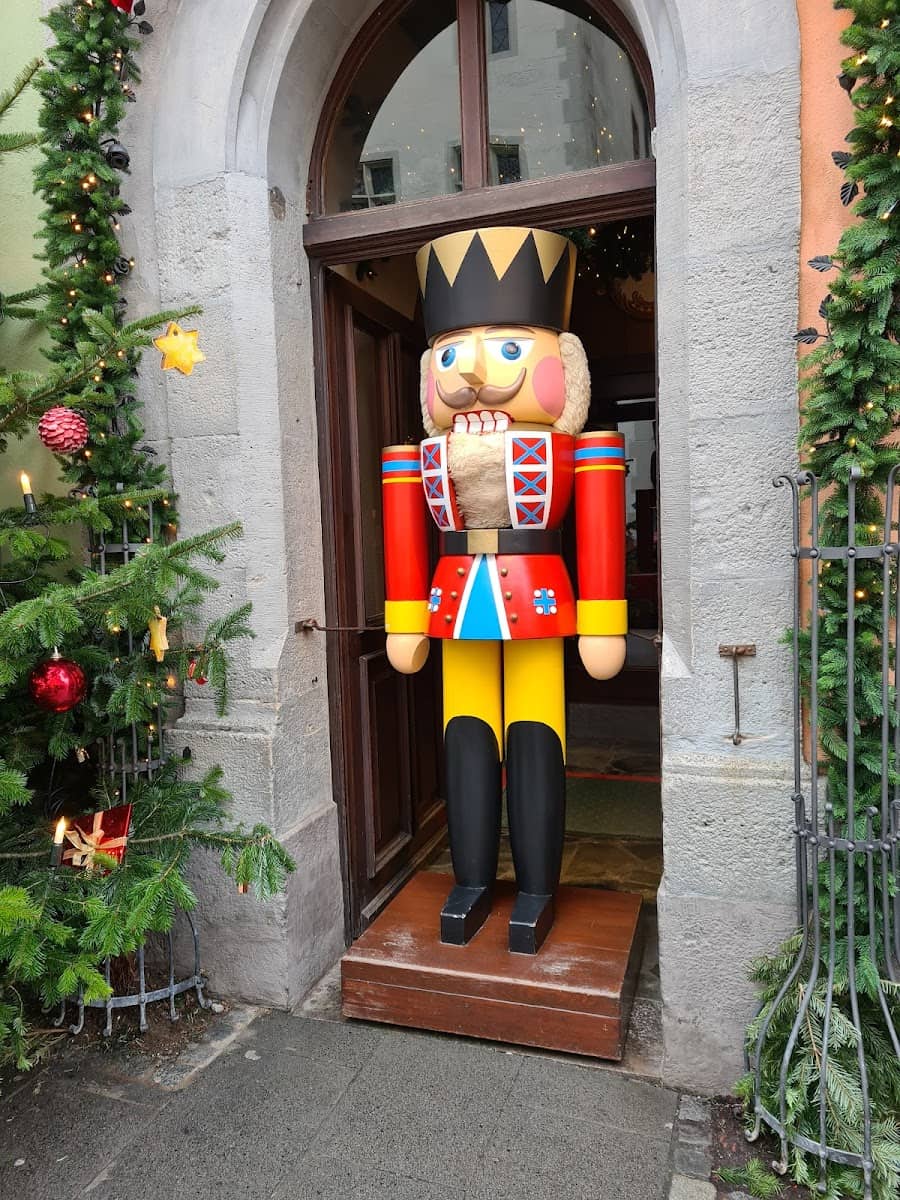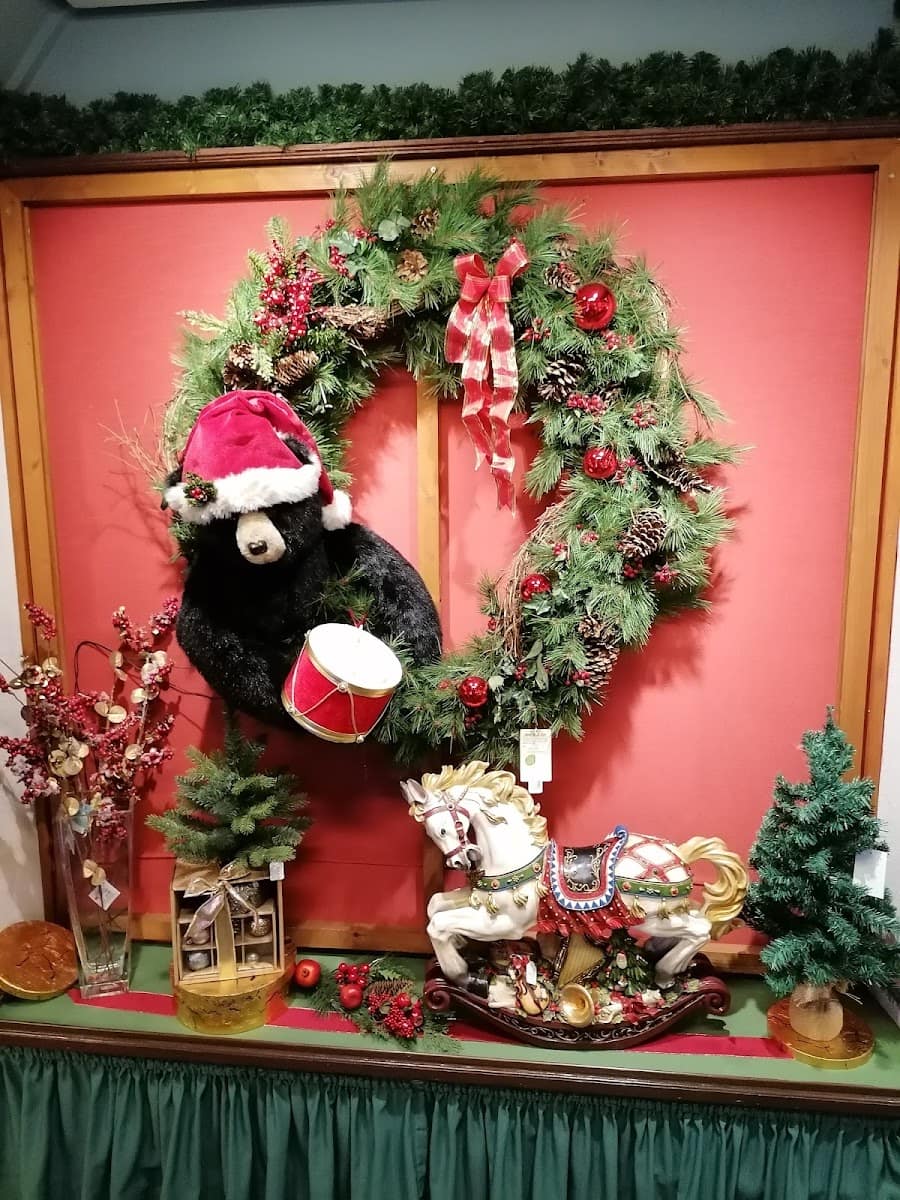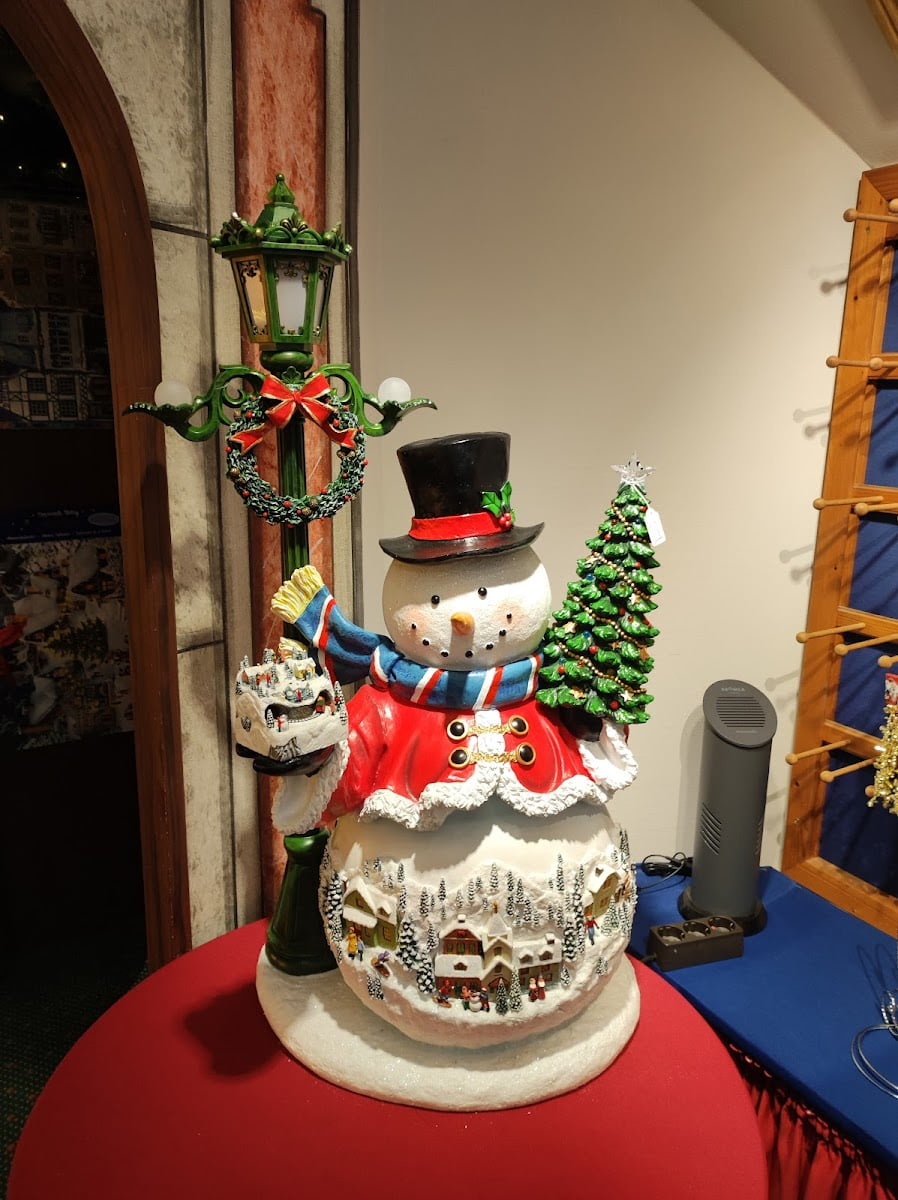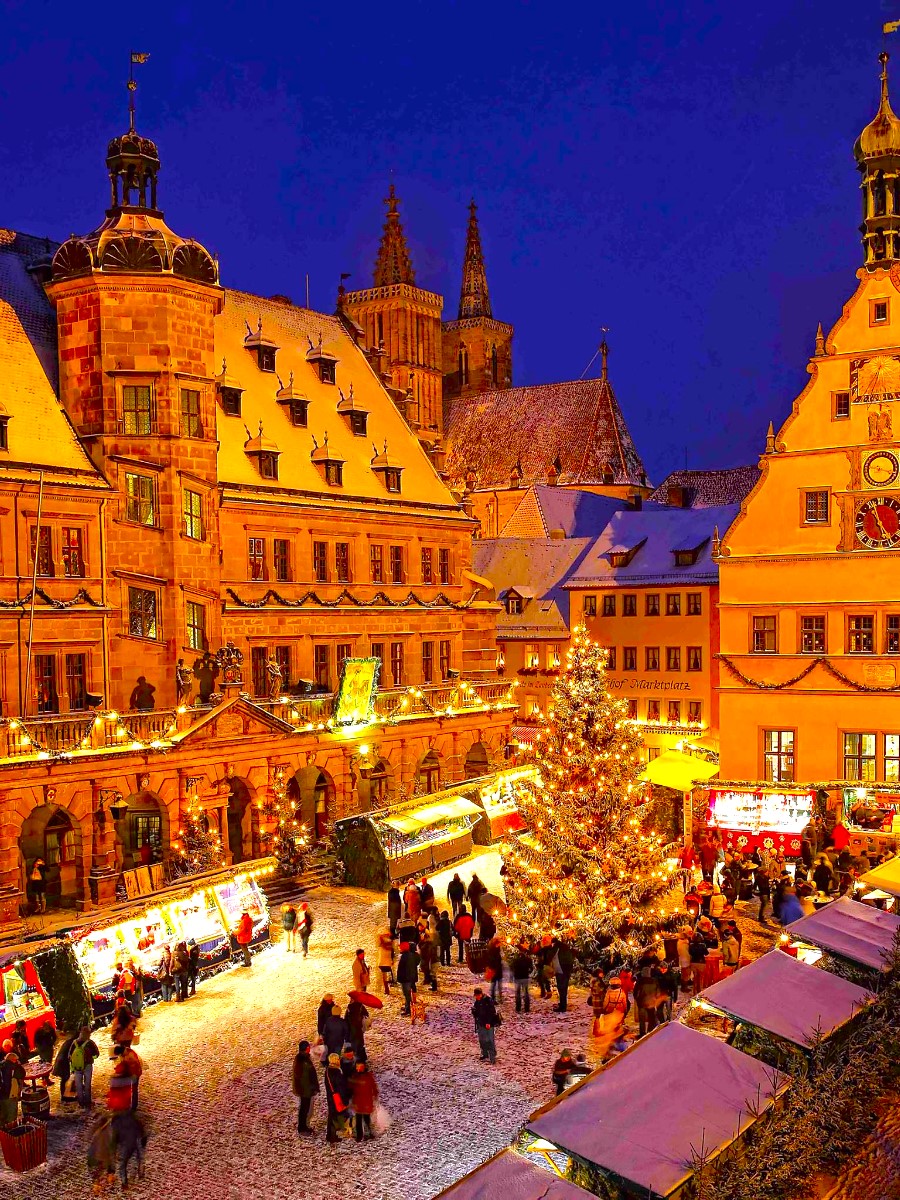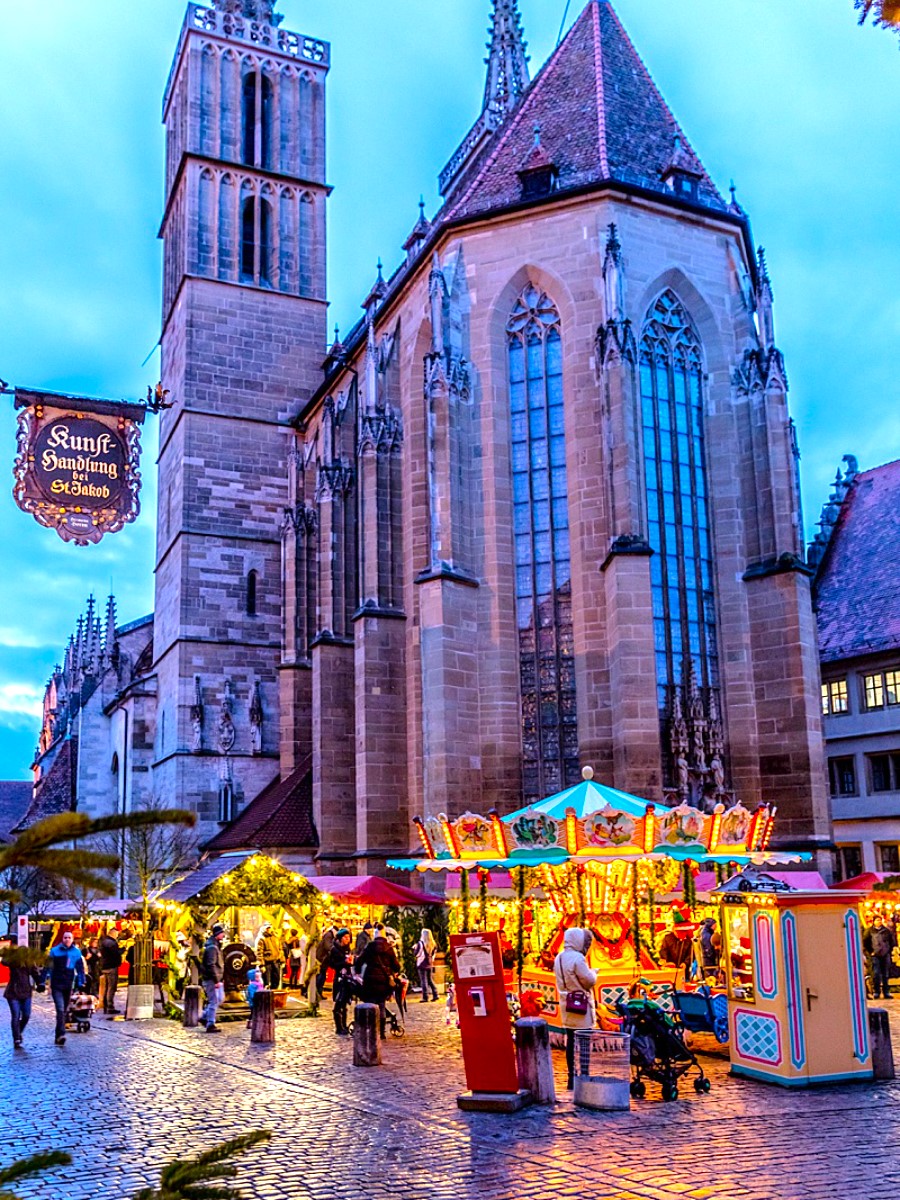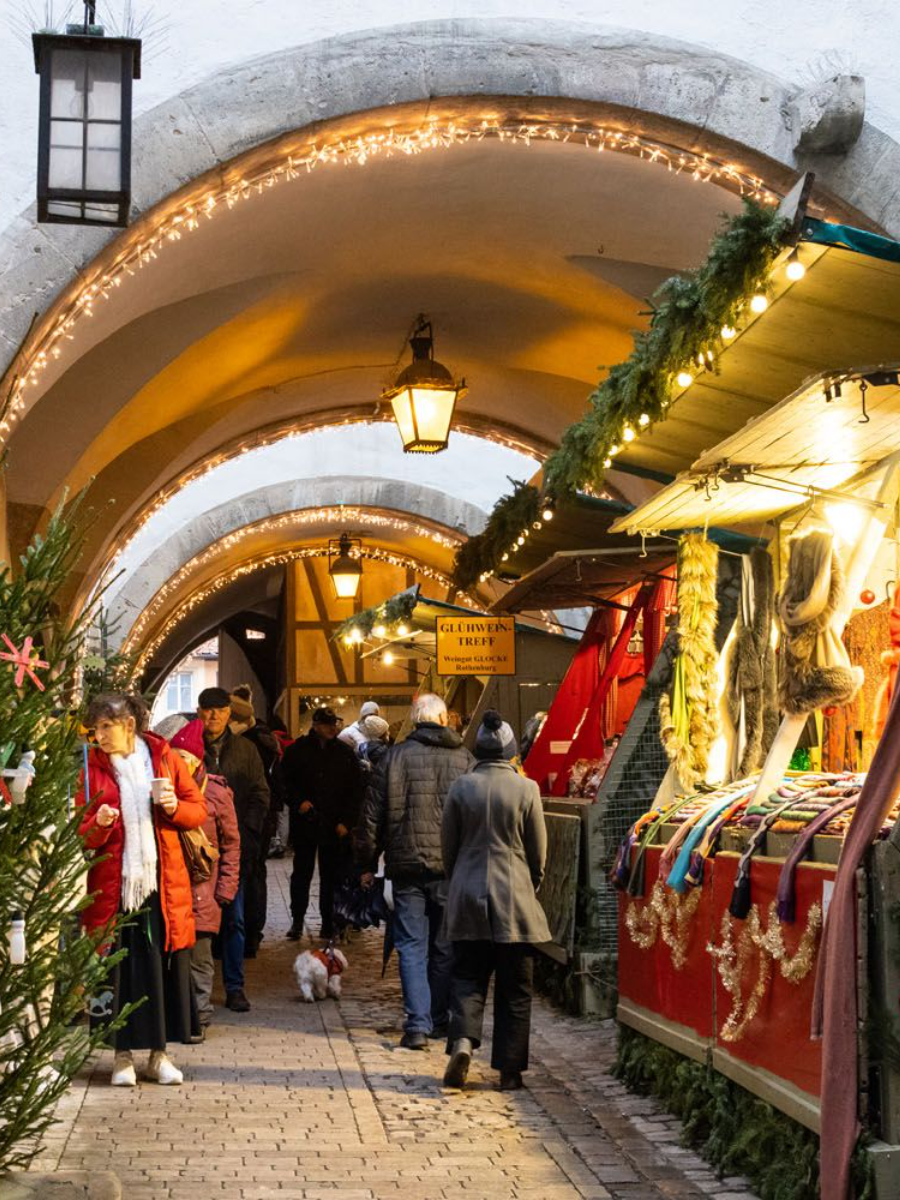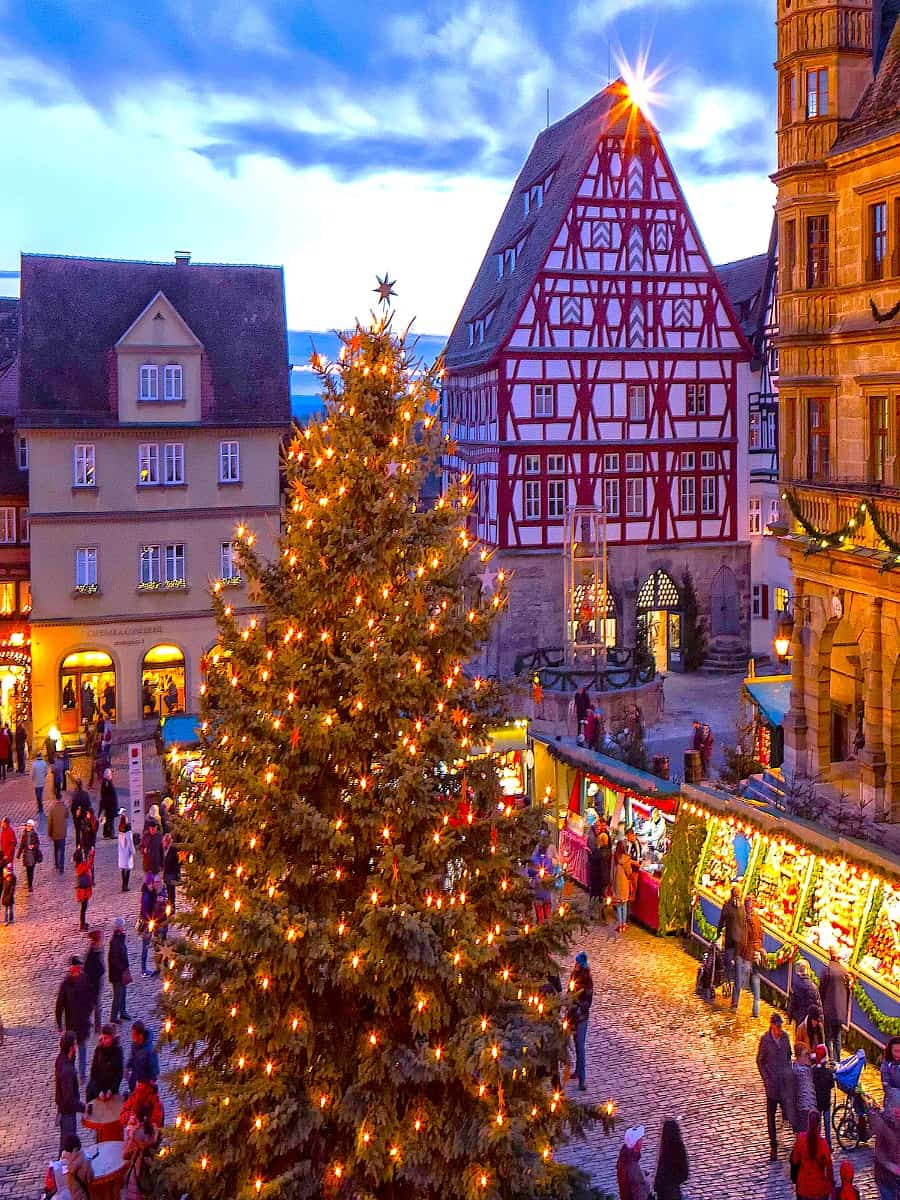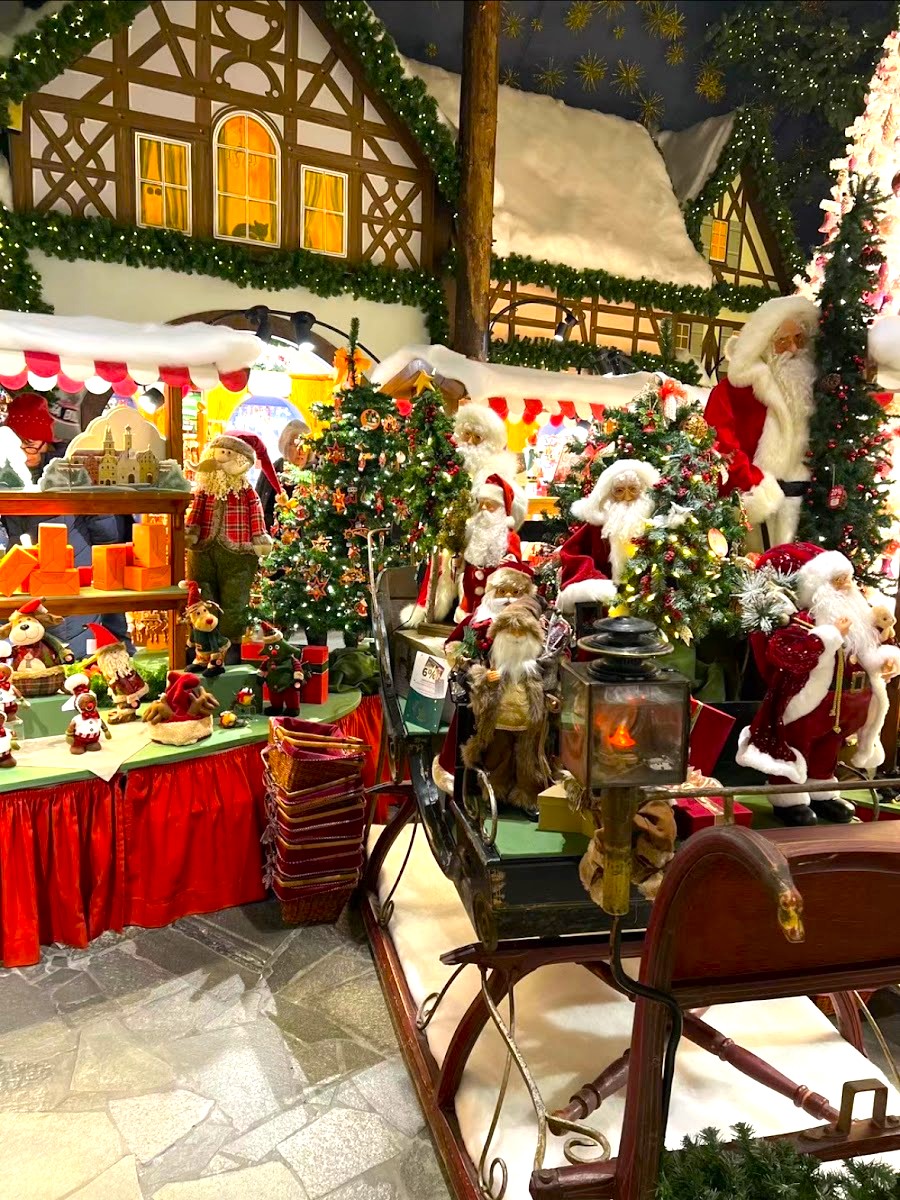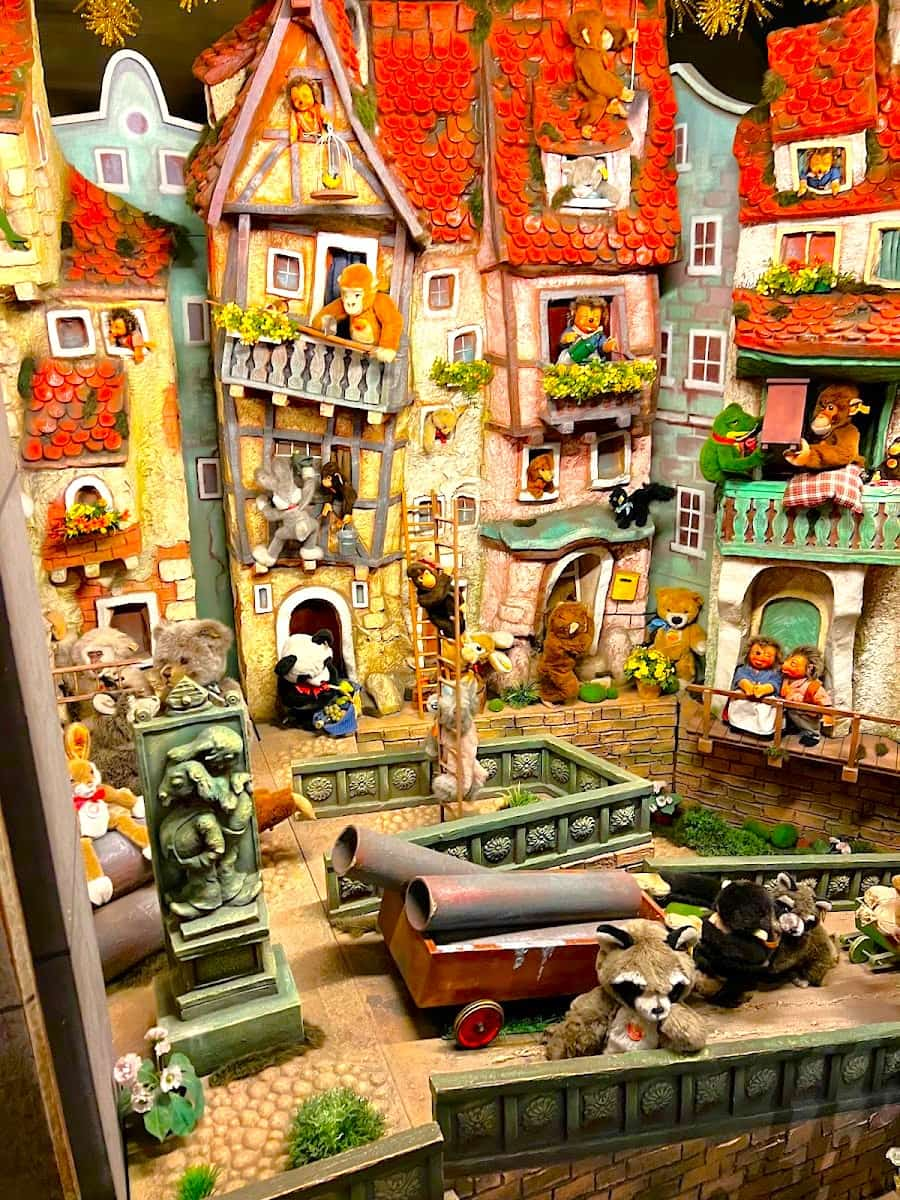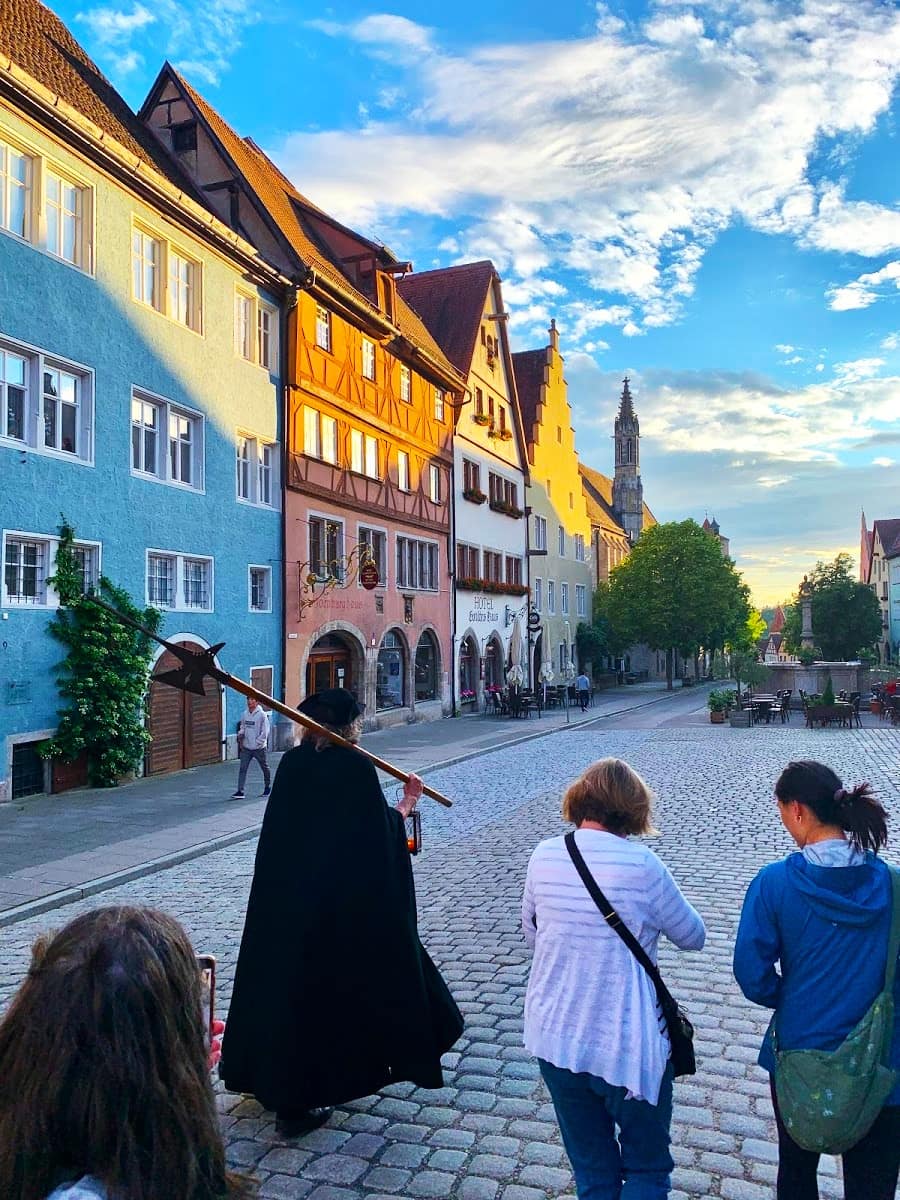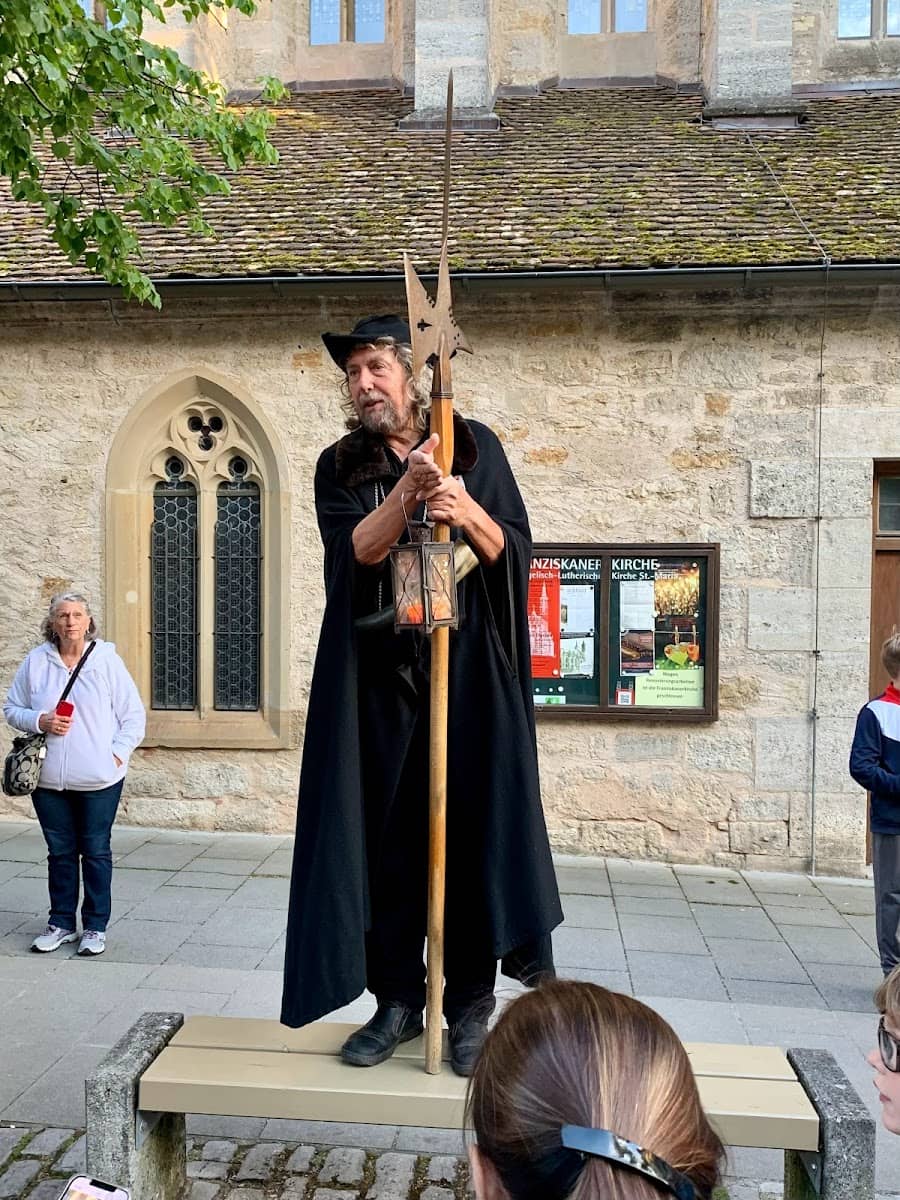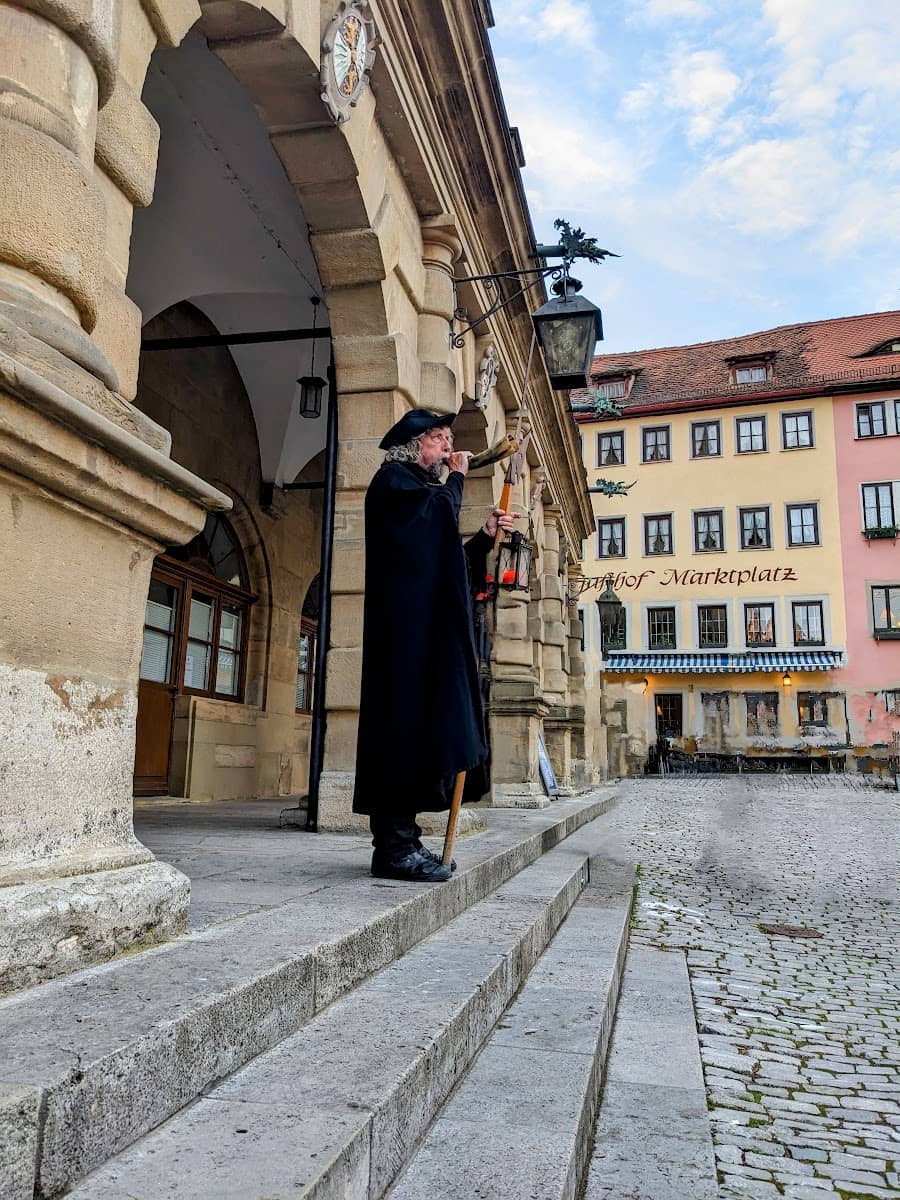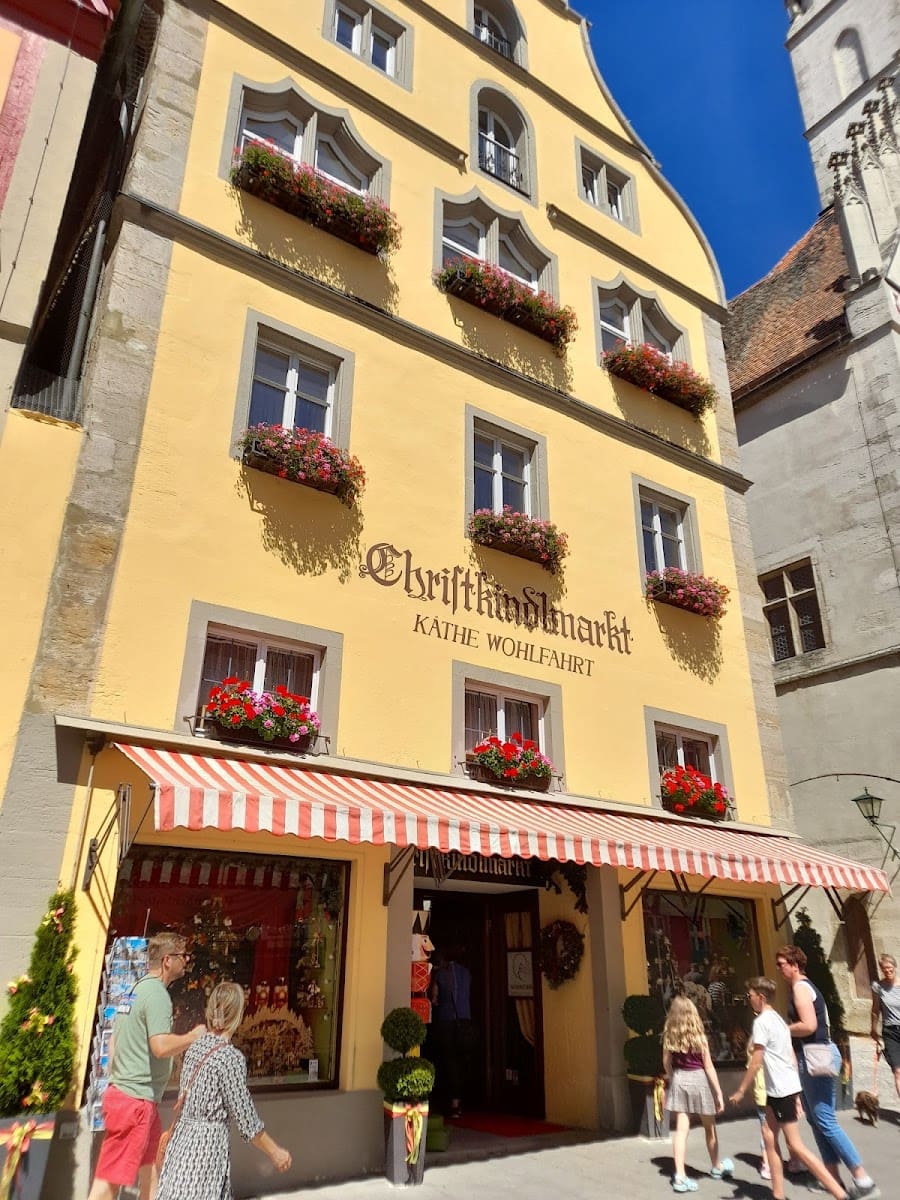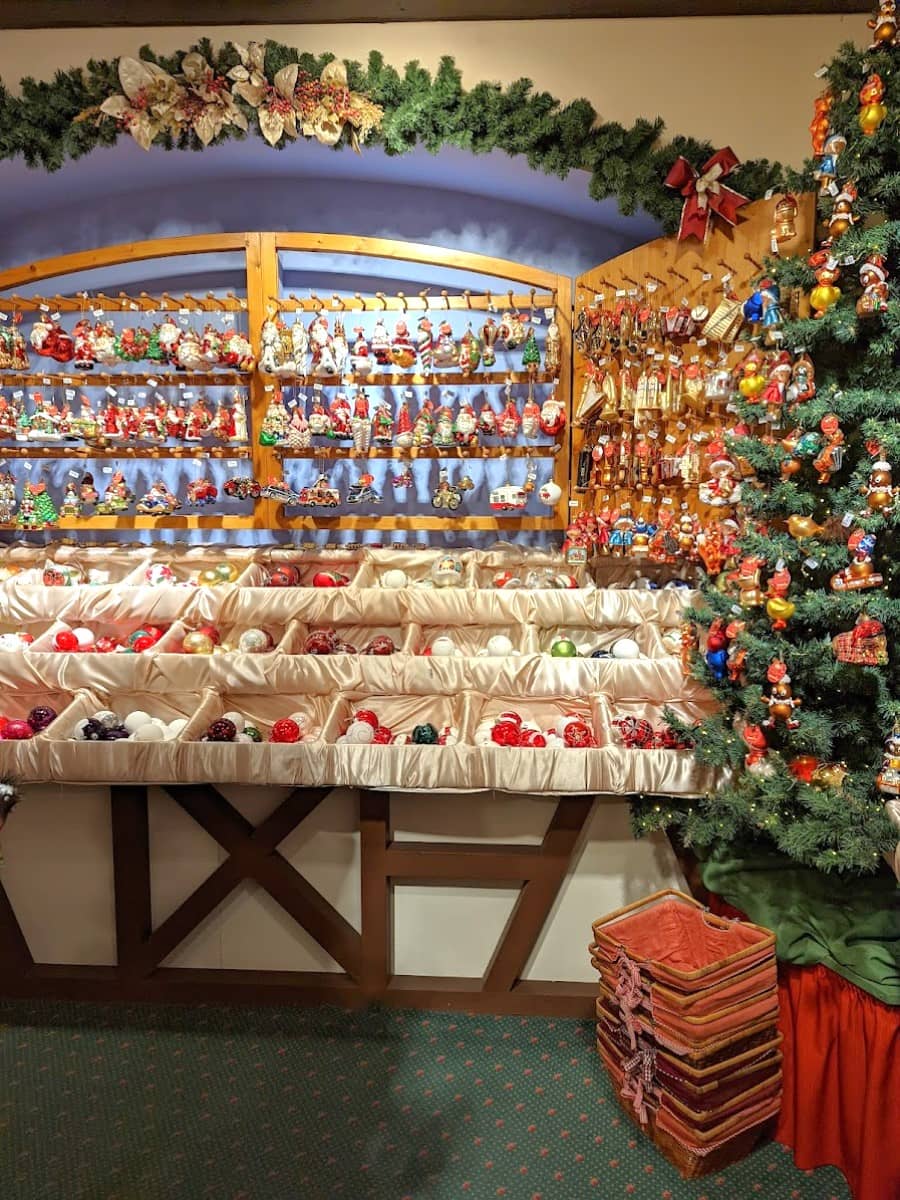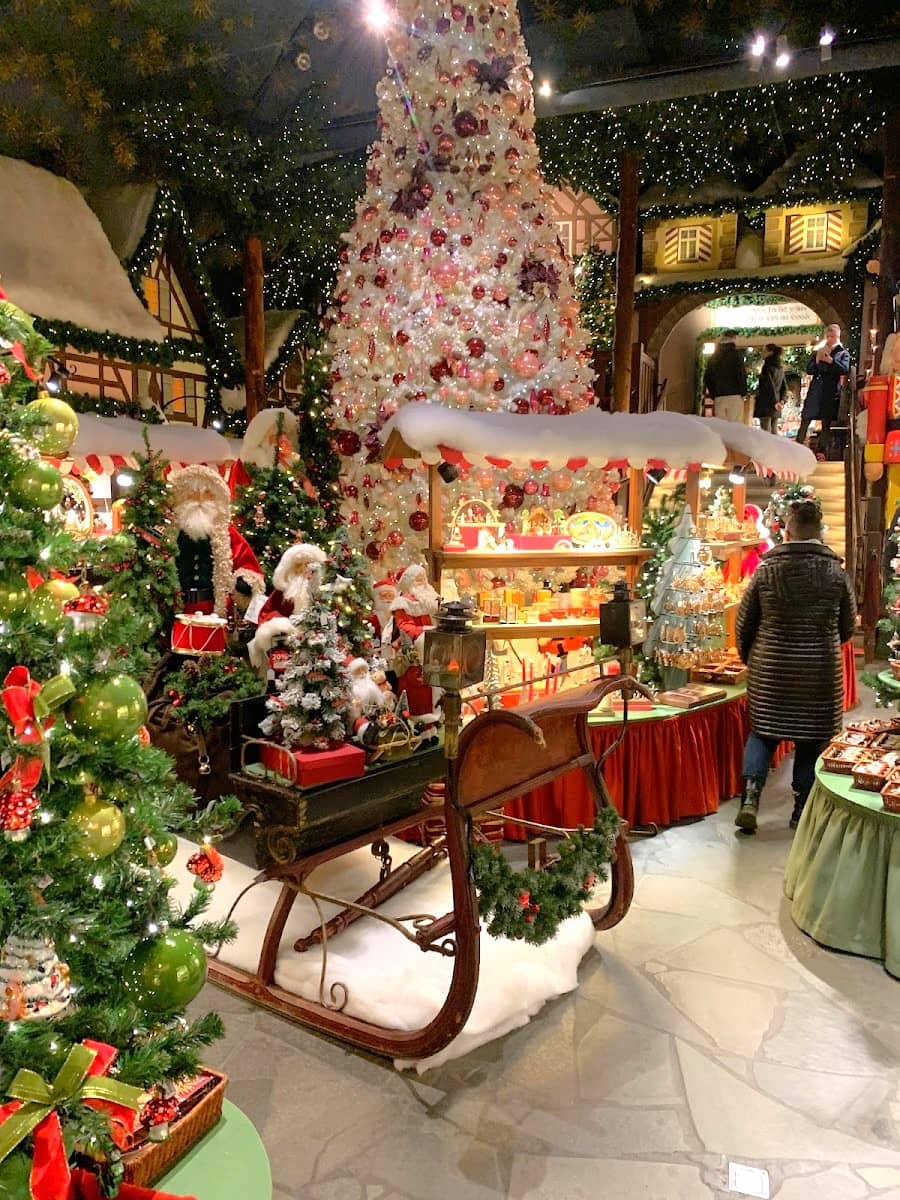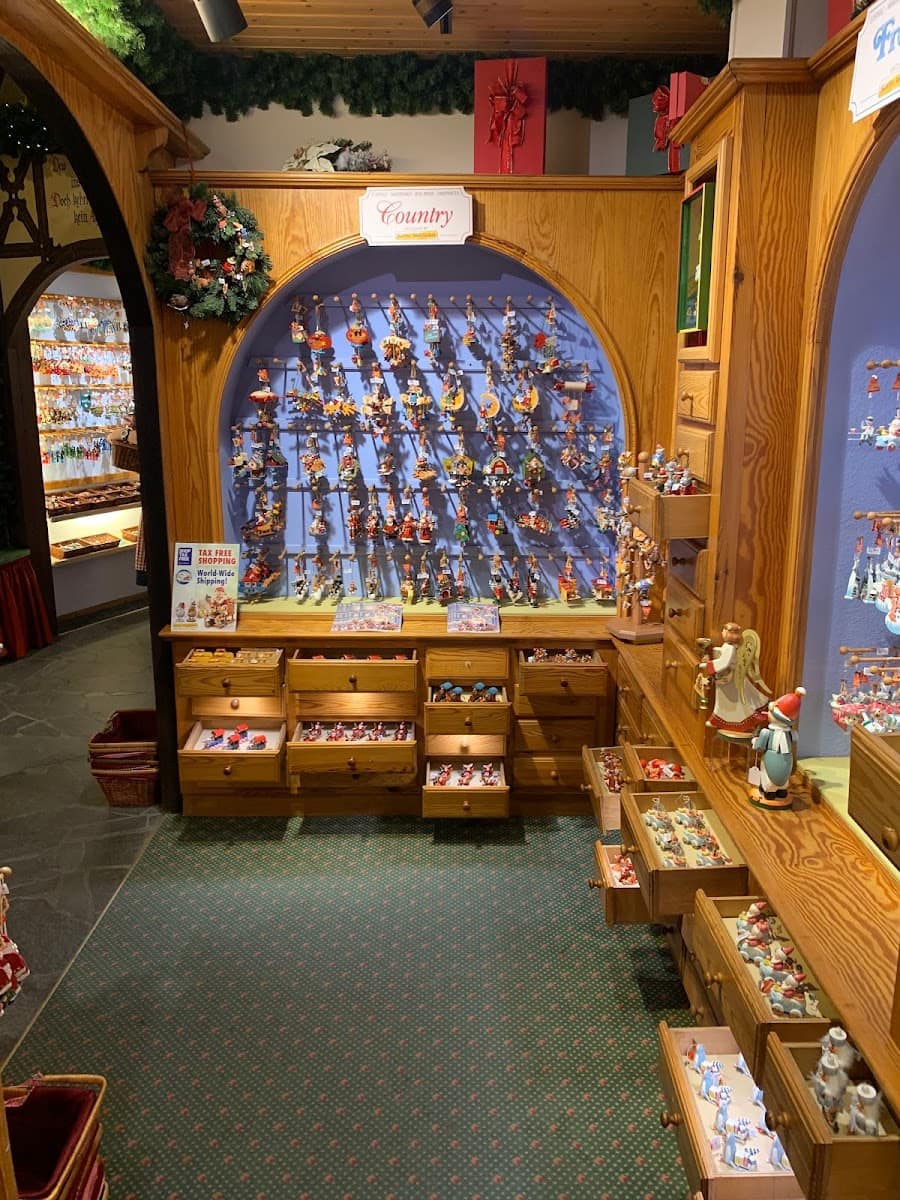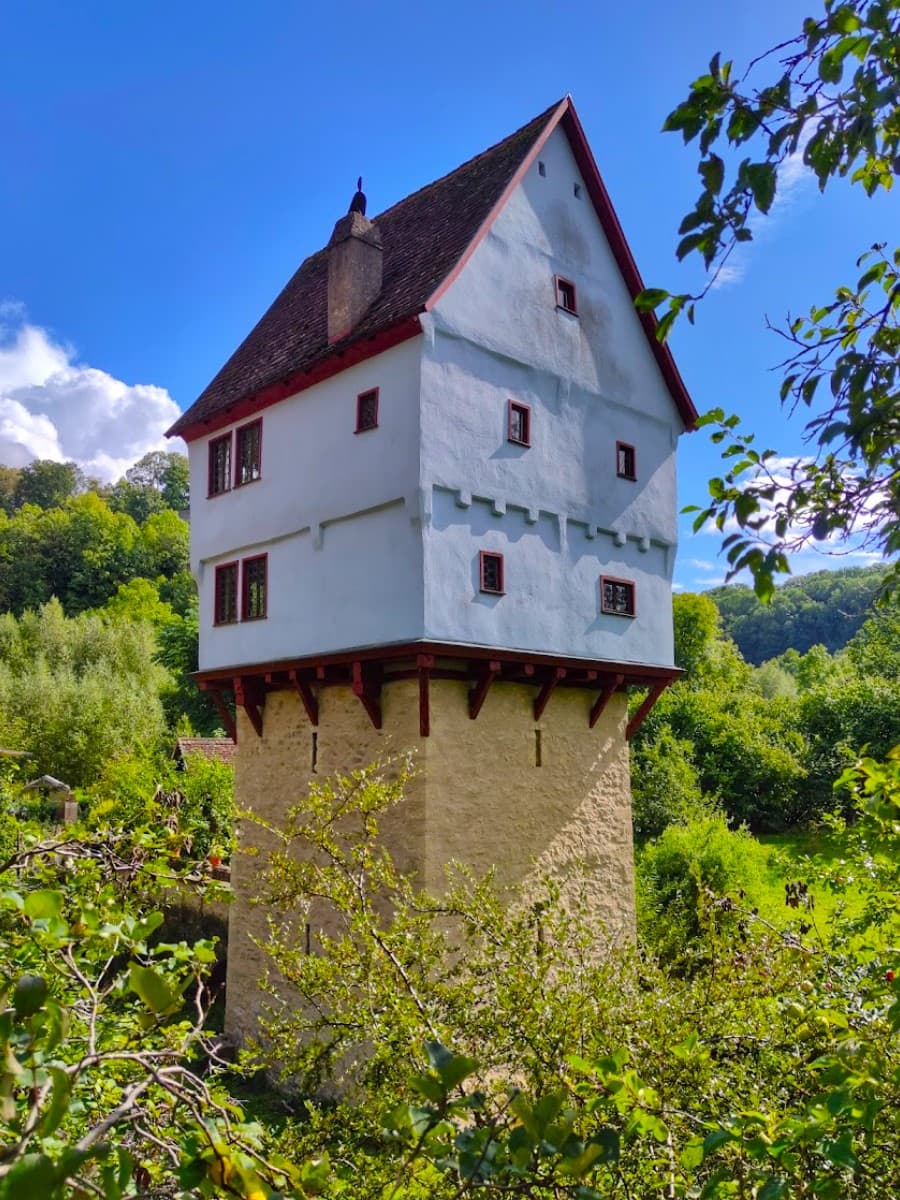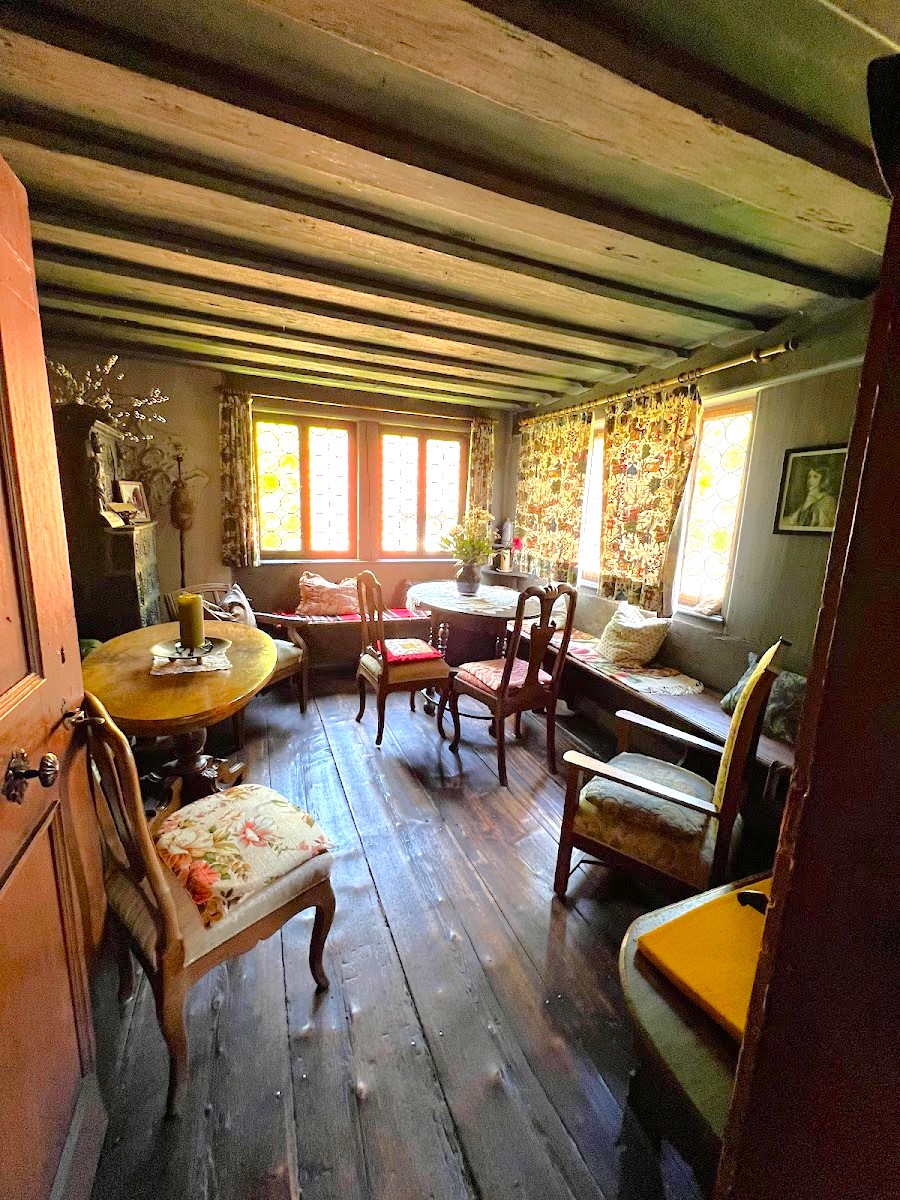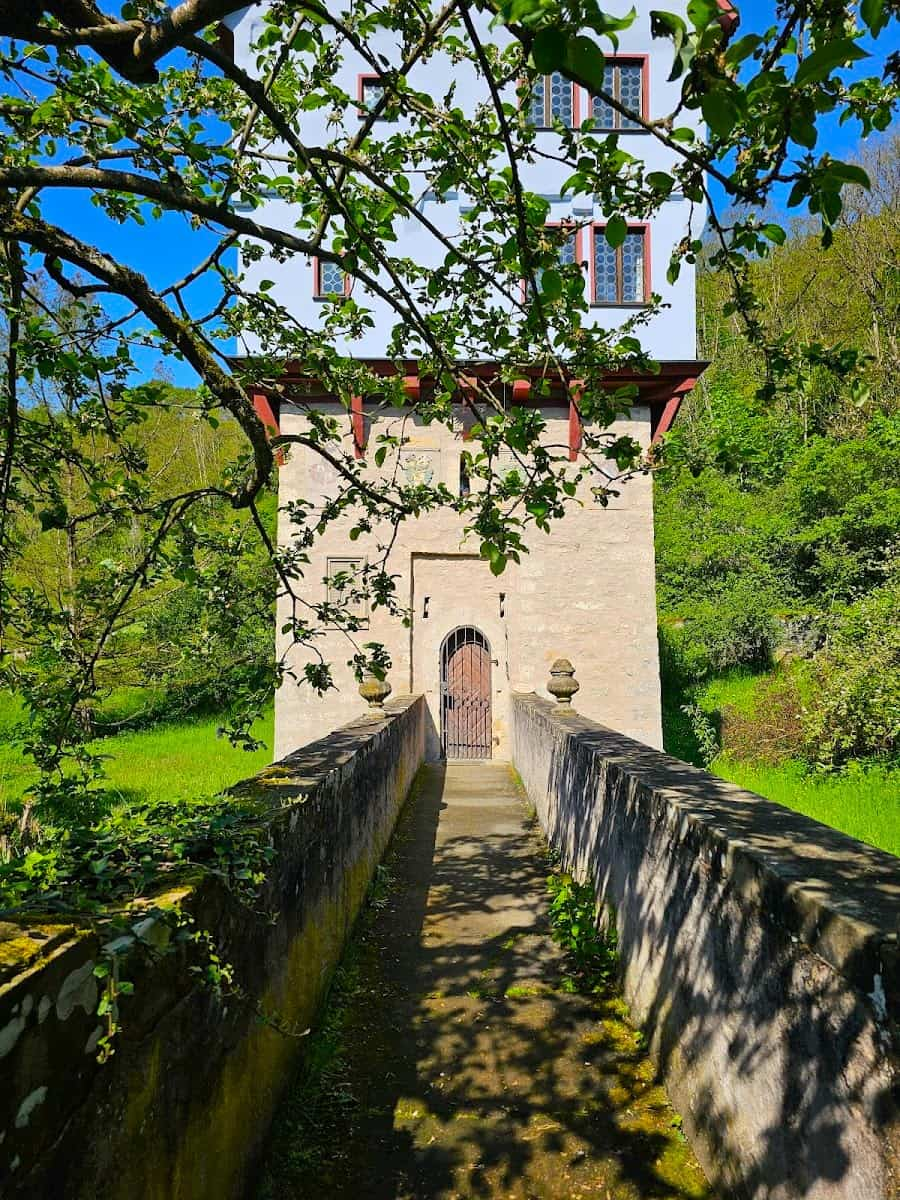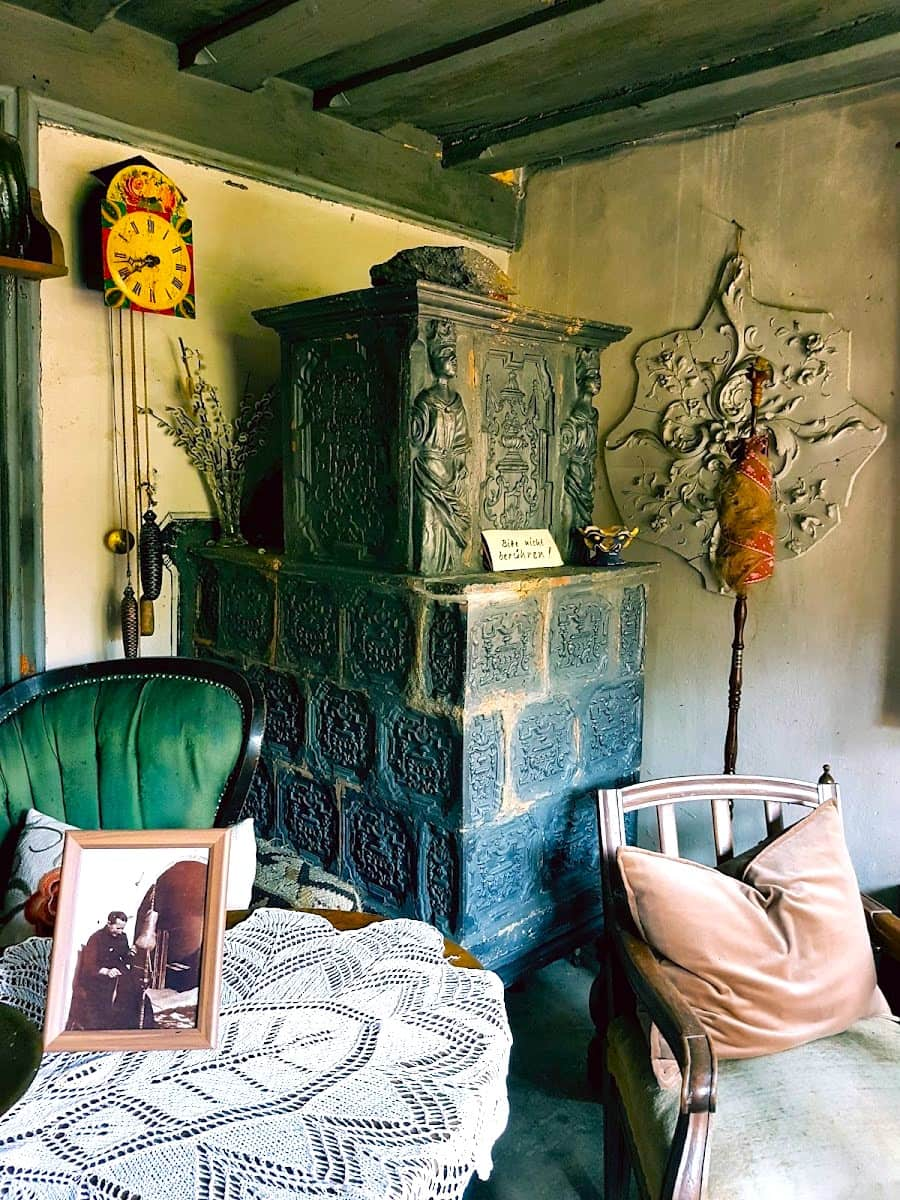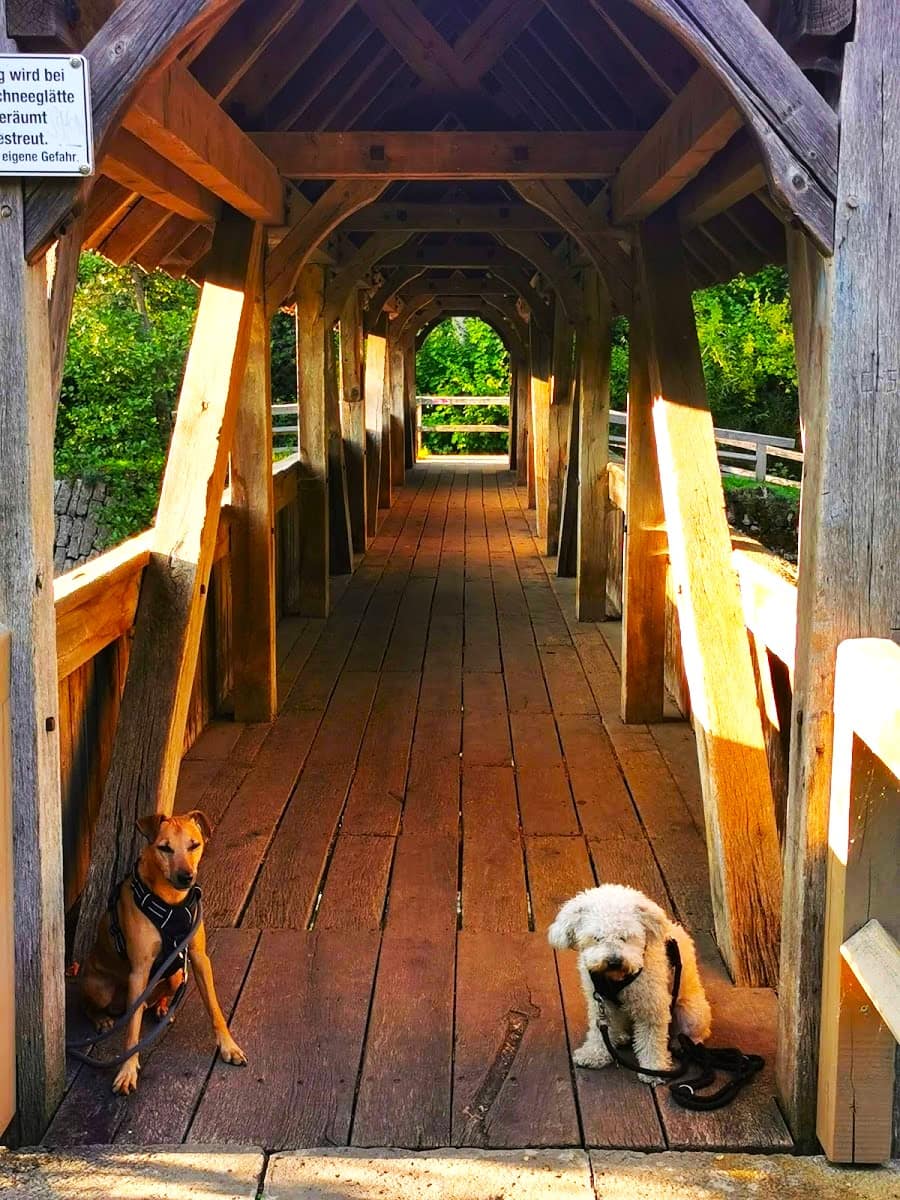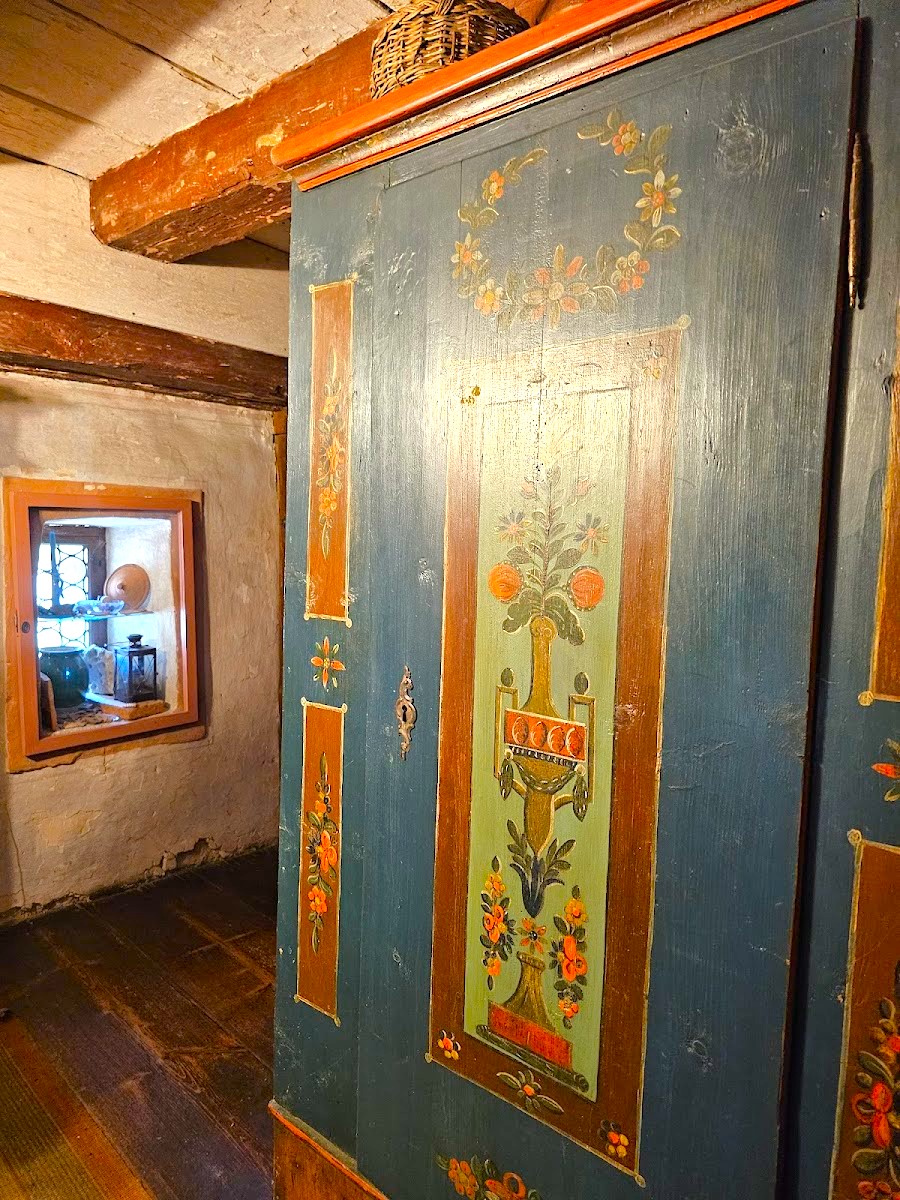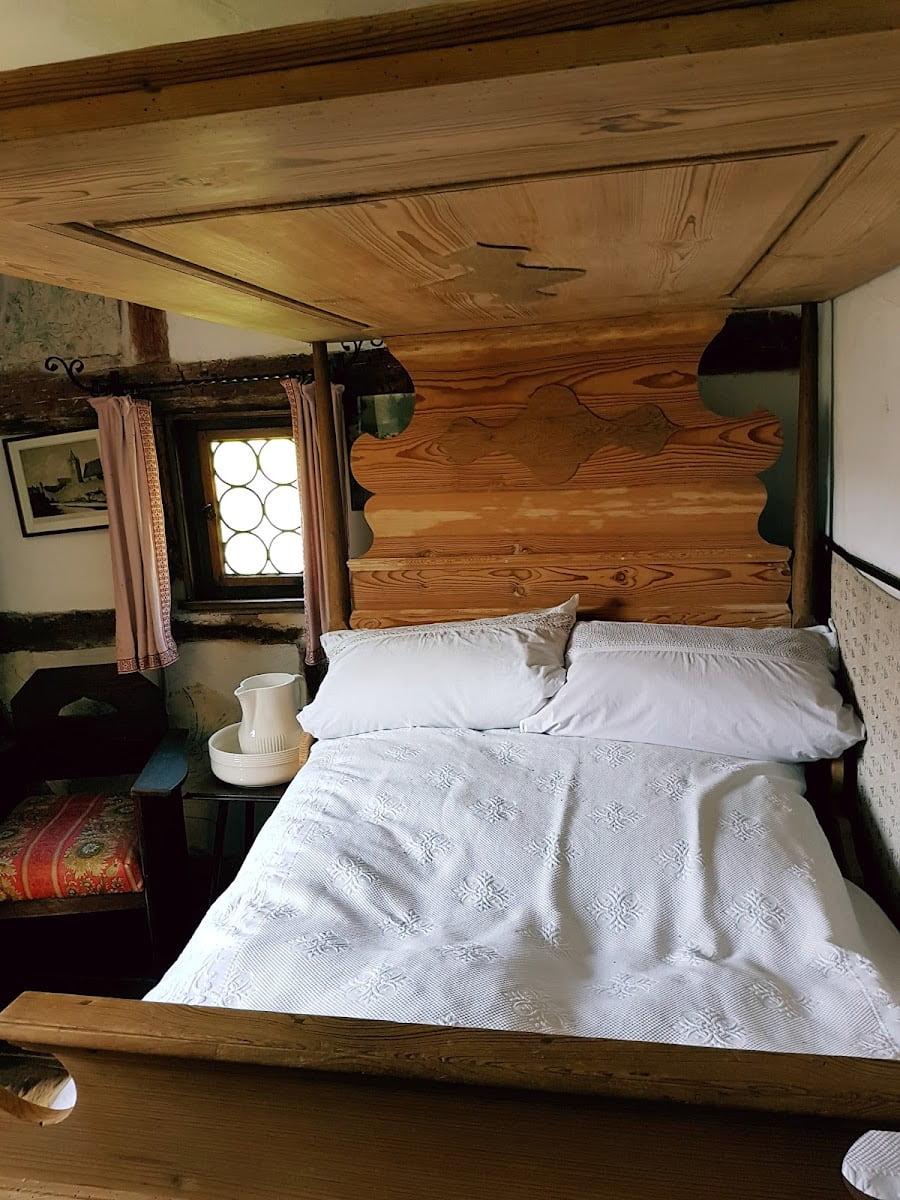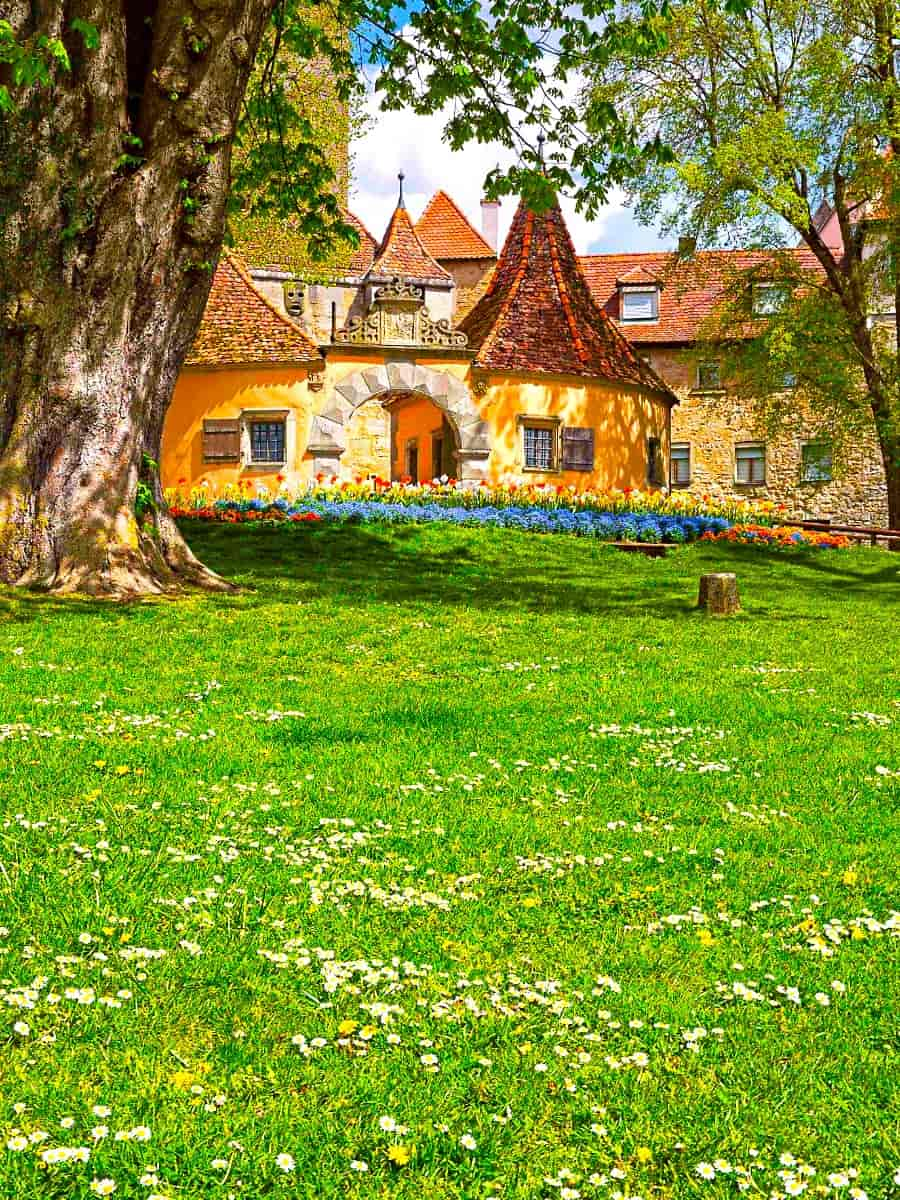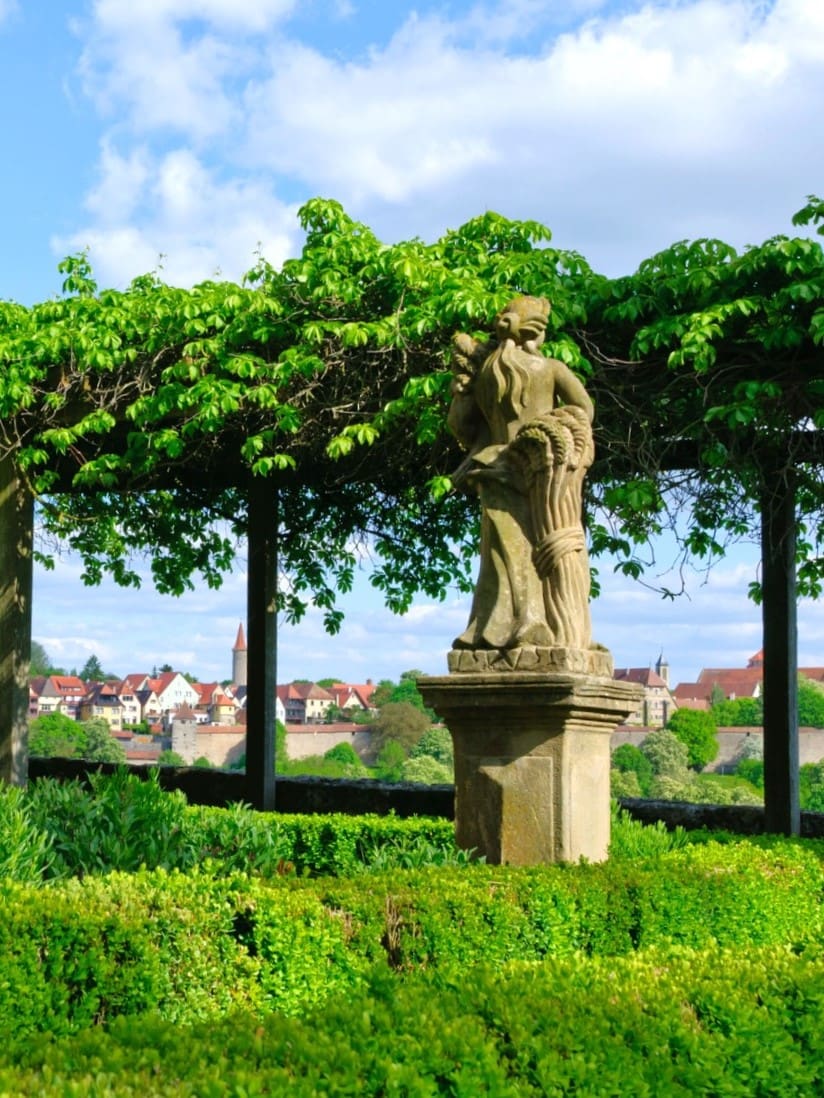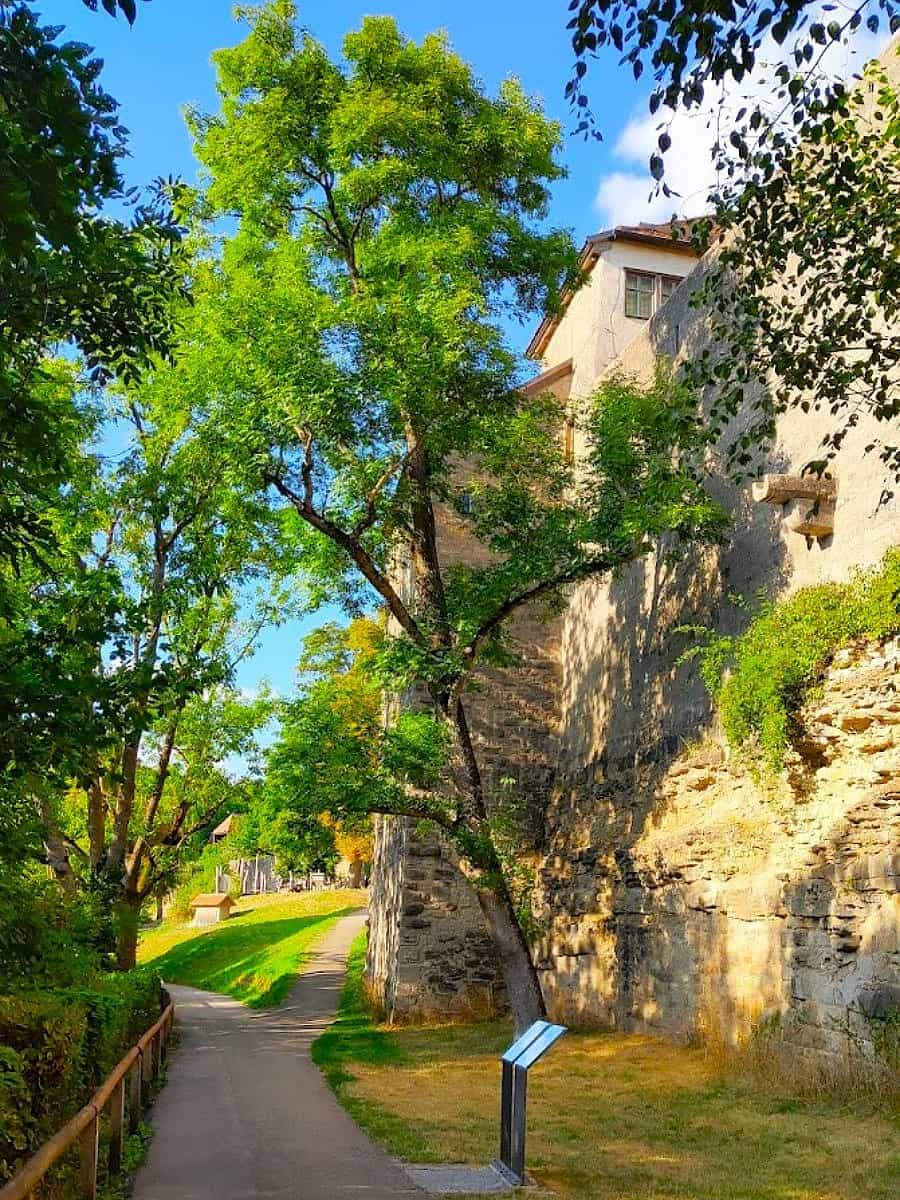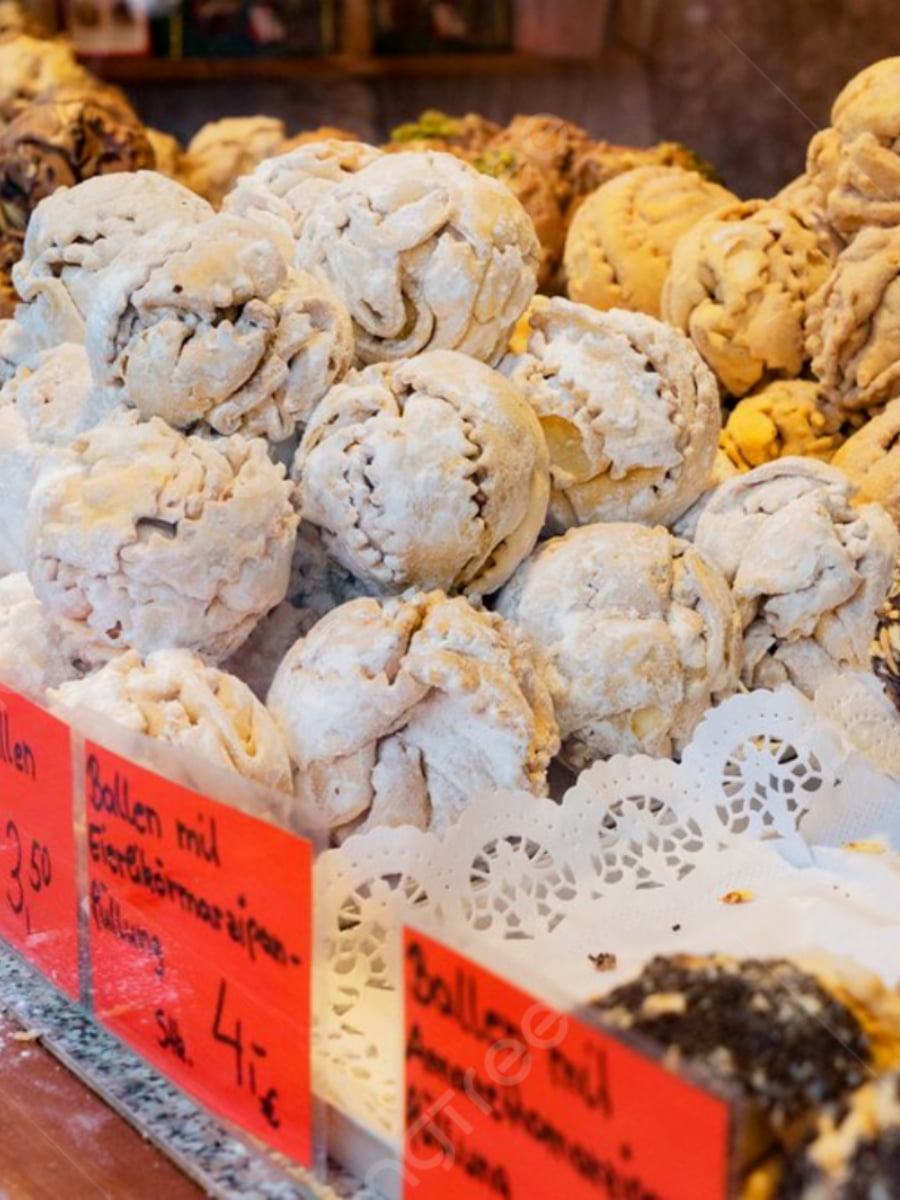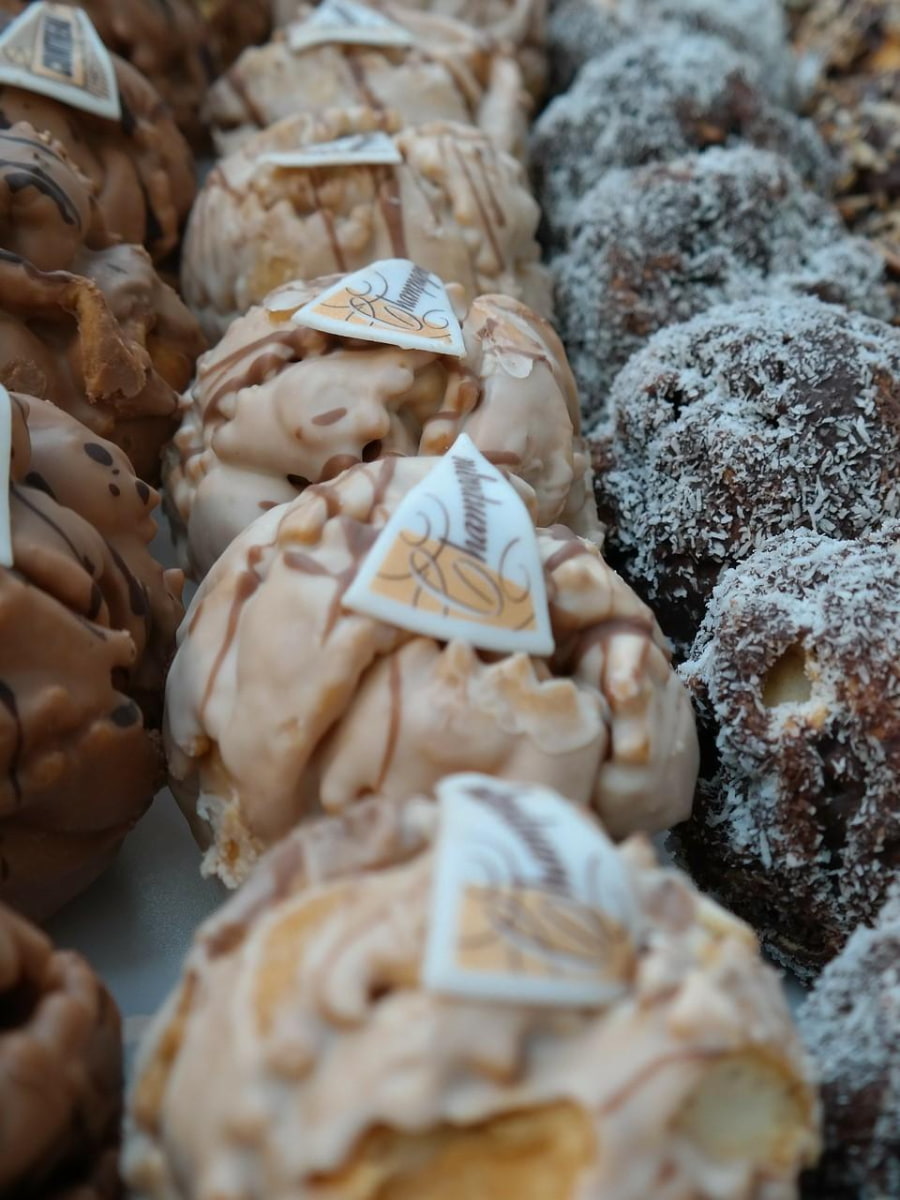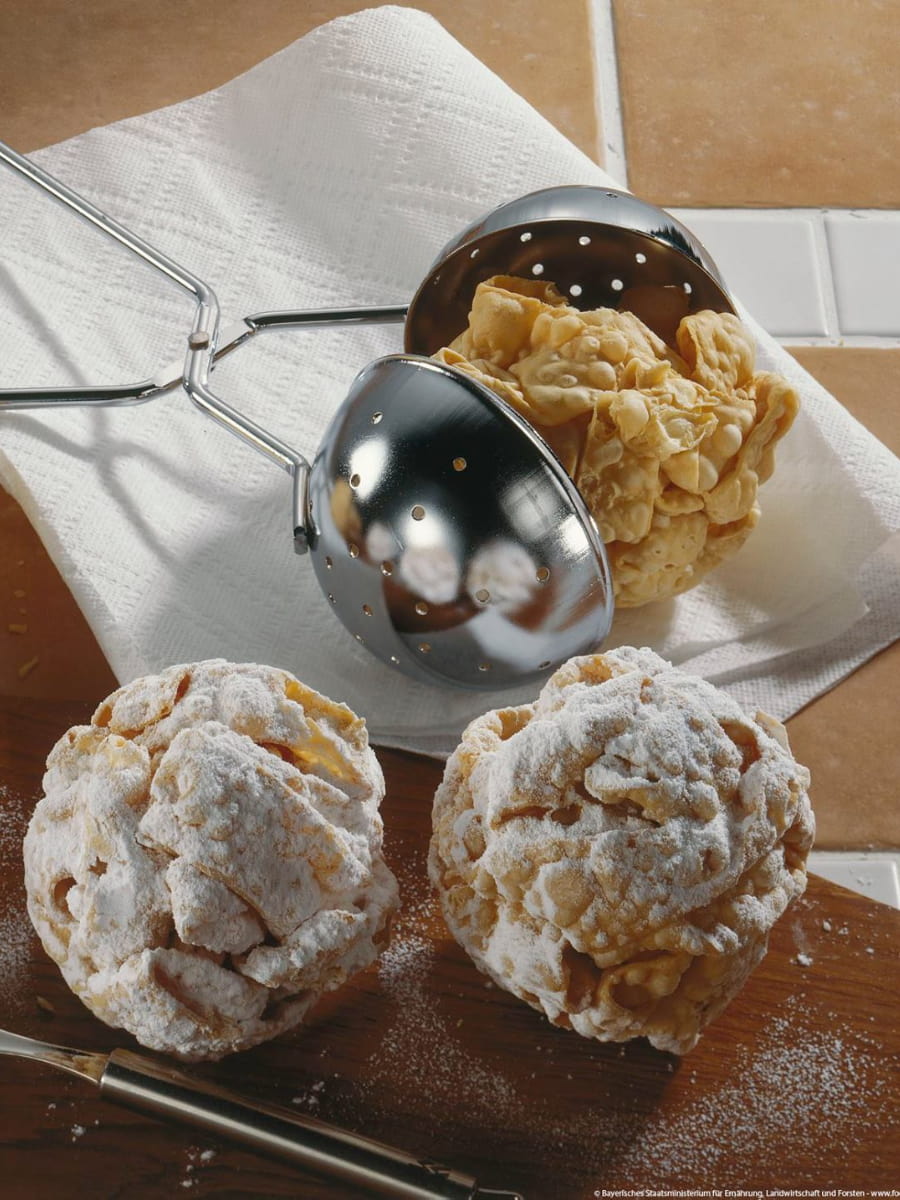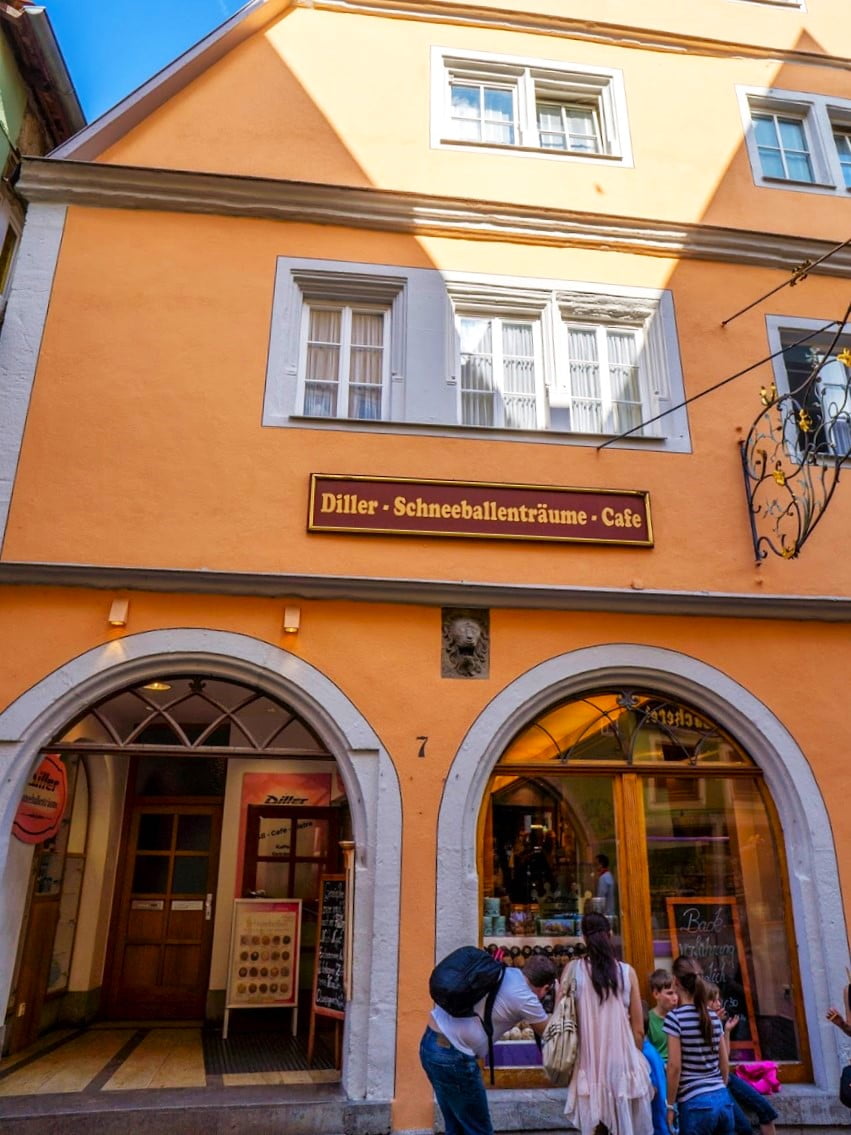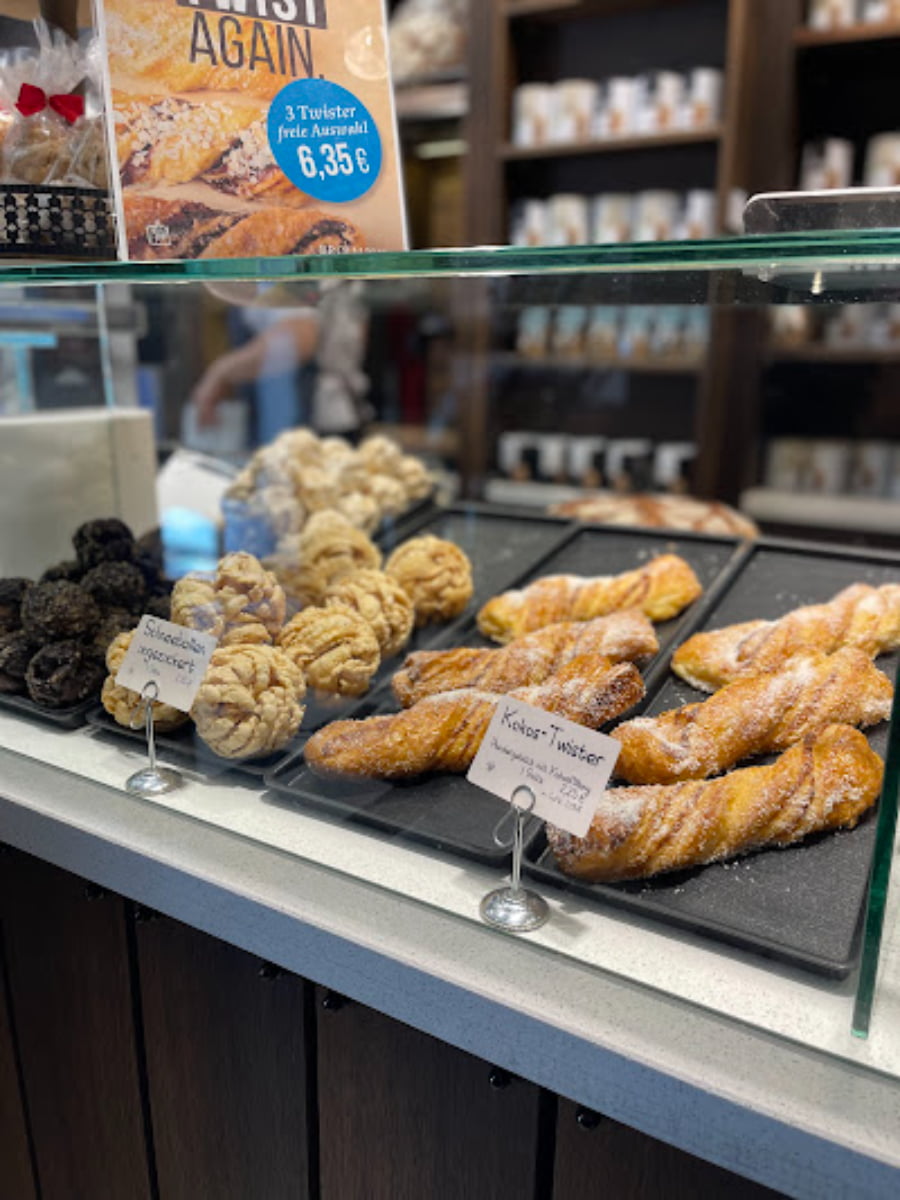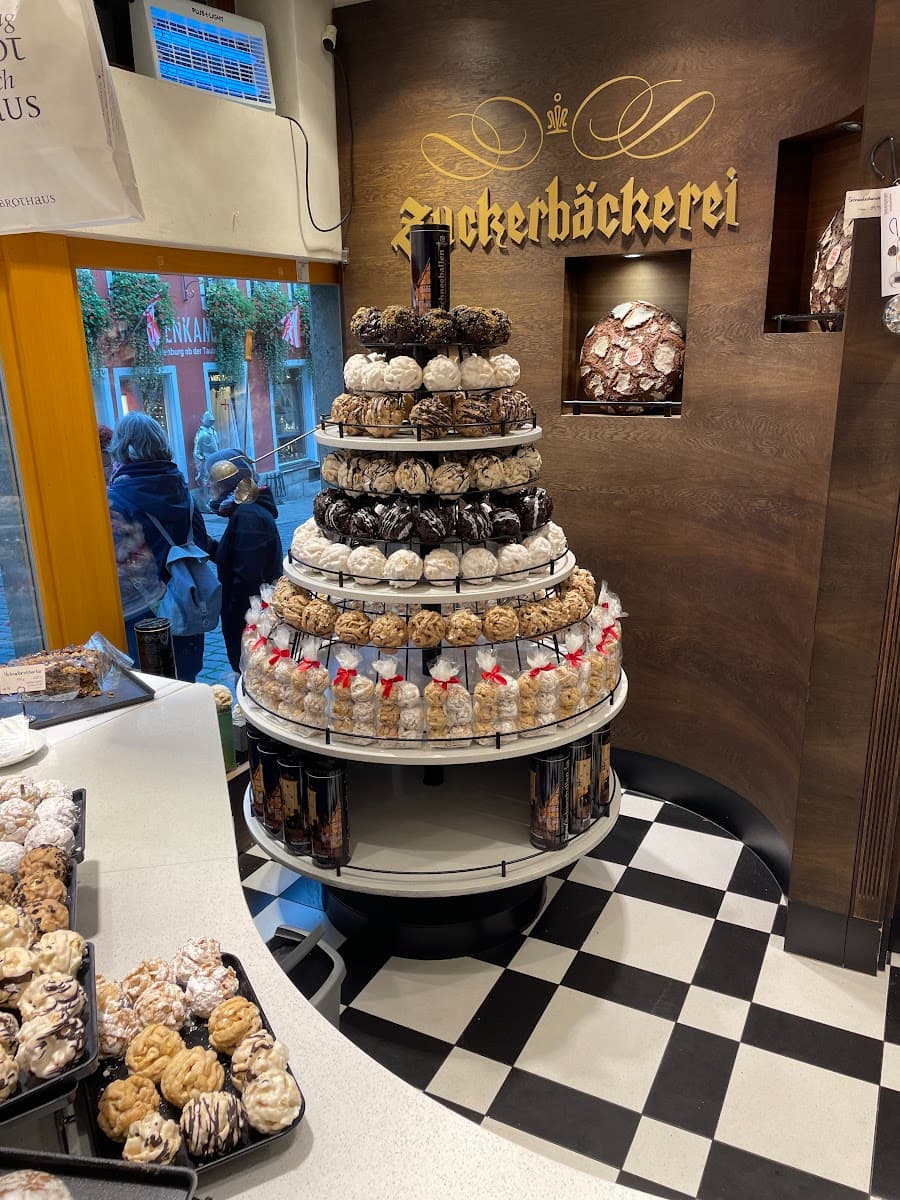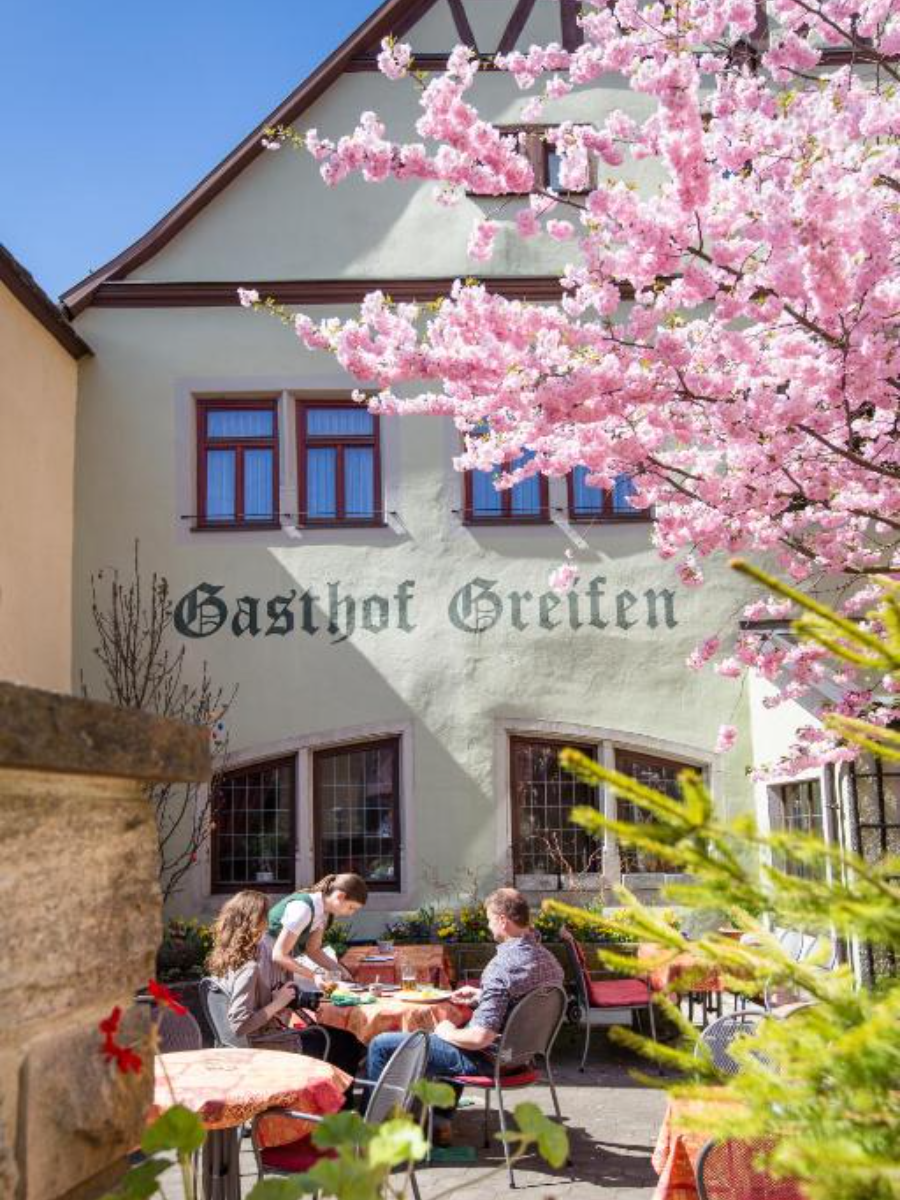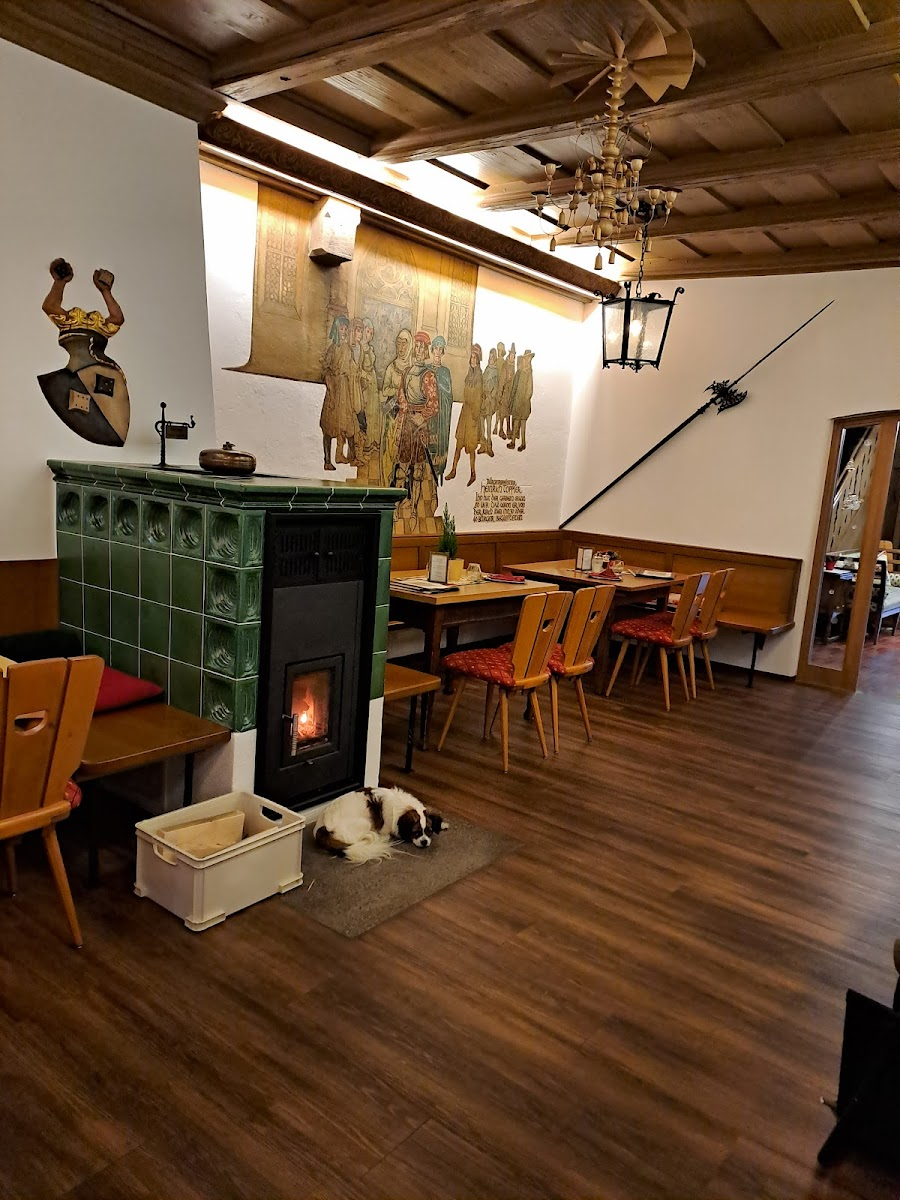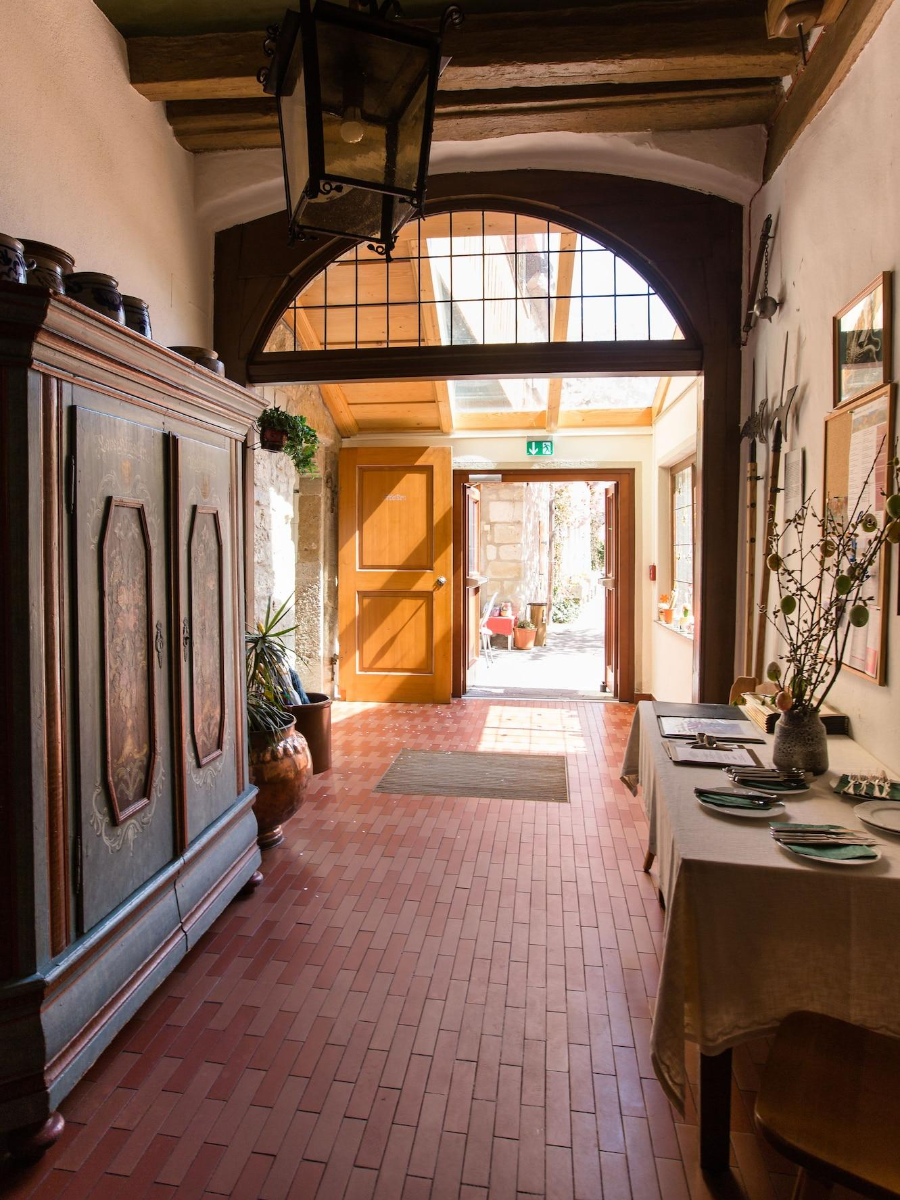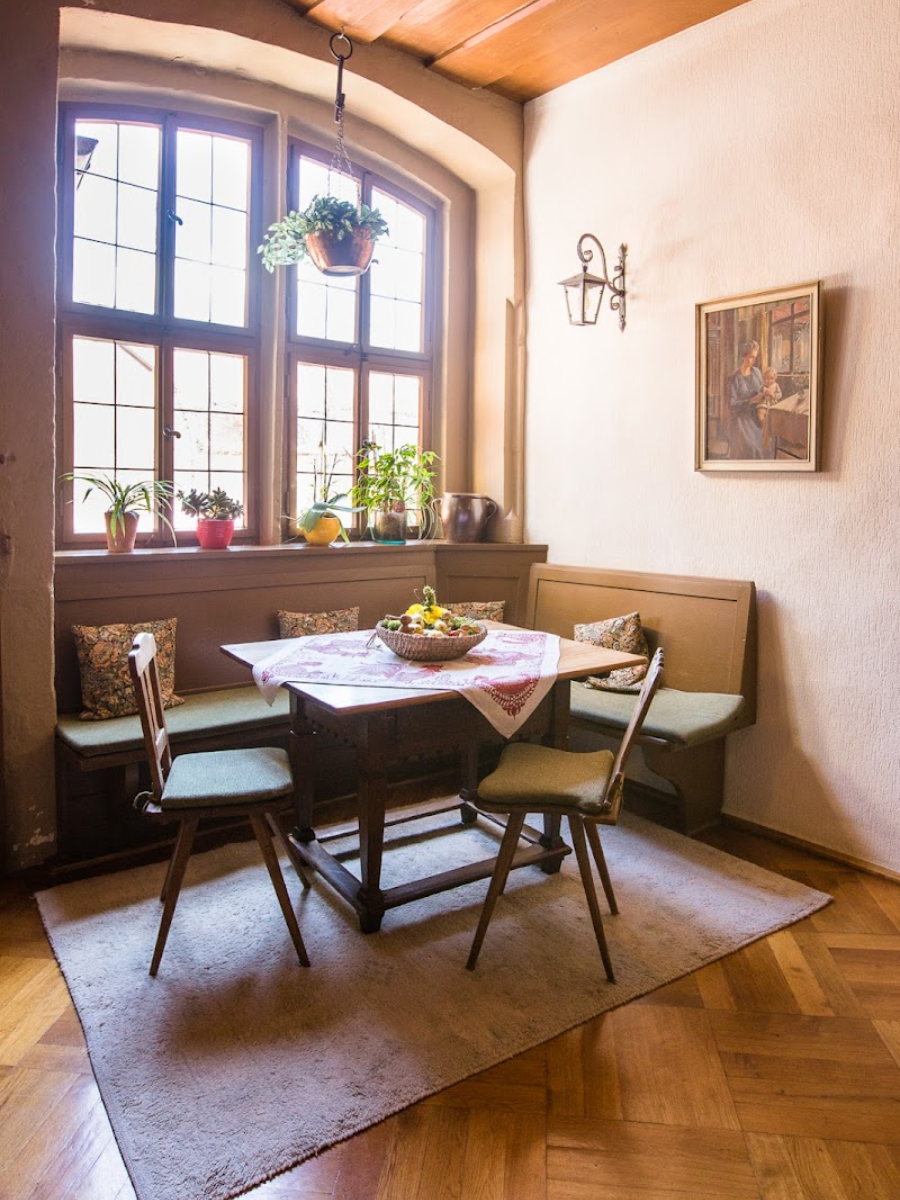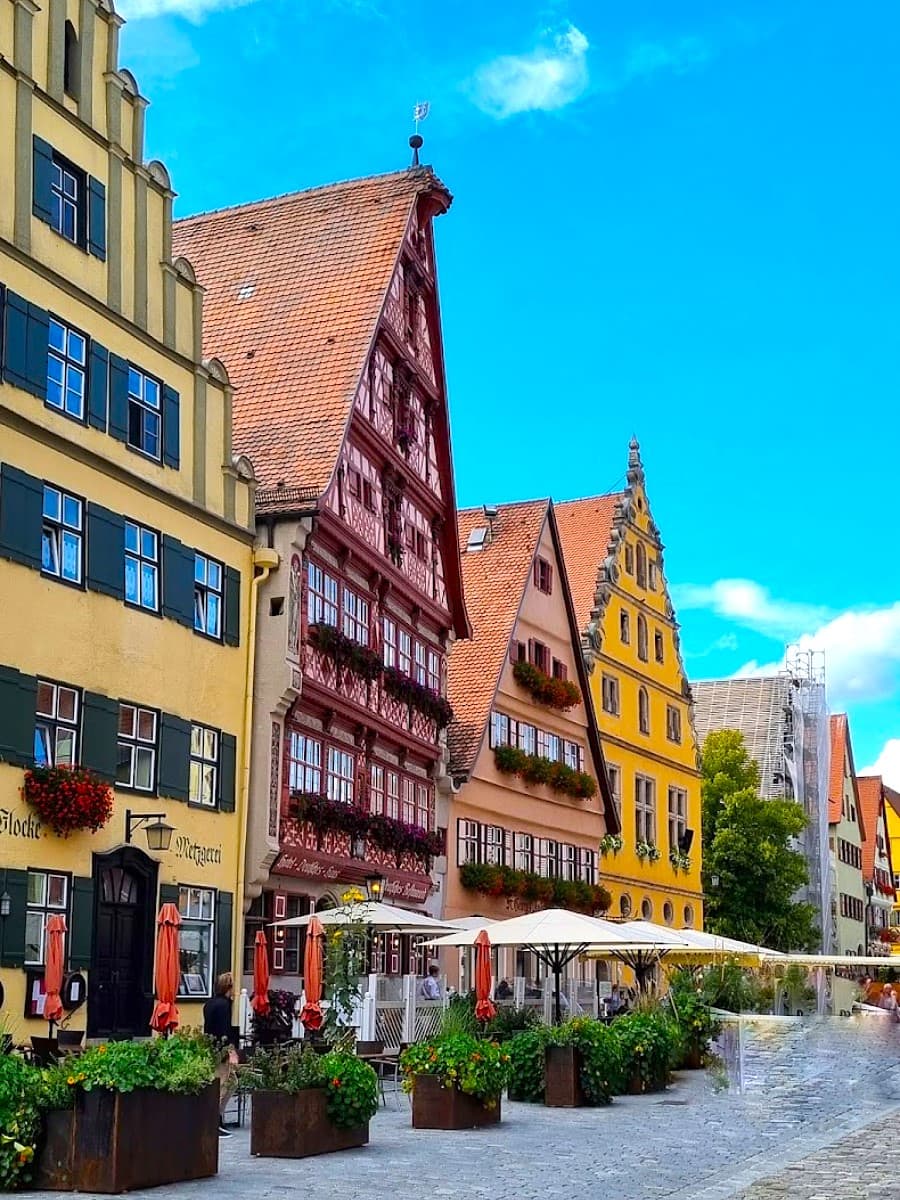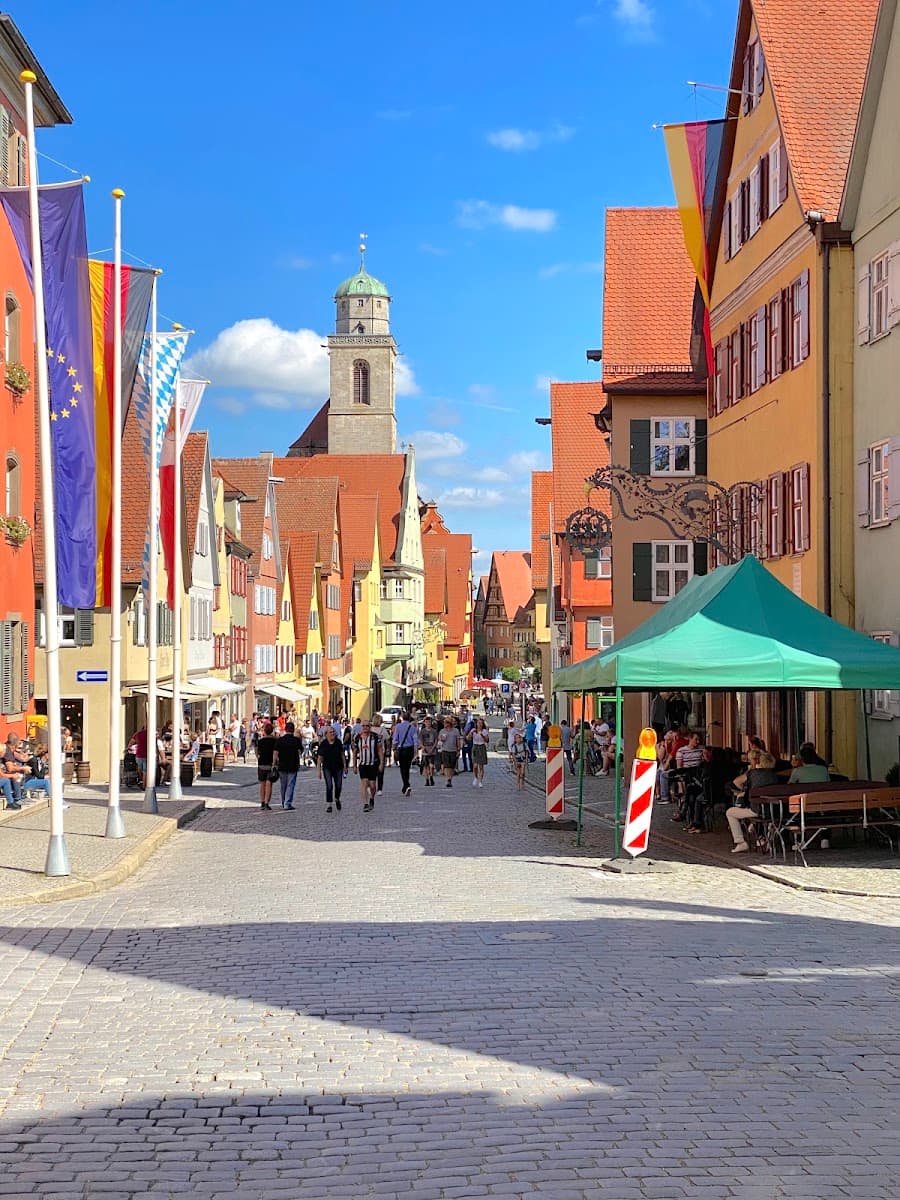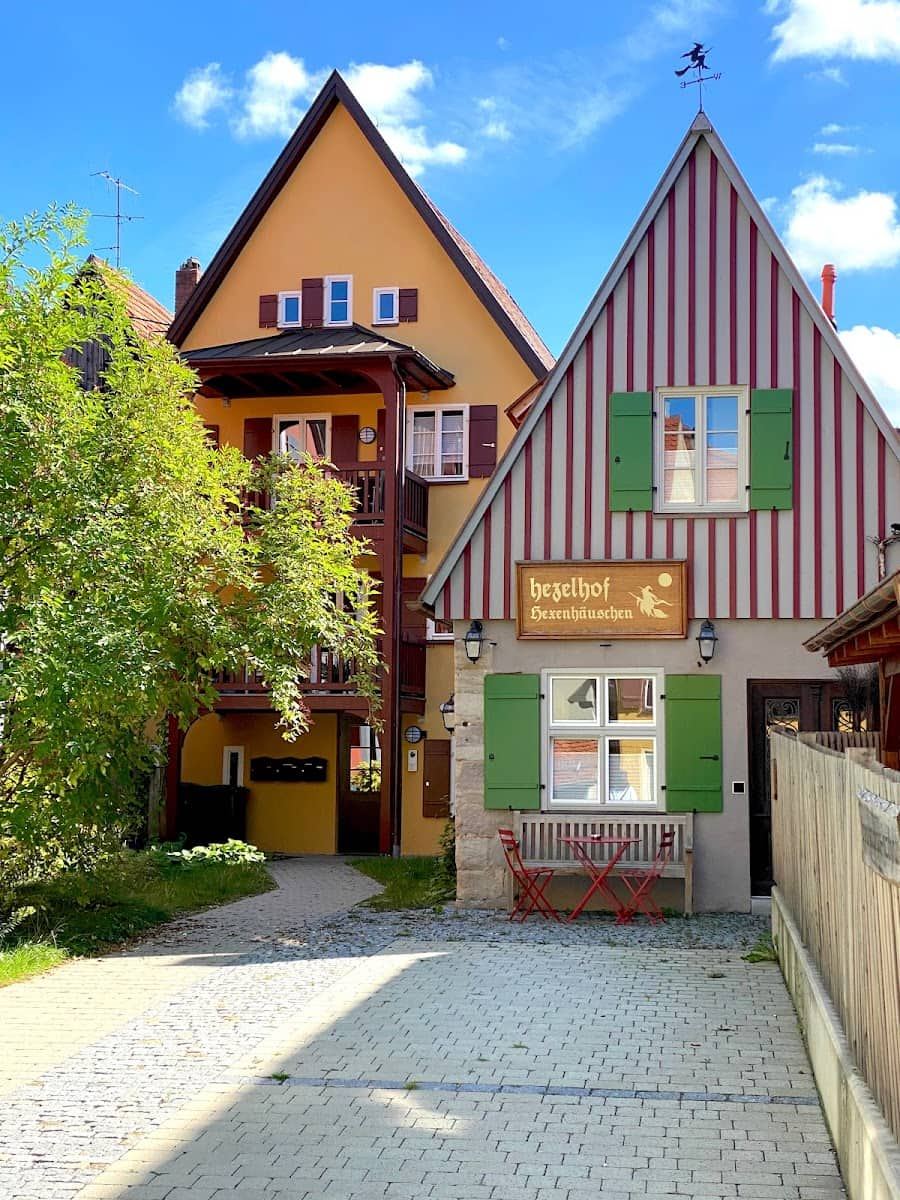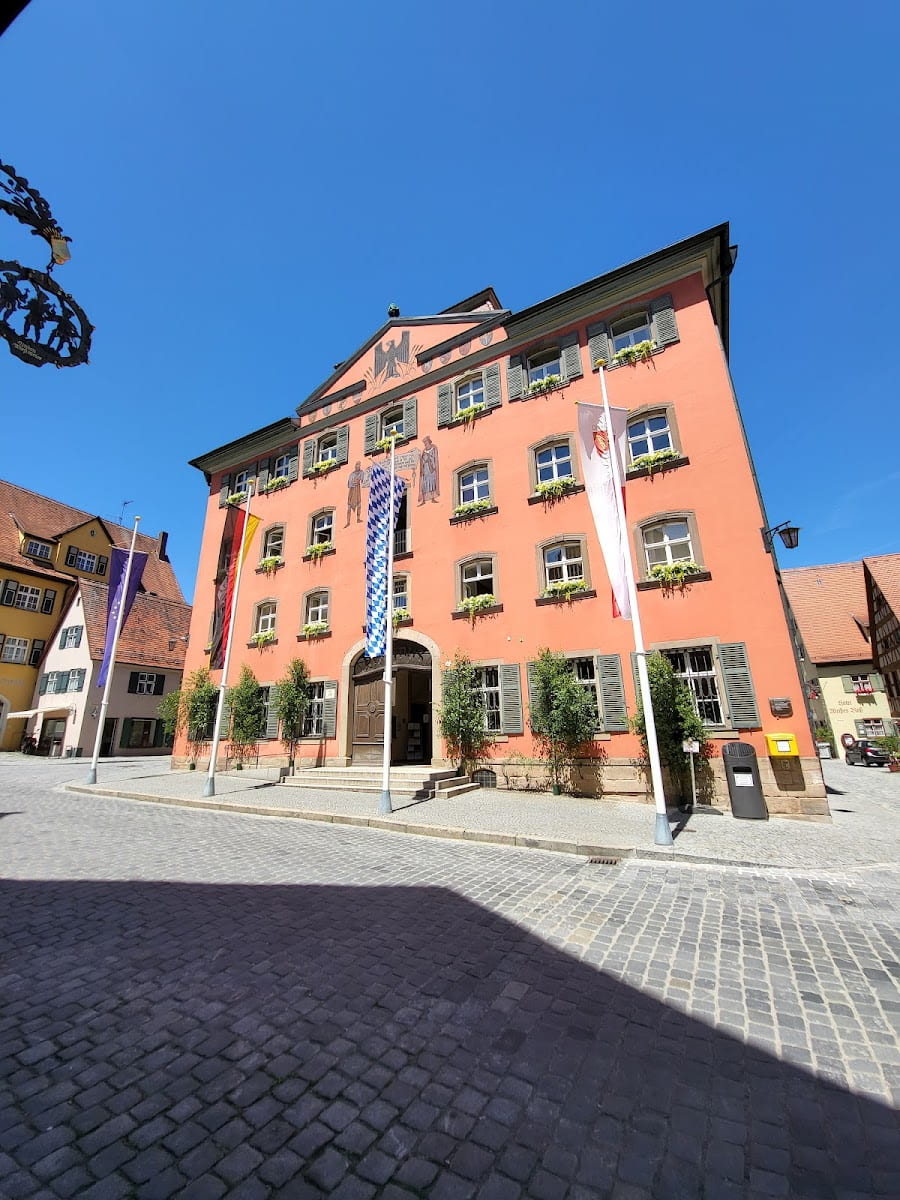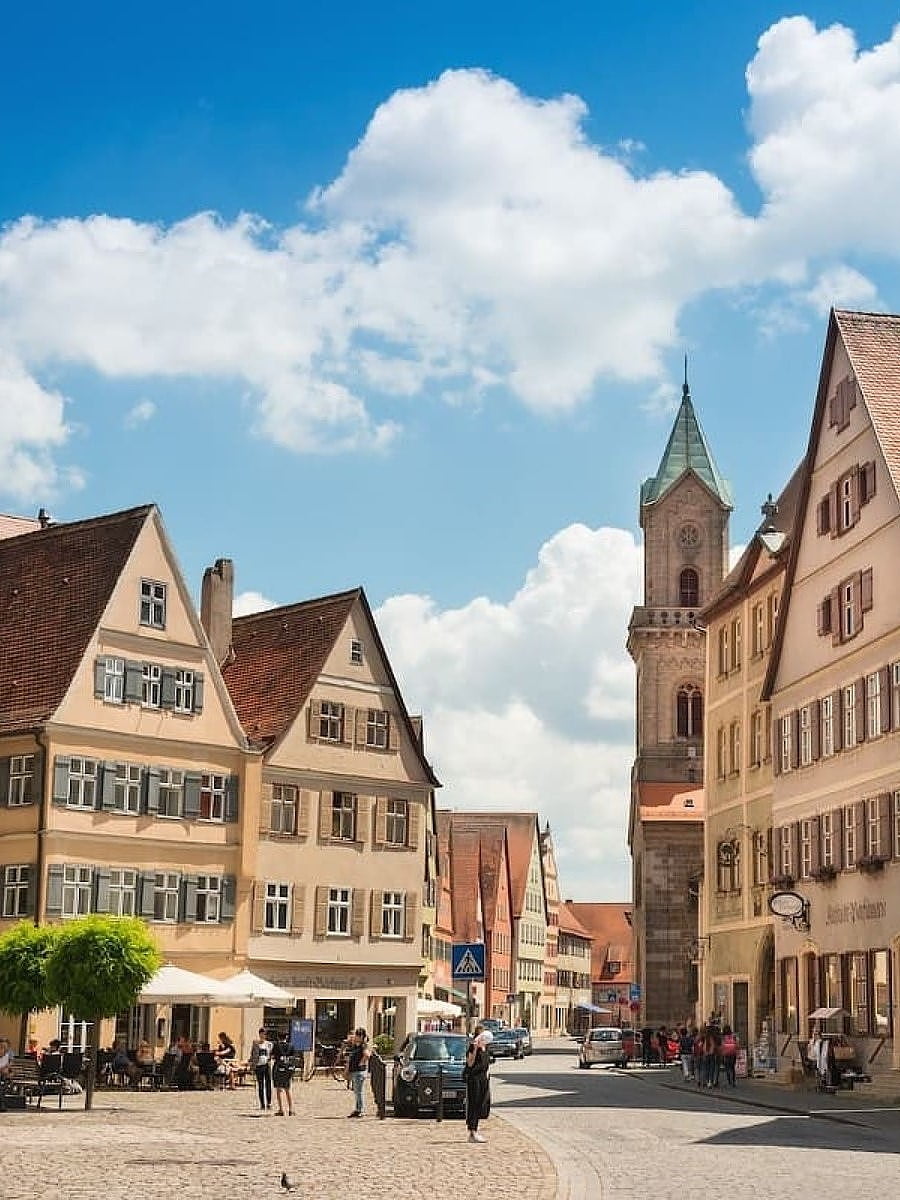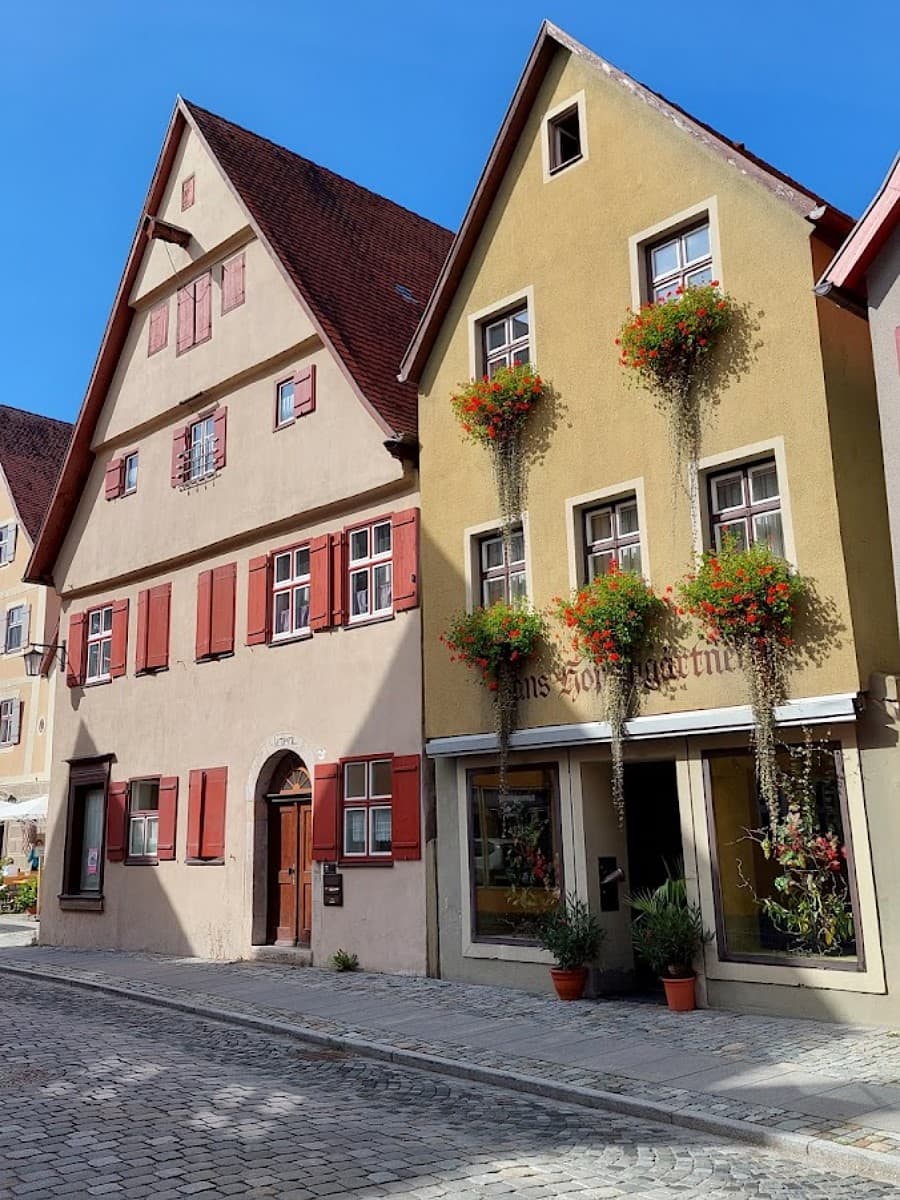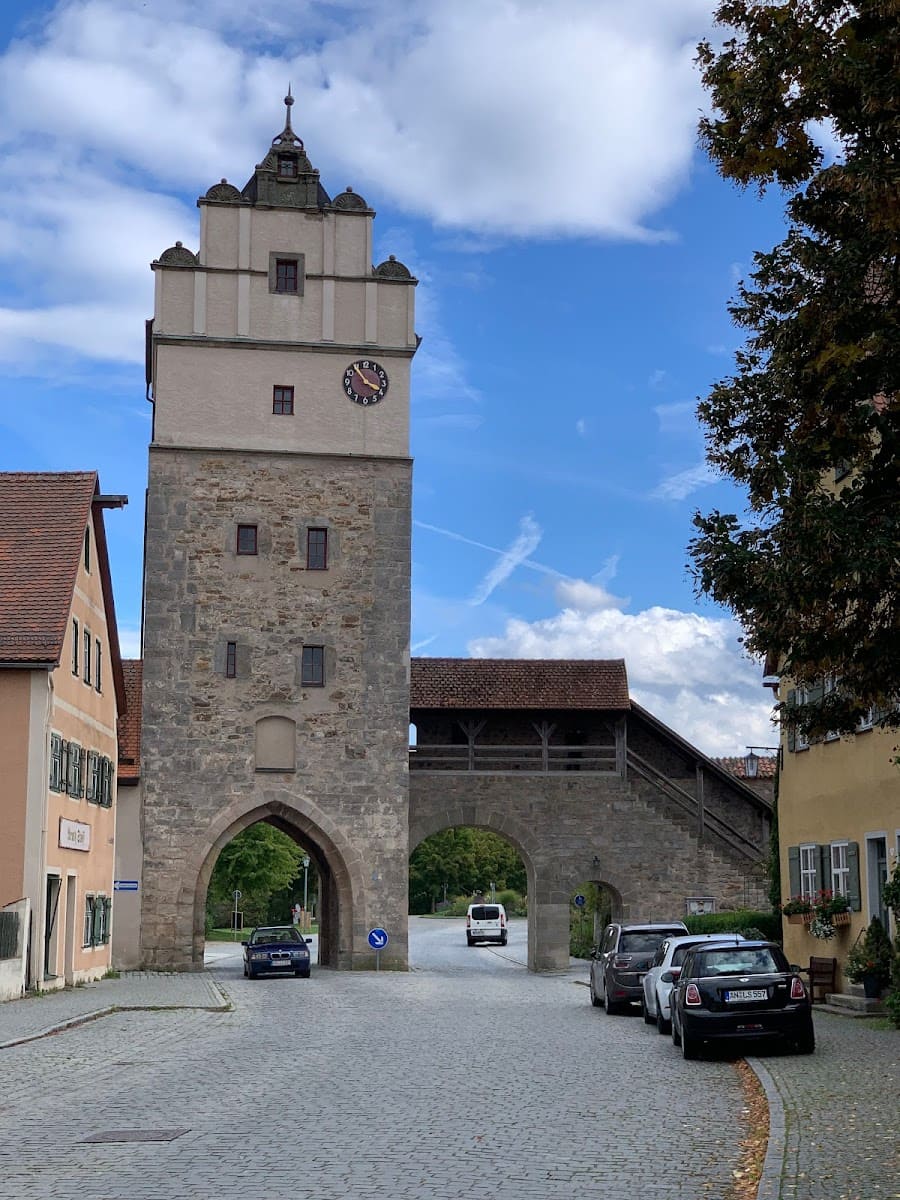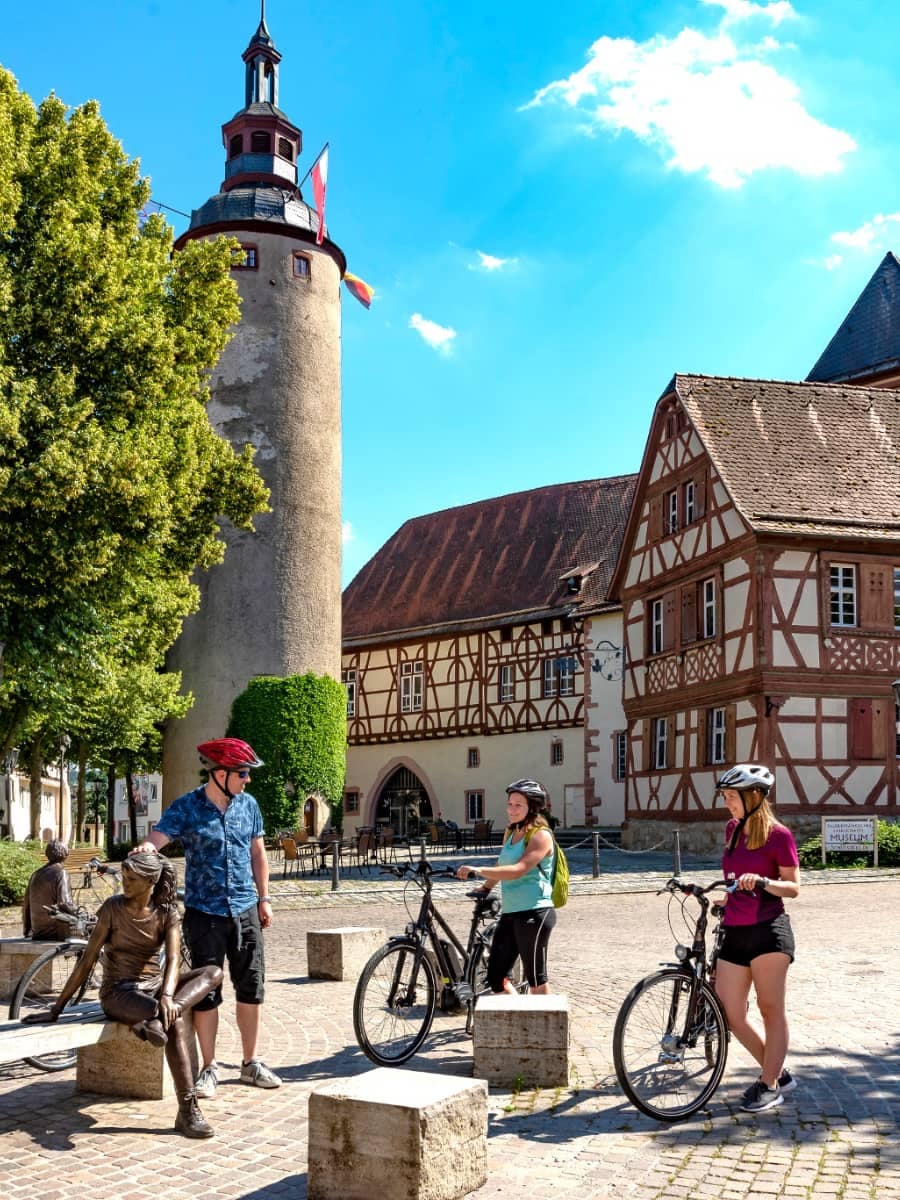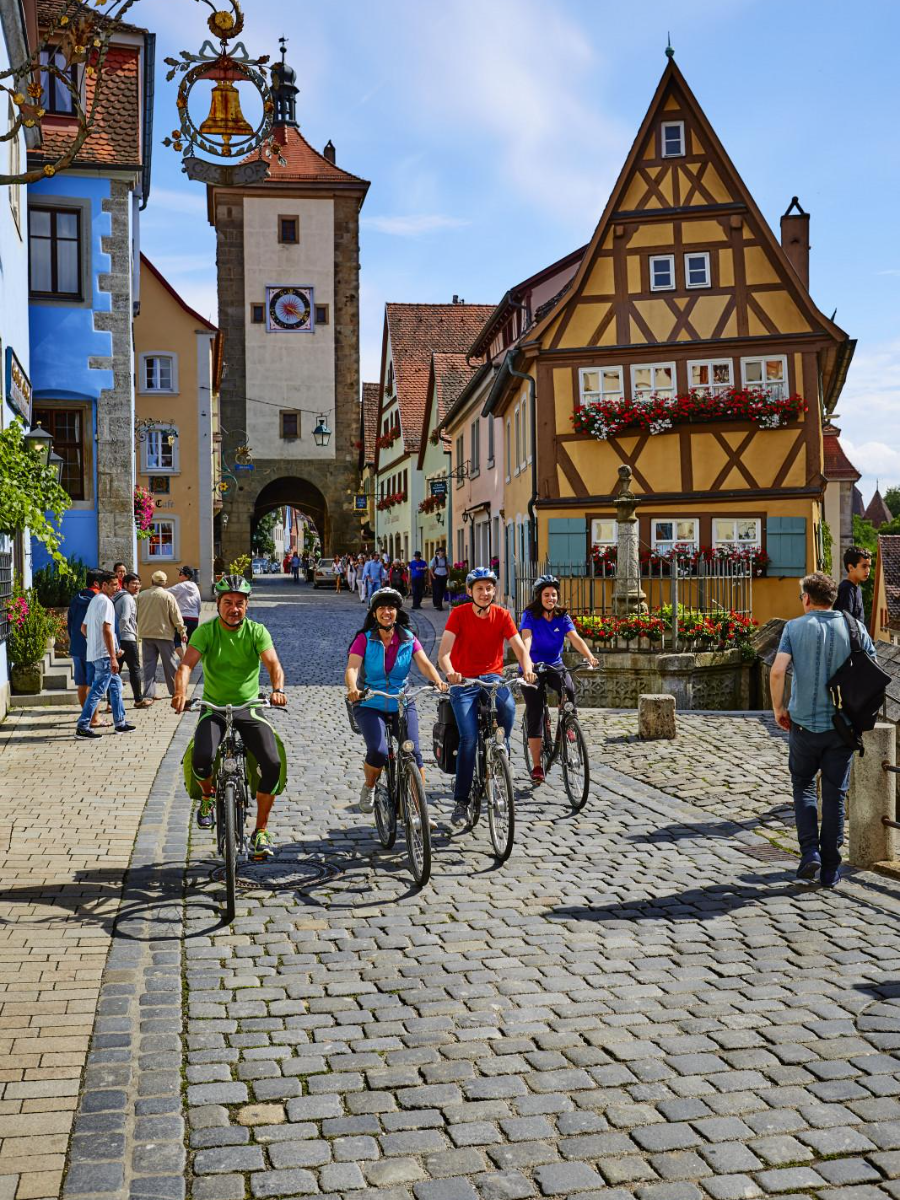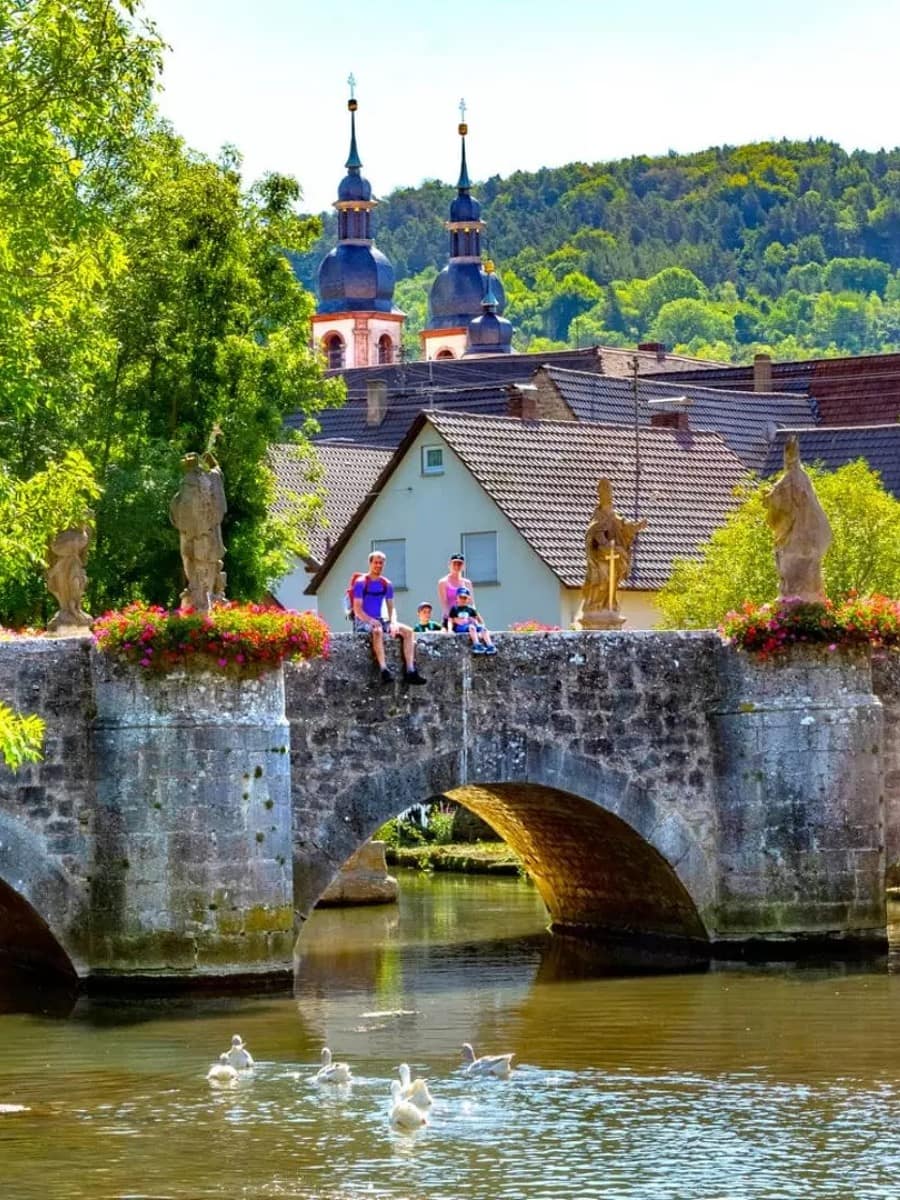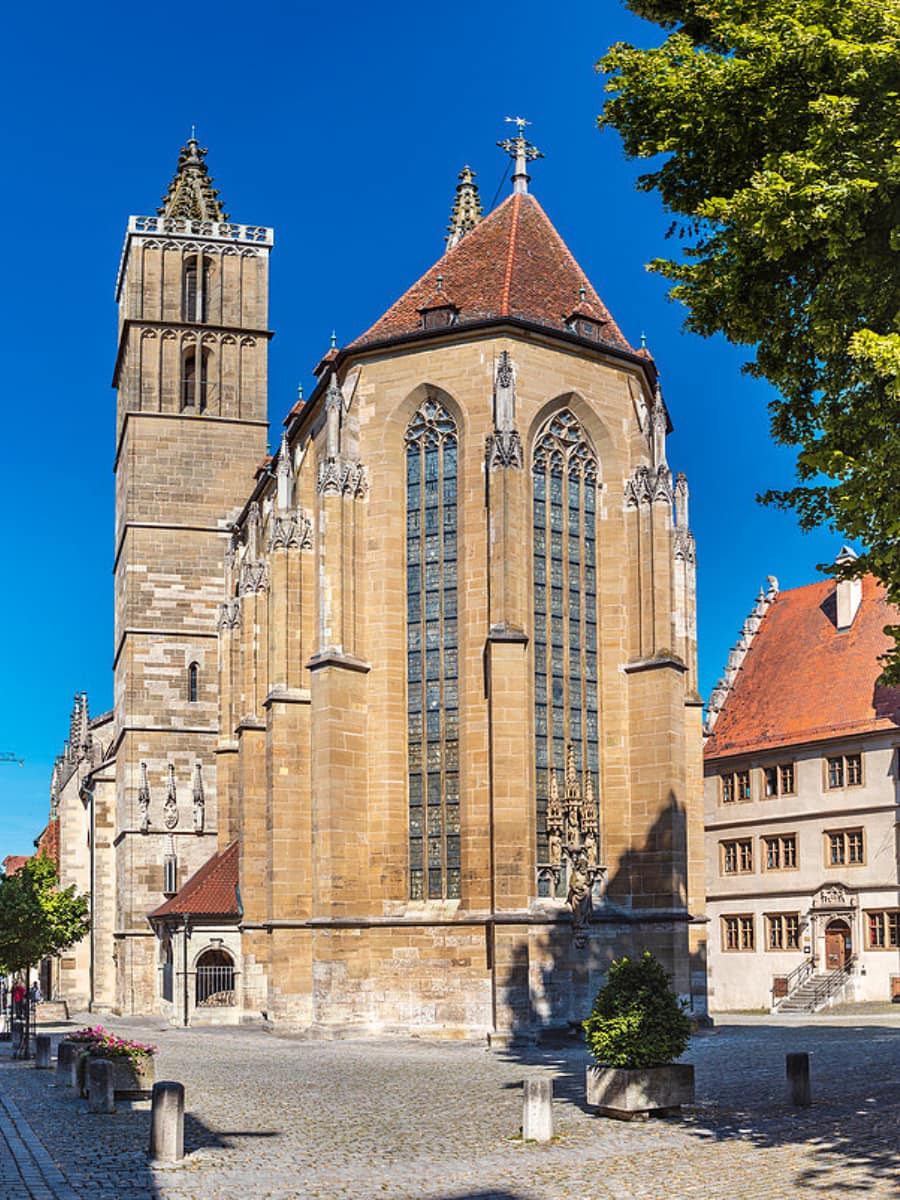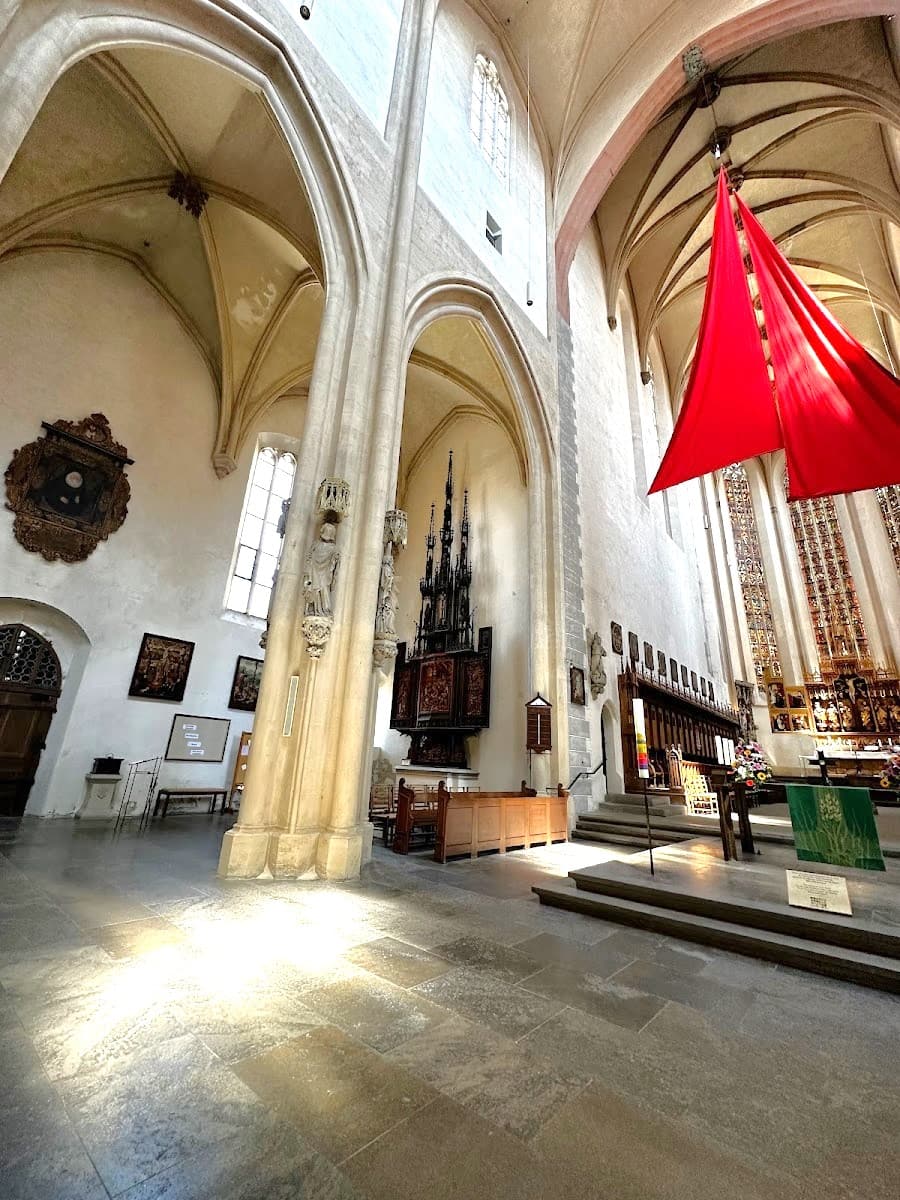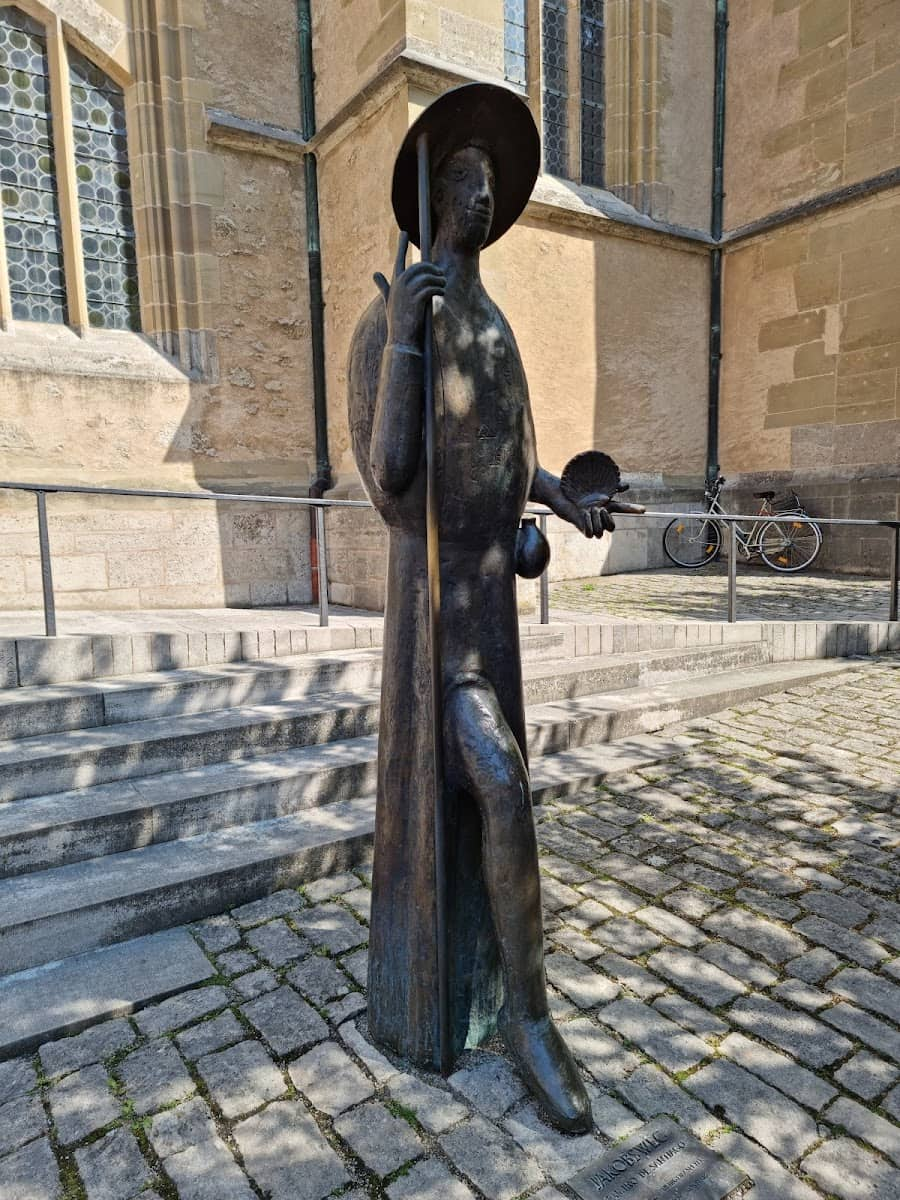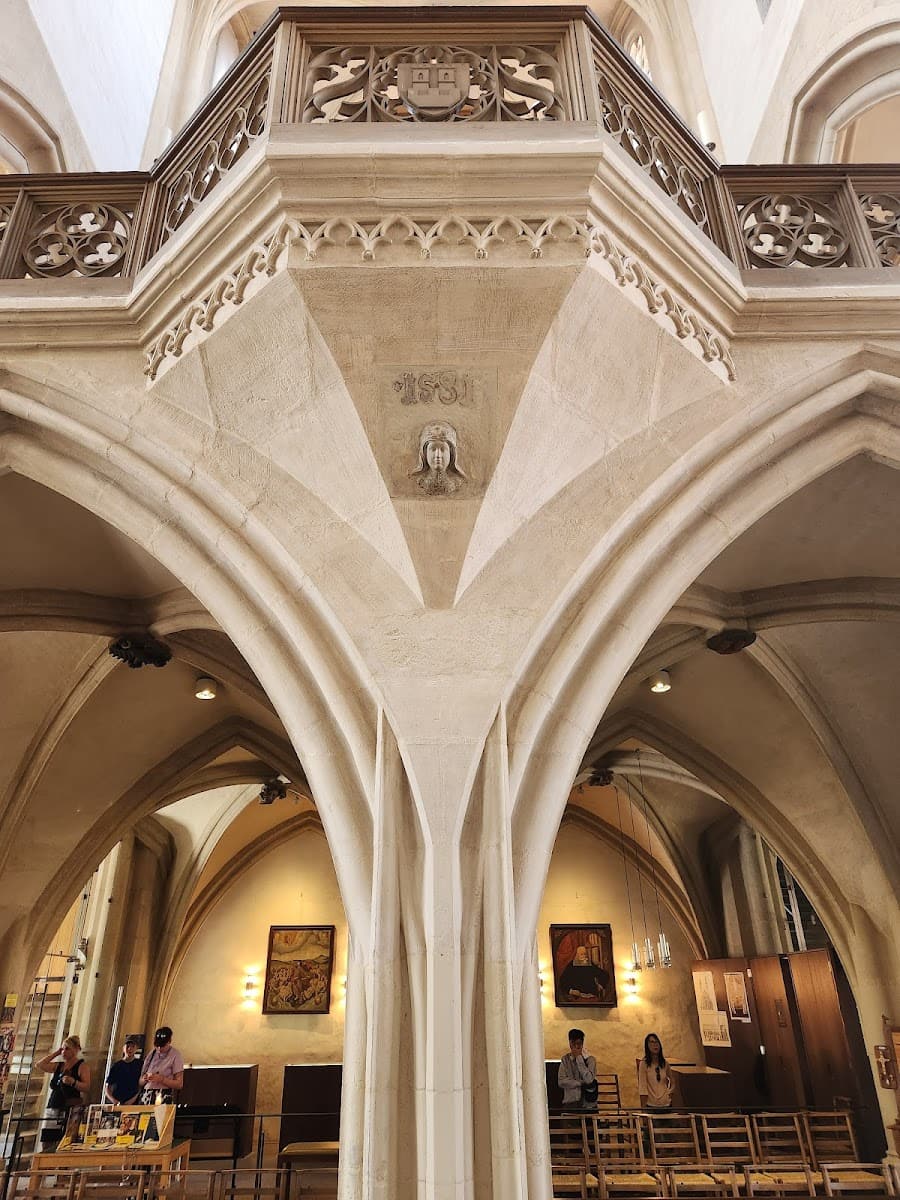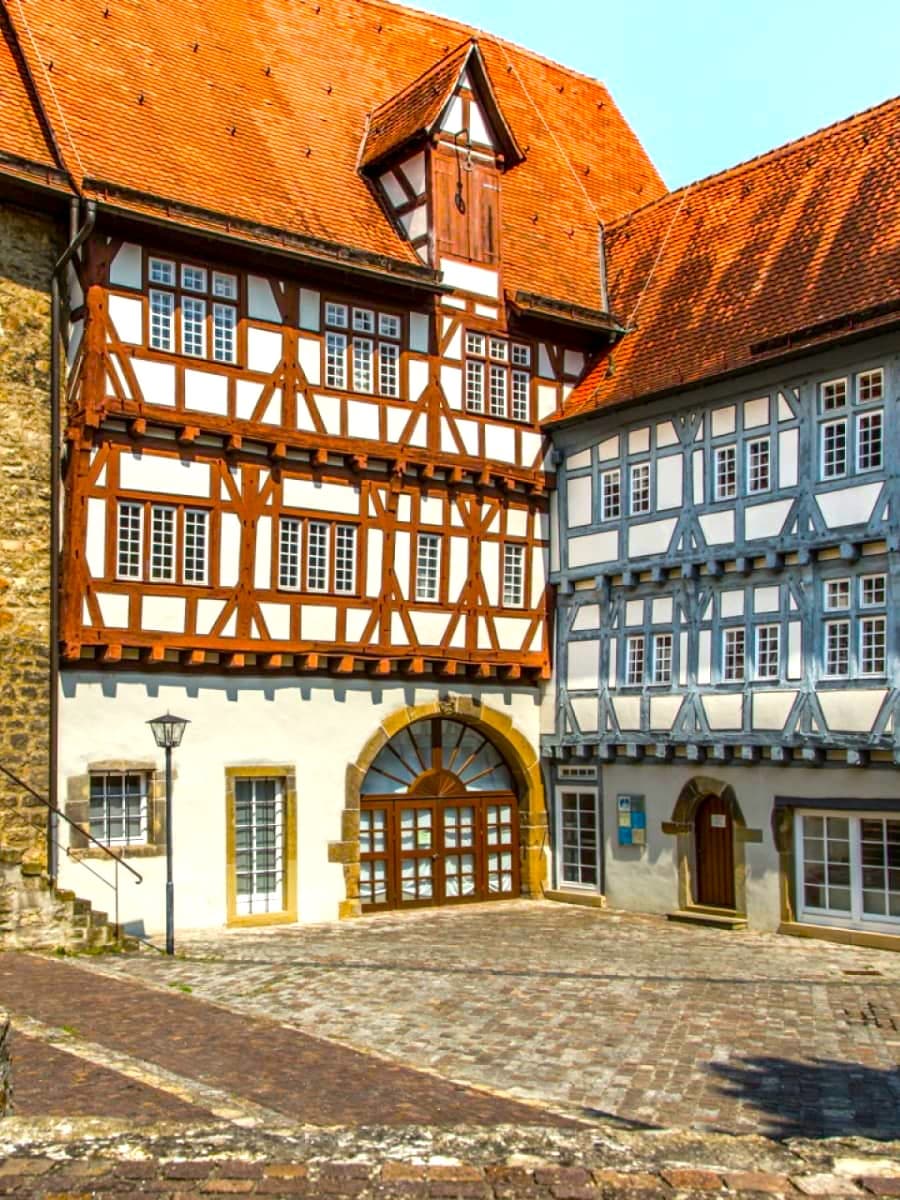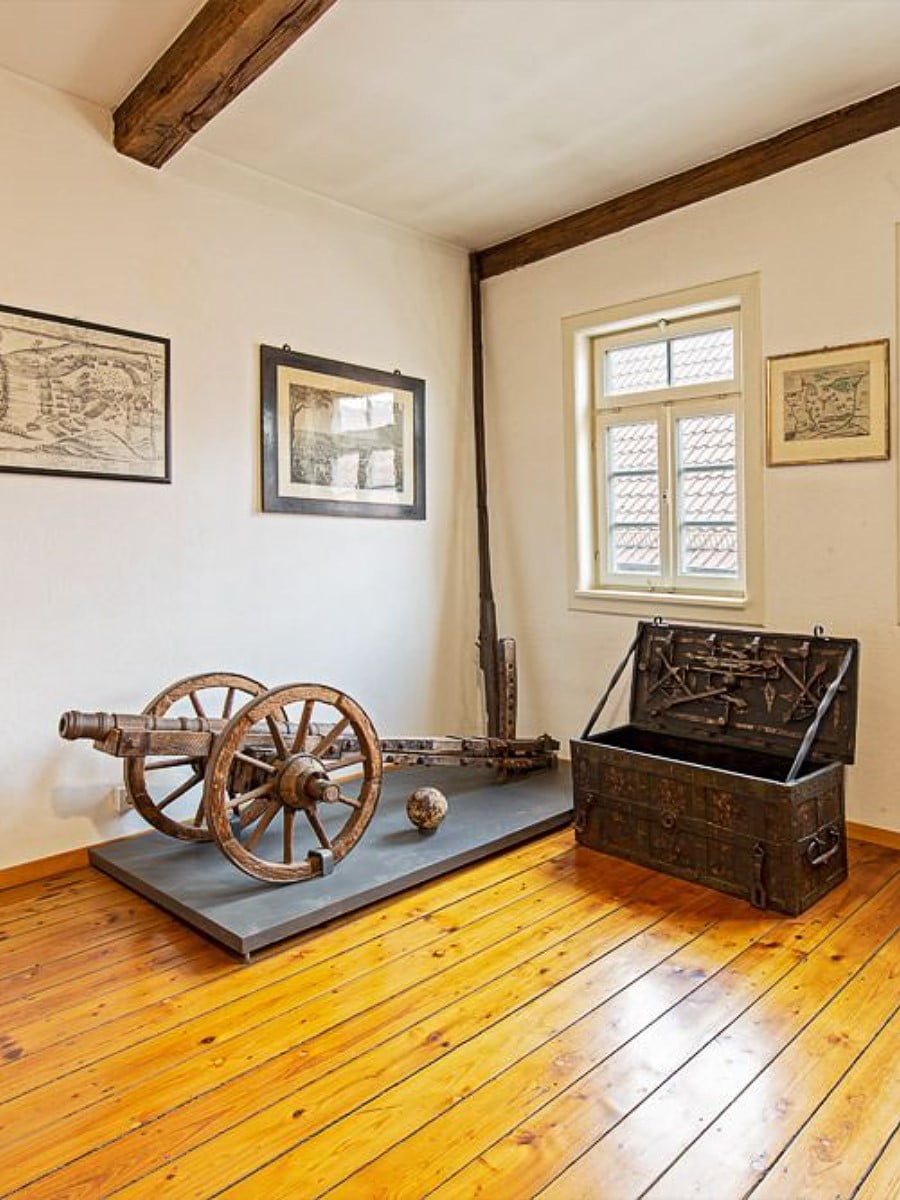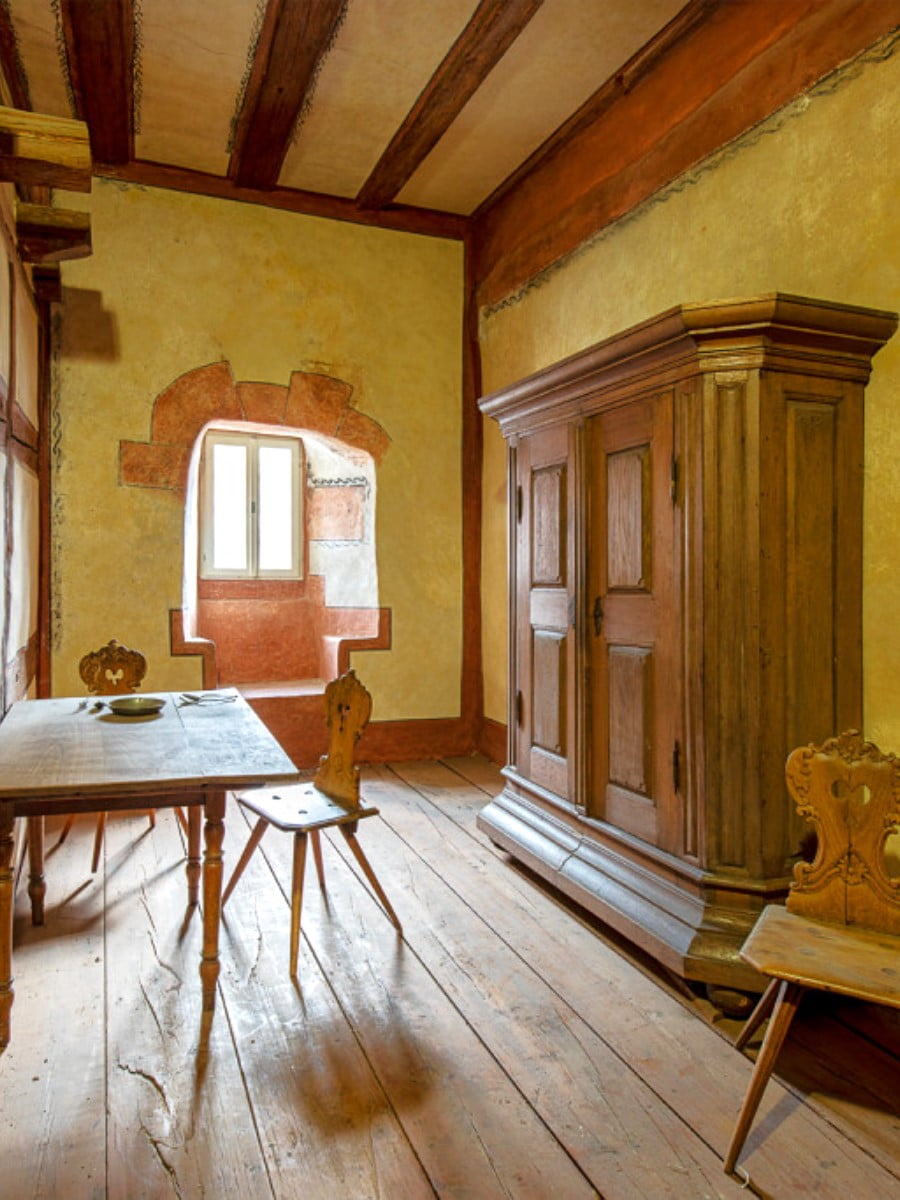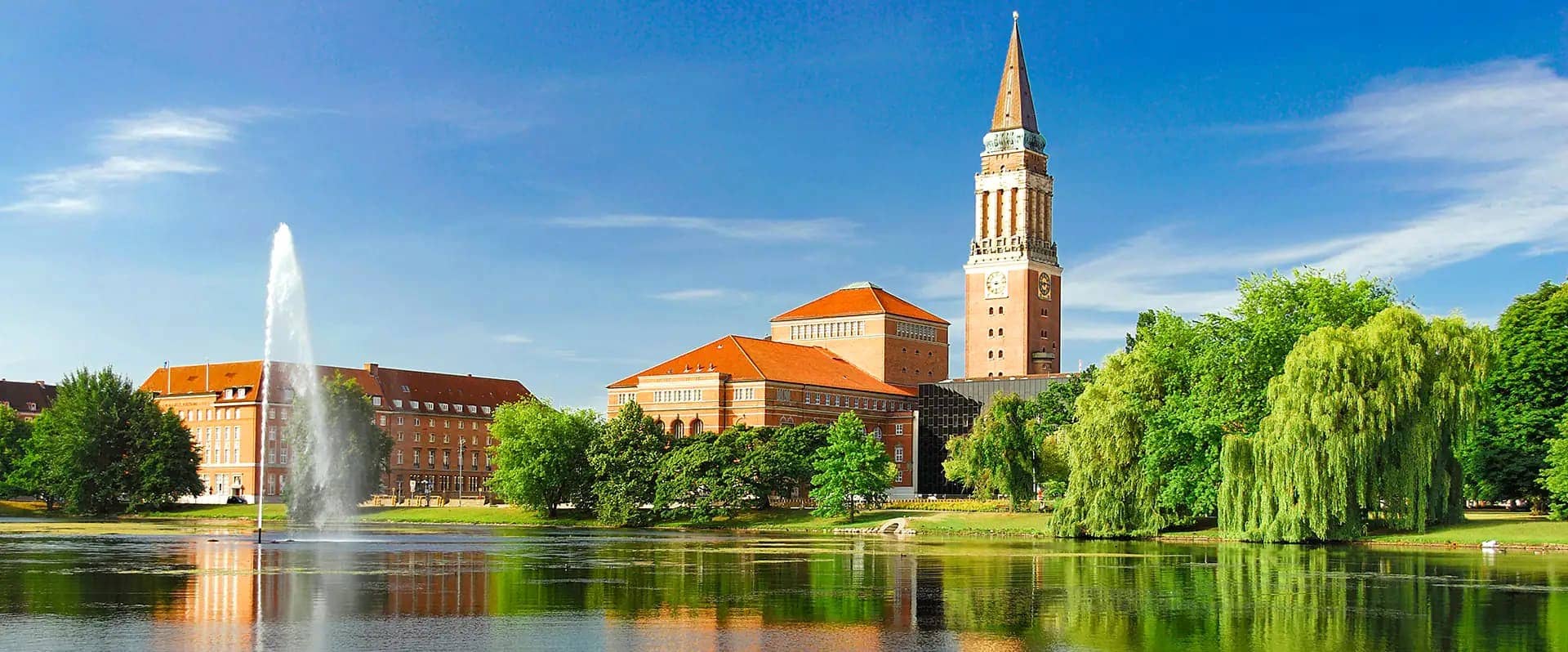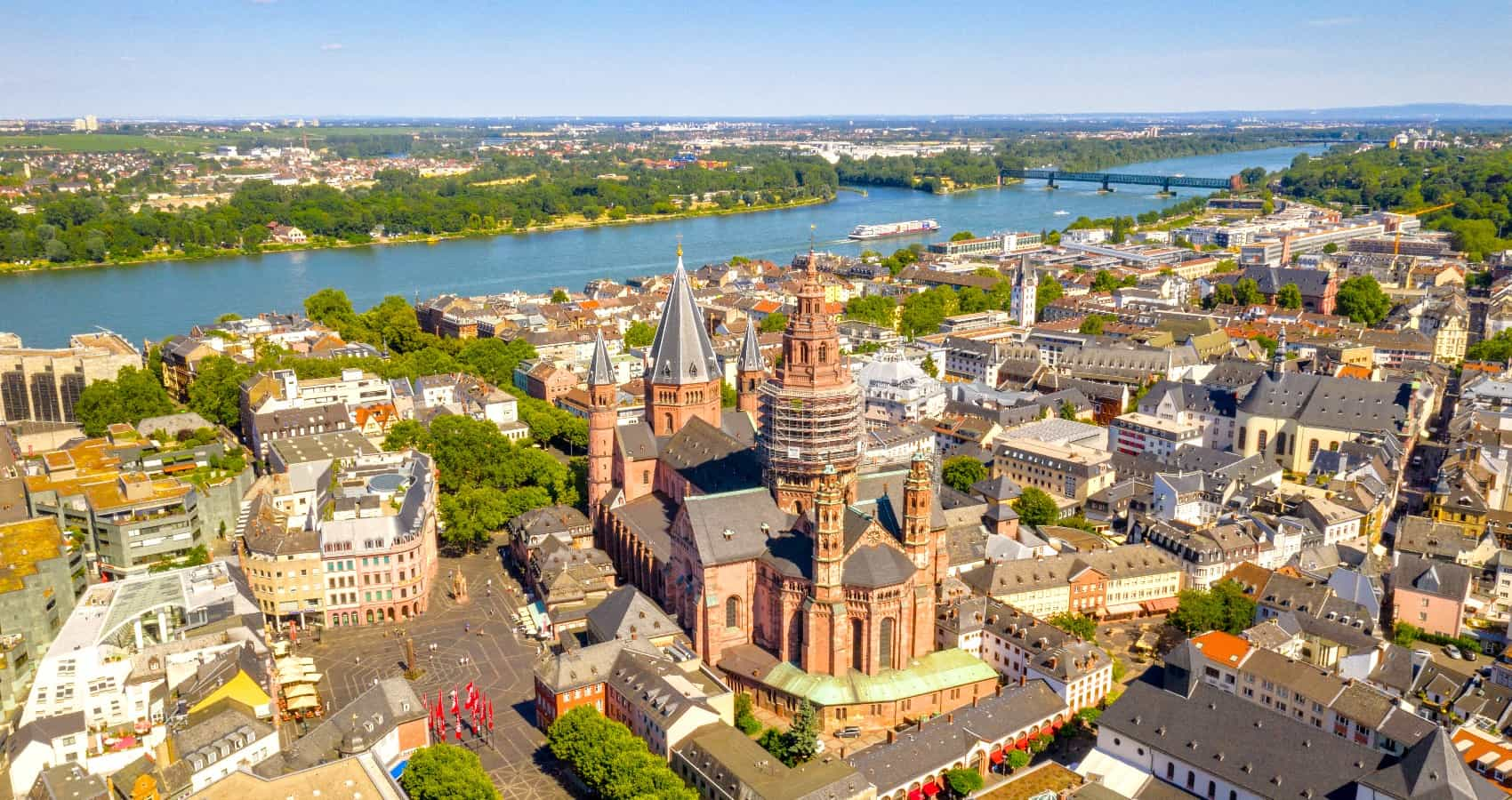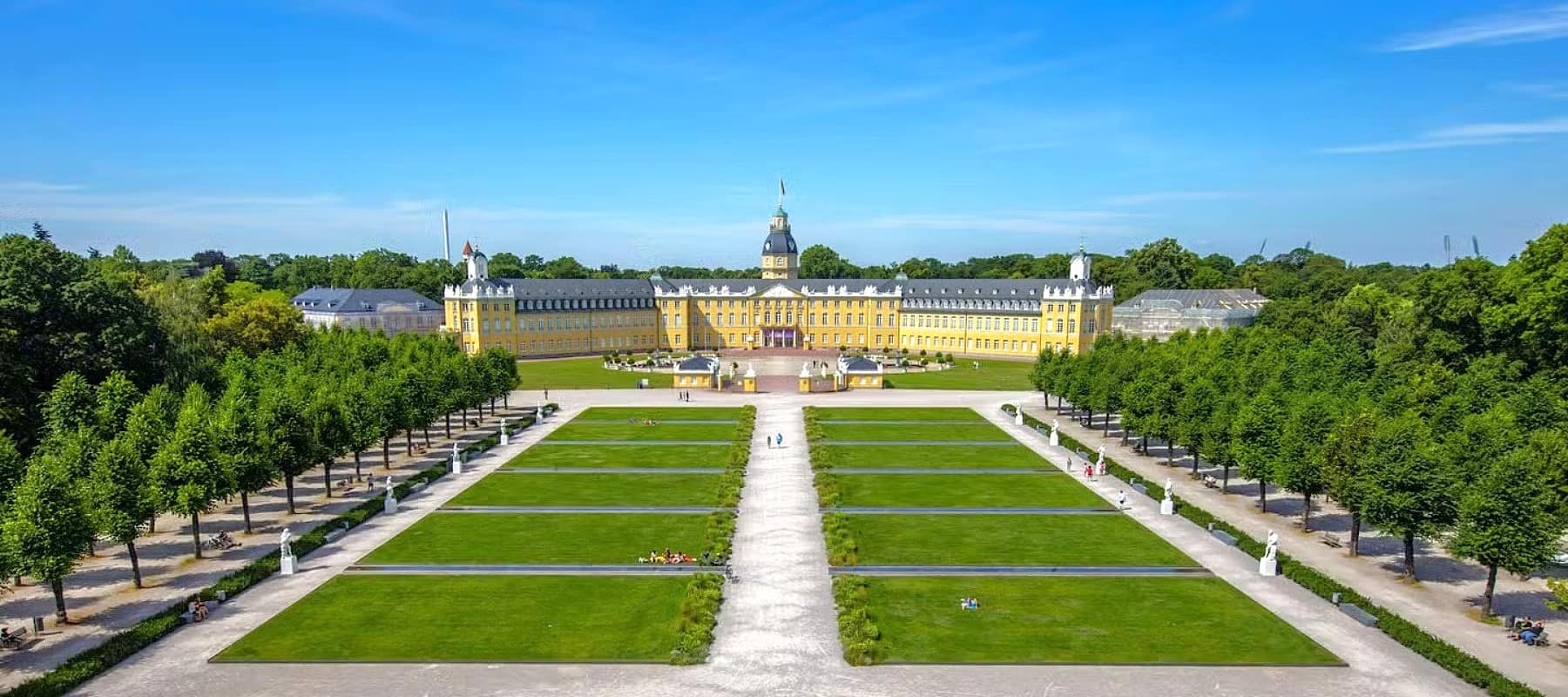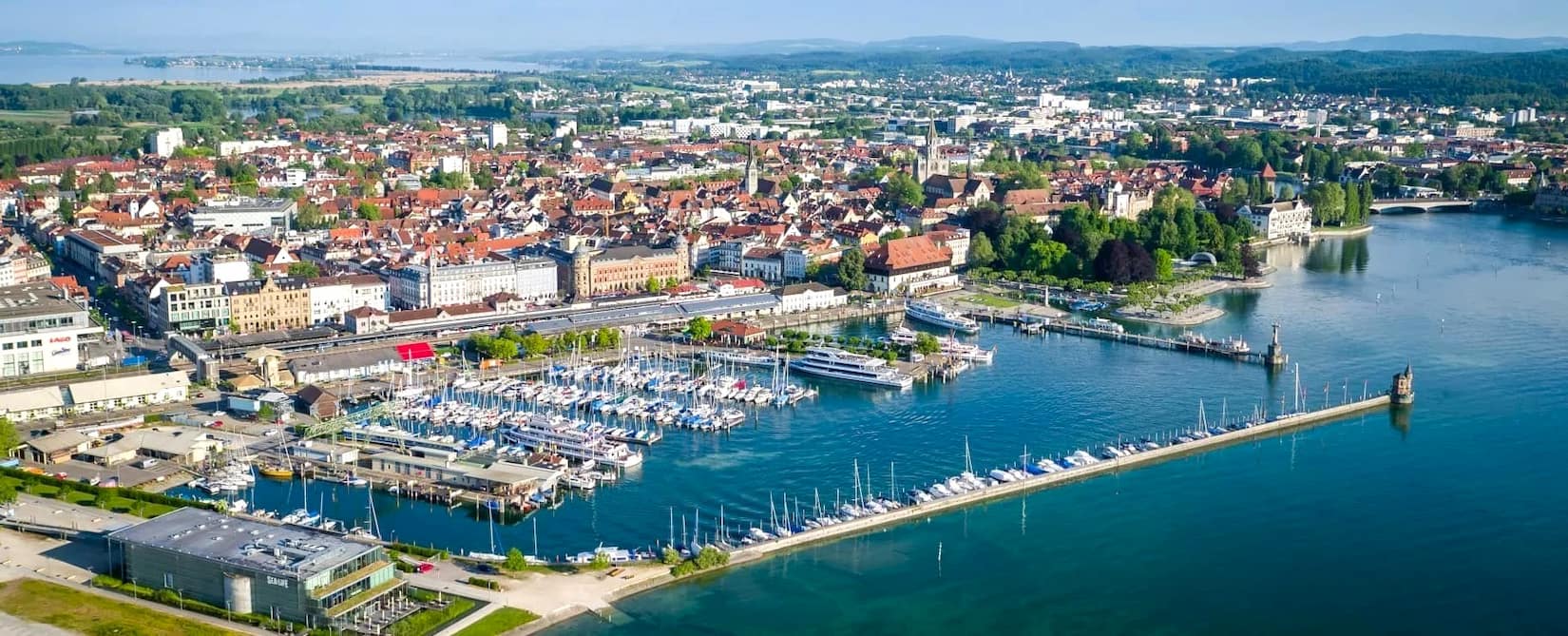Stepping into Rothenburg ob der Tauber feels like walking straight into a fairy tale. This perfectly preserved medieval town in Bavaria captivated me from the moment I passed through its ancient gates. With its colorful half-timbered houses, cobblestone streets, and intact city walls, Rothenburg offers a genuine journey back in time that’s rare to find in our modern world.
During my visit, I discovered that beyond the picture-perfect views, Rothenburg holds countless treasures waiting to be explored. From climbing medieval towers to sampling unique local pastries, each experience revealed another layer of this charming town’s rich history. Whether you have just one day or can stay longer, I’ve gathered the 10 best things to do in Rothenburg that will make your visit truly unforgettable.
🏠 Where to Stay in Rothenburg ob der Tauber
- ✨ 5-Star: Hotel Dorfmühle, Lehrberg
- 🏨 4-Star: Hotel Herrnschloesschen, Rothenburg ob der Tauber
- 🛏️ 3-Star: Schwarzes Lamm, Rothenburg ob der Tauber
- 💸 Cheap: Gasthaus zur Linde, Rothenburg ob der Tauber
- 👨👩👧👦 For Families: Gästehaus Edelzimmer, Rothenburg ob der Tauber
- 🏩 For Couples: Burghotel, Rothenburg ob der Tauber
💁 Best Guided Tours
- Rothenburg: Private Night Watchman Tour from € 120 (⭐ 4.8/5)
- Rothenburg ob der Tauber: Private Old Town Walking Tour from € 150 (⭐ 4.9/5)
- Rothenburg: Romantic Old Town Self-guided Discovery Tour from € 20 (⭐ 4.7/5)
- Romantic Road & Rothenburg ob der Tauber Tour from Würzburg from € 250 (⭐ 4.9/5)
Best Things to Do in Rothenburg ob der Tauber
1. Plönlein (Iconic Photo Spot)
Picture Perfect. Standing at the famous Plönlein corner in Rothenburg ob der Tauber feels like stepping directly into a fairytale. This charming intersection, whose name literally means “little square,” features a small yellow half-timbered house wedged between two streets with medieval towers visible in both directions. I was completely mesmerized by how this single spot captures the essence of medieval Germany in one frame.
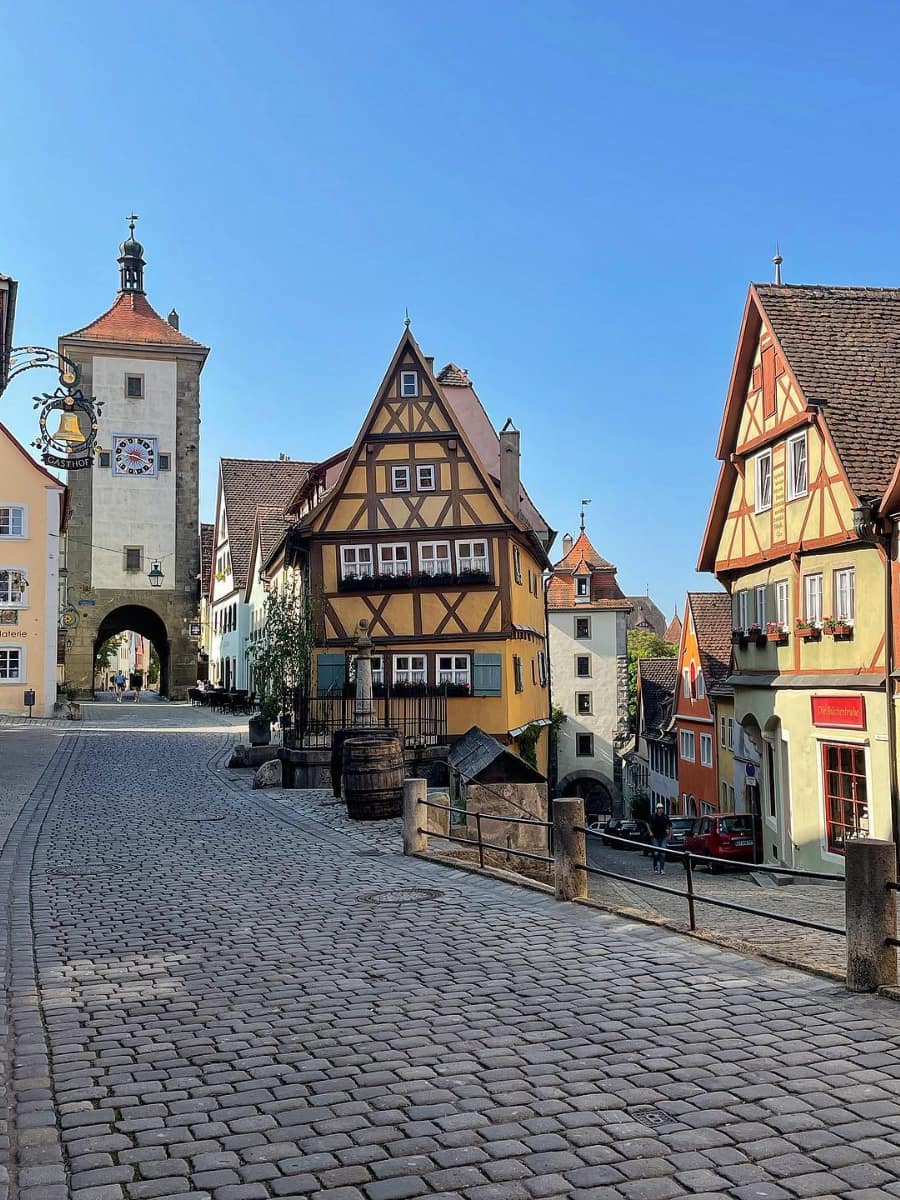
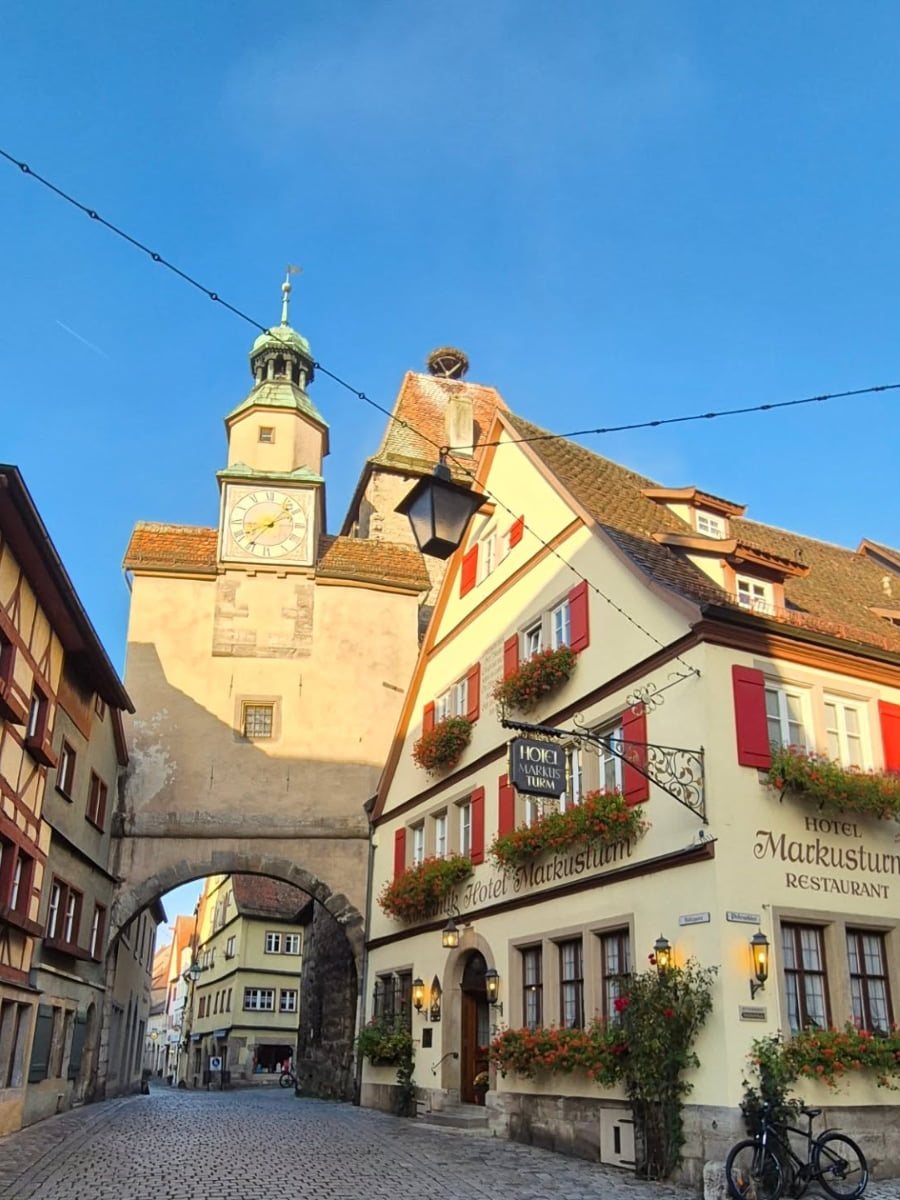
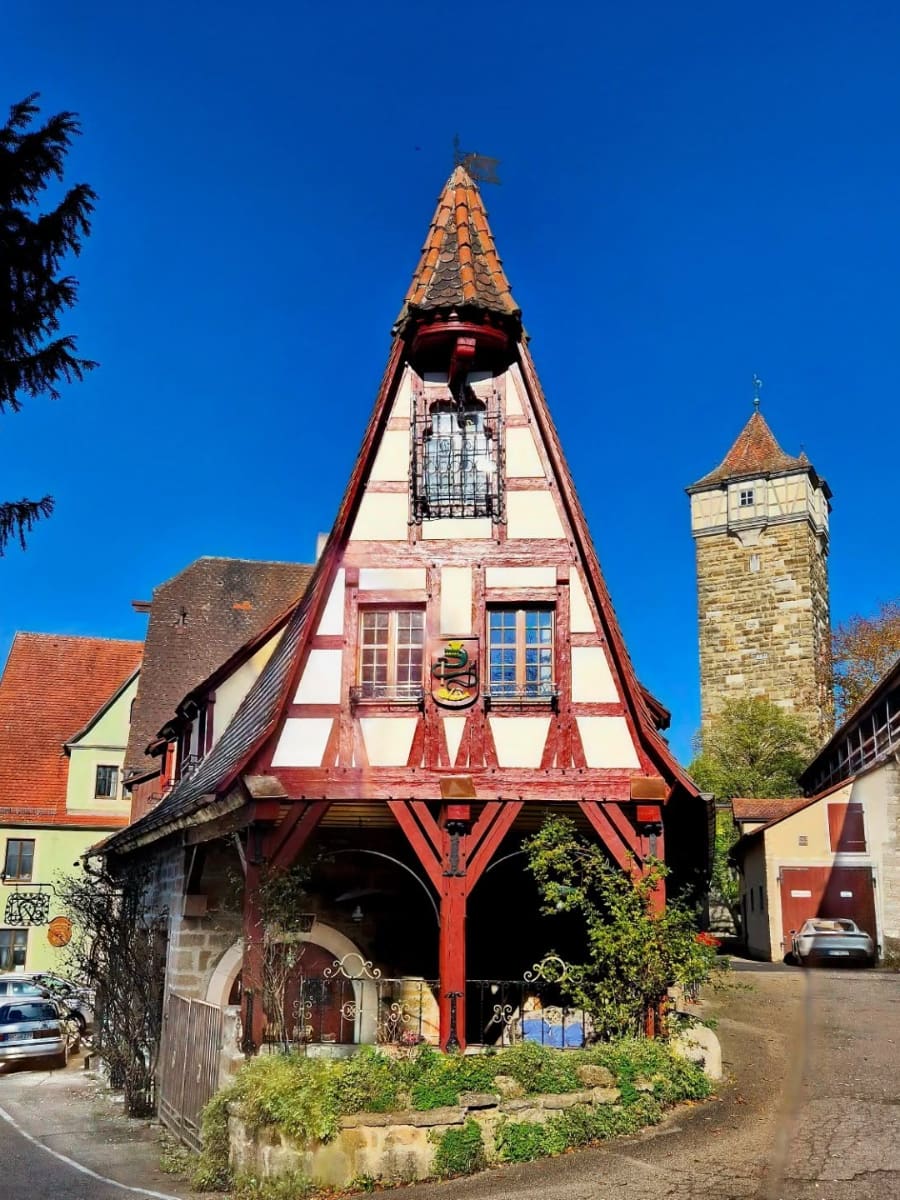
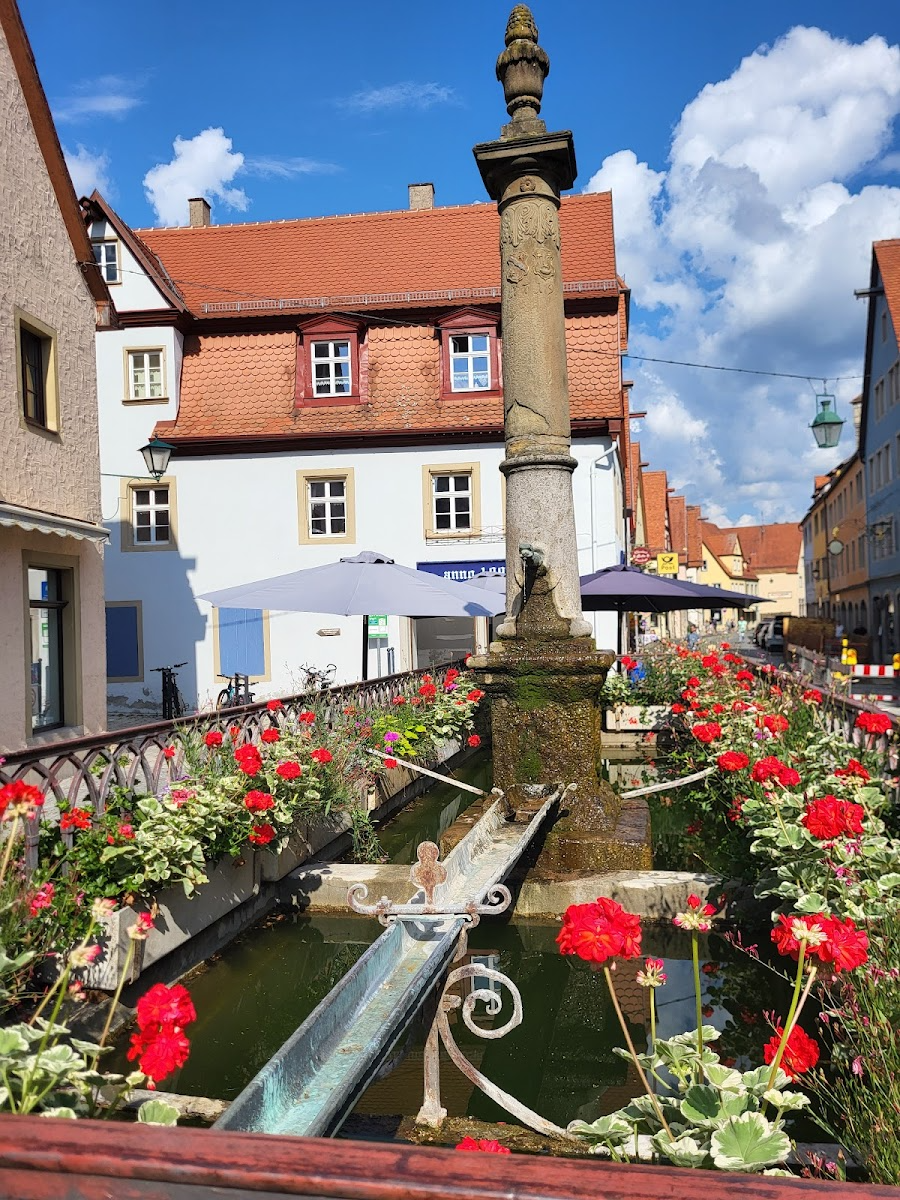
Architectural Marvel. The narrow cobblestone streets split around the triangular building, with the Sieber Tower rising to the left and the taller Kobolzeller Tower to the right. The contrast between the colorful flowers adorning the building’s facade and the ancient stonework creates a visual feast that’s impossible to forget.
Photography Tips. While many visitors rush through for a quick snapshot, I found that spending time here reveals delightful details – the intricate woodwork, the small fountain, and the way light plays across the ancient facades. The spot gets crowded quickly, so arriving before 9 AM helped me capture photos without the crowds.
Must-See Reasons:
- Most photographed spot in Rothenburg
- Perfect example of medieval German architecture
- Featured in numerous travel magazines and films
- Unchanged for centuries
Historical Significance. What makes Plönlein truly special is how it encapsulates Rothenburg’s medieval charm in a single view. This isn’t just a pretty photo opportunity – it’s a preserved slice of history that has remained largely unchanged for centuries, making it the perfect introduction to this enchanting town.
⭐ Best Activities
- Rothenburg: Romantic Old Town Self-guided Discovery Tour – Explore Rothenburg’s romantic old town at your own pace with this self-guided discovery tour, perfect for independent travelers.
2. Walk the Town Walls
Medieval Defense. Rothenburg’s remarkably preserved town walls offer one of the most authentic medieval experiences in Europe. I spent a fascinating morning walking the 1.5-mile covered walkway that encircles the Old Town, passing through 42 towers and gates that once protected this wealthy trading center. The walls date back to the 14th century and provide a unique perspective on both the town’s layout and the surrounding Tauber Valley.
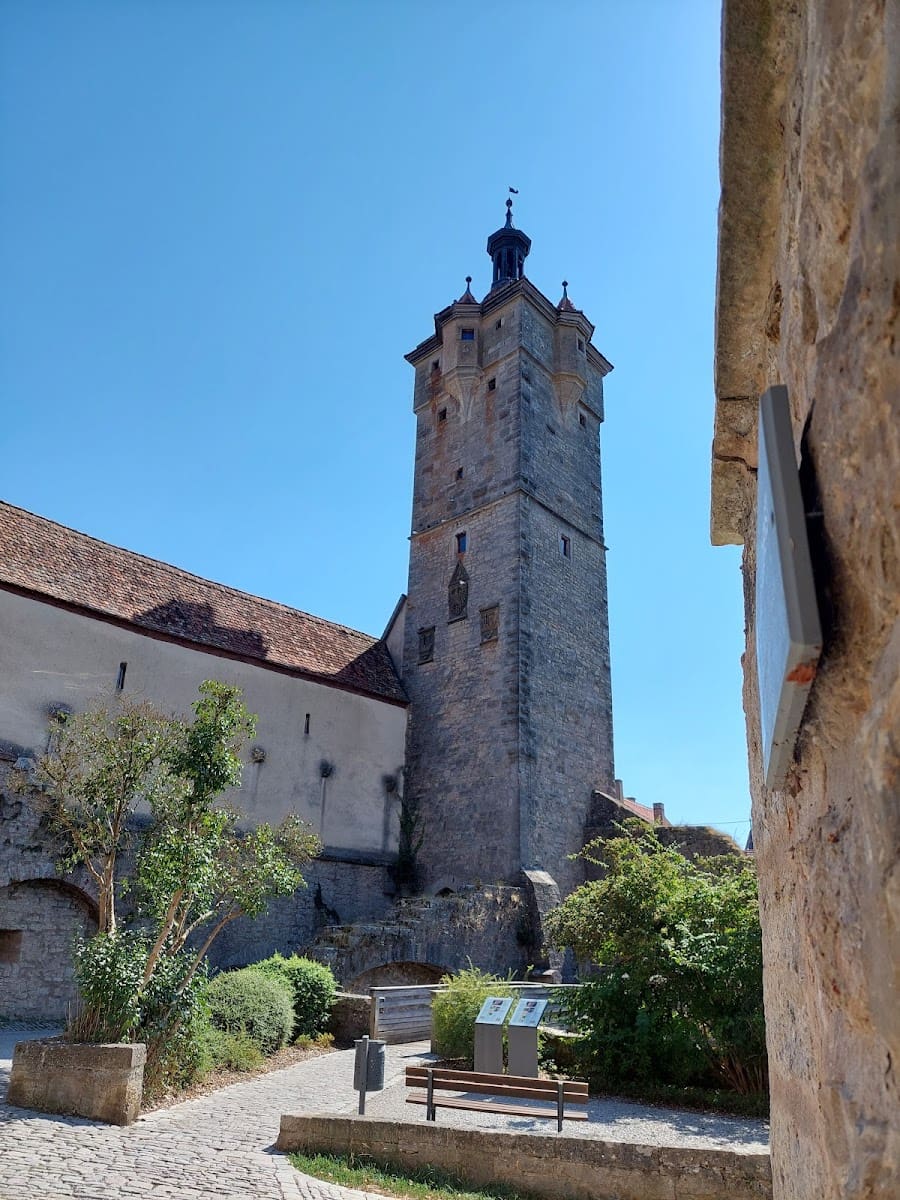
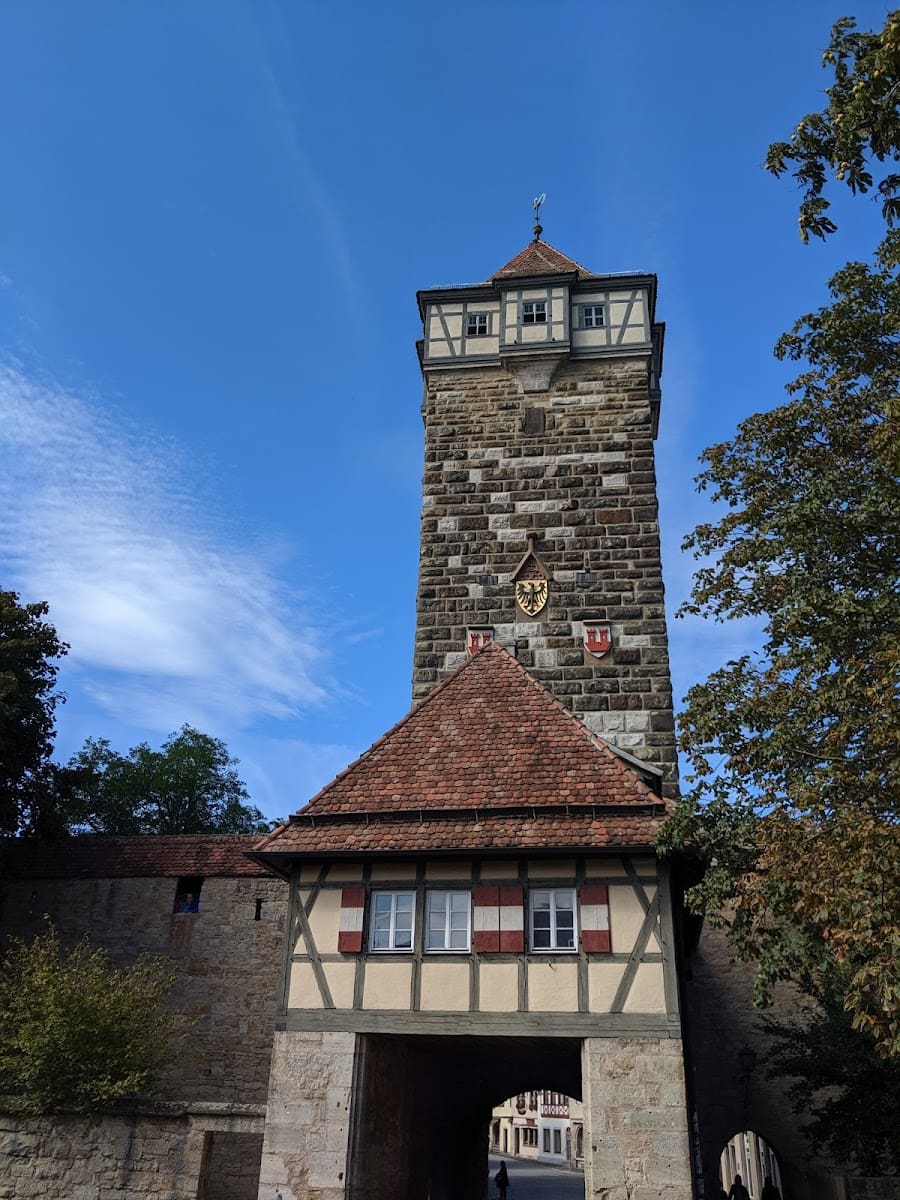
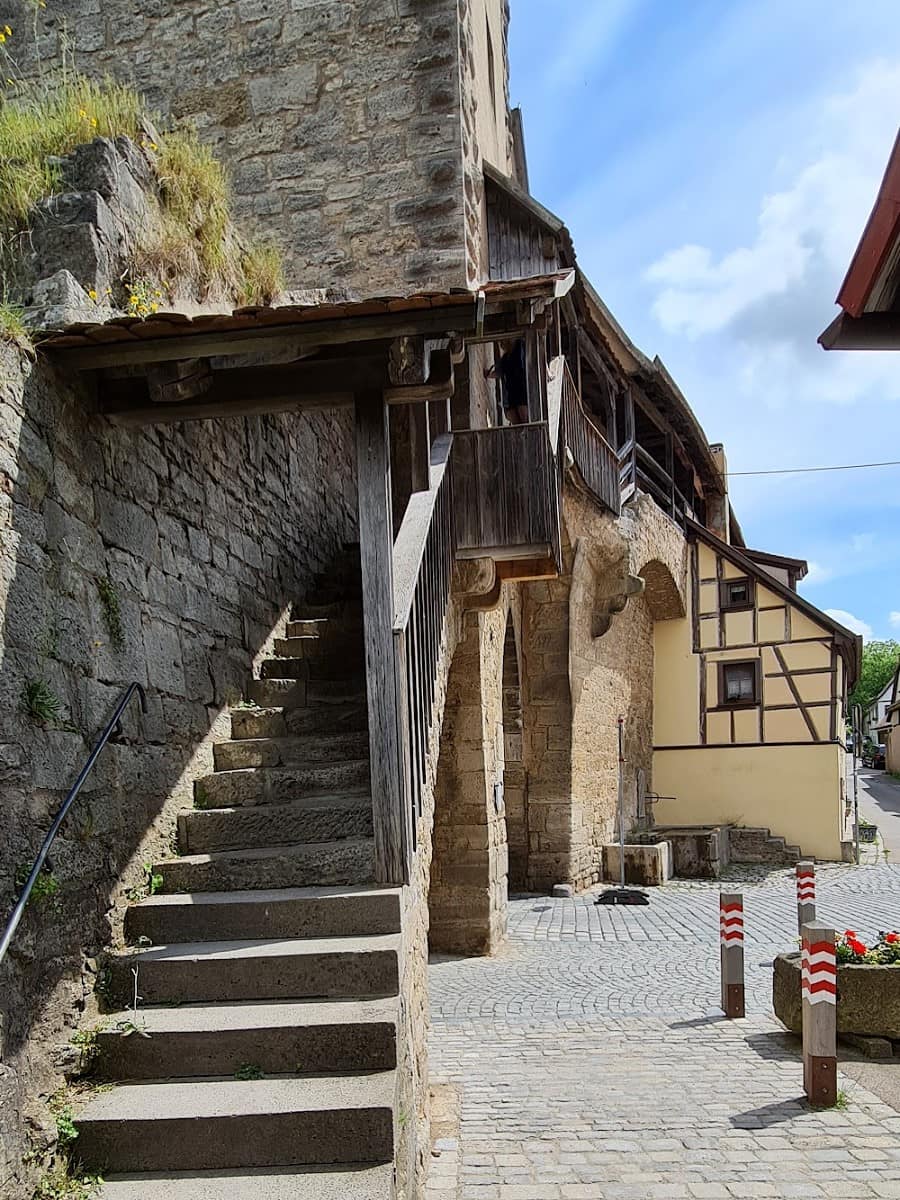
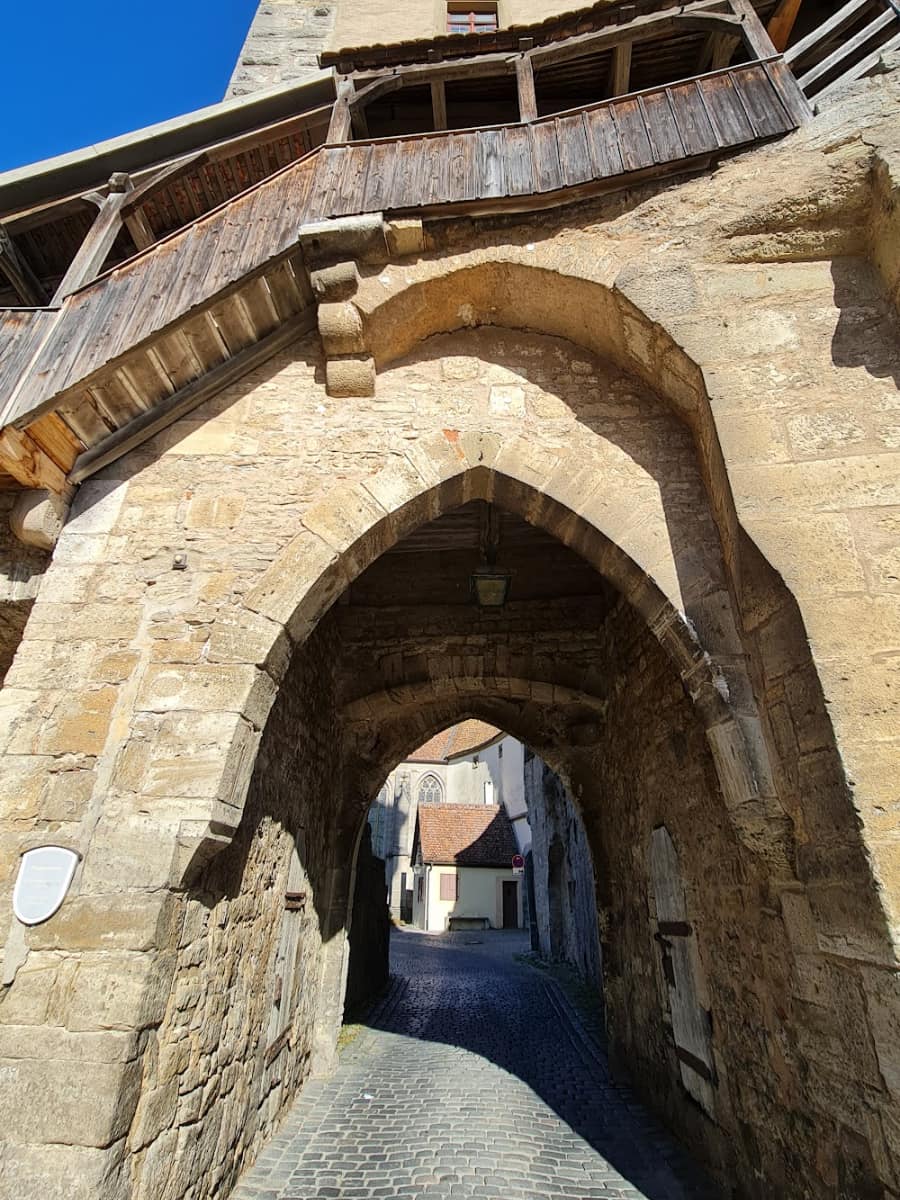
Tower Trail. The complete circuit takes about 2-3 hours if you’re stopping to enjoy the views and explore the towers. I particularly loved the section between Spitaltor and Klingentor, where the panoramic vistas of red-tiled rooftops against the green countryside created a striking contrast.
Free Access. The walls are open daily from 9 AM until dusk, and access is completely free – a rare bargain in today’s tourism landscape!
Best Viewpoints:
- Siebersturm area for classic town views
- Kobolzeller Tor for perfect photography angles
- Burgtor (Castle Gate) for Tauber Valley panoramas
- Spitalbastion for the most impressive fortifications
Practical Advice. Wear comfortable shoes as some sections have uneven steps and narrow passages. I found that starting at Spitalbastion provided a logical route with plenty of exit points if you decide not to complete the entire circuit. During summer, the early morning walk along the eastern wall bathes the town in beautiful light, making the half-timbered buildings glow with warmth and character.
⭐ Best Activities
- Rothenburg ob der Tauber: Private Old Town Walking Tour – Discover Rothenburg’s historic charm with a private guide who will take you through the old town’s most iconic landmarks.
3. Market Square (Marktplatz)
Historic Heart. Rothenburg’s bustling Marktplatz forms the vibrant center of the Old Town, surrounded by colorful medieval buildings that transport you back in time. I spent hours here watching local life unfold against a backdrop of architectural wonders that have witnessed centuries of history. The square’s cobblestones have stories to tell, from medieval markets to the town’s miraculous survival during World War II.
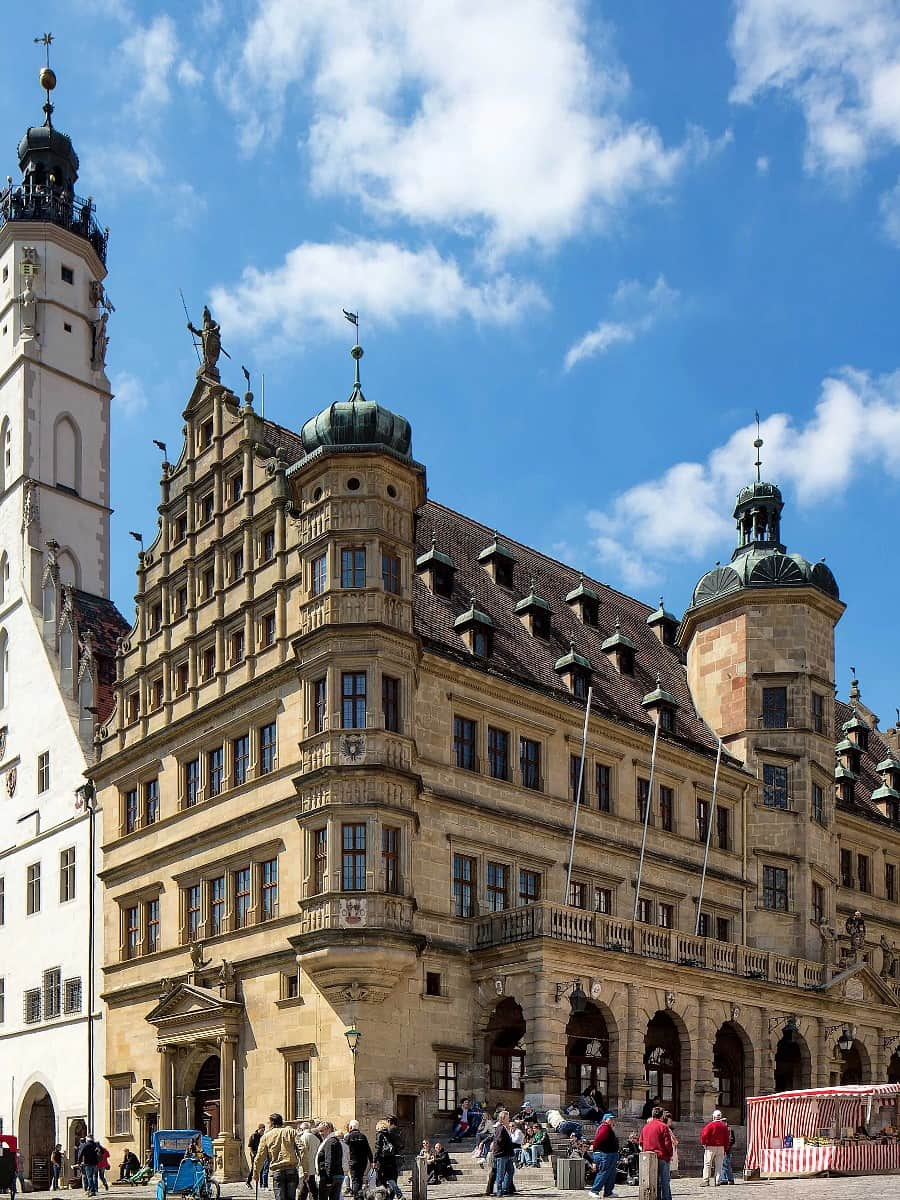
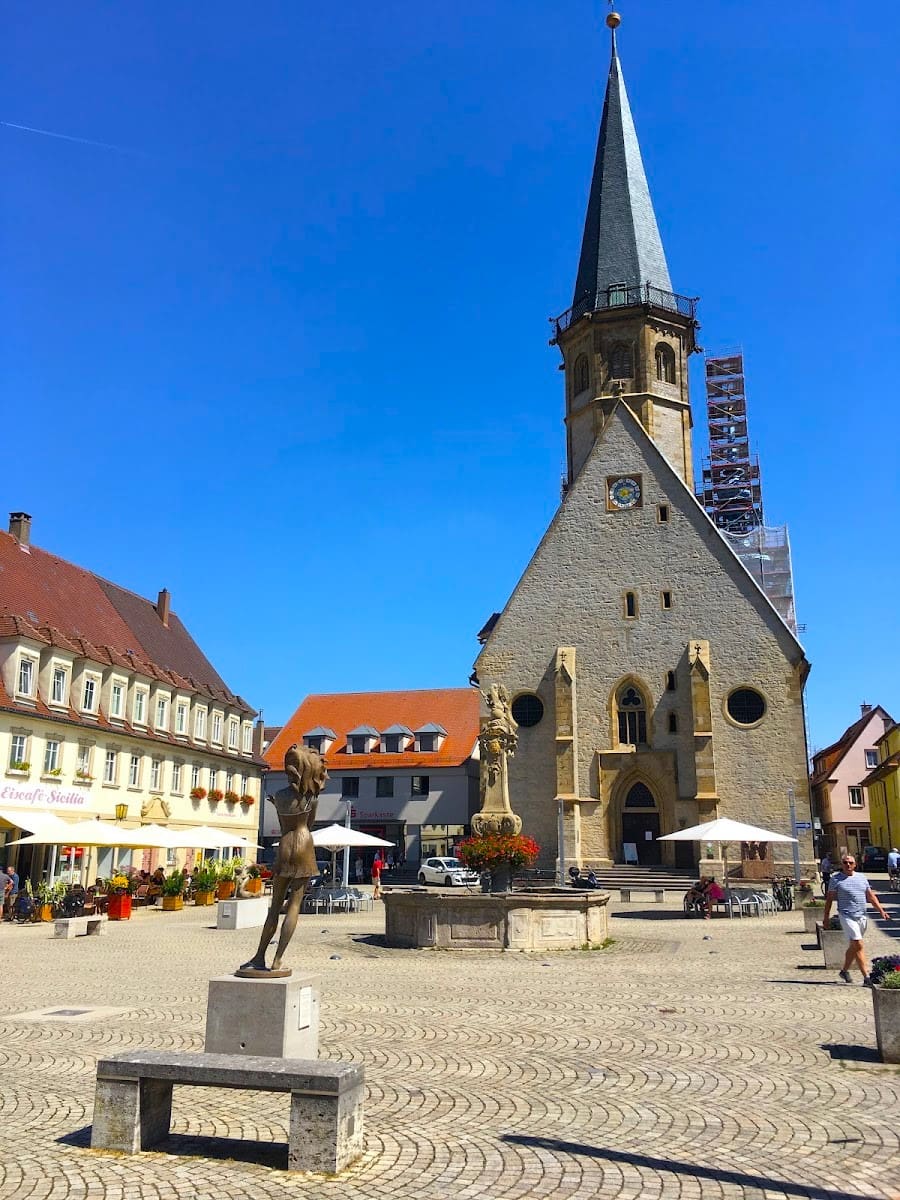
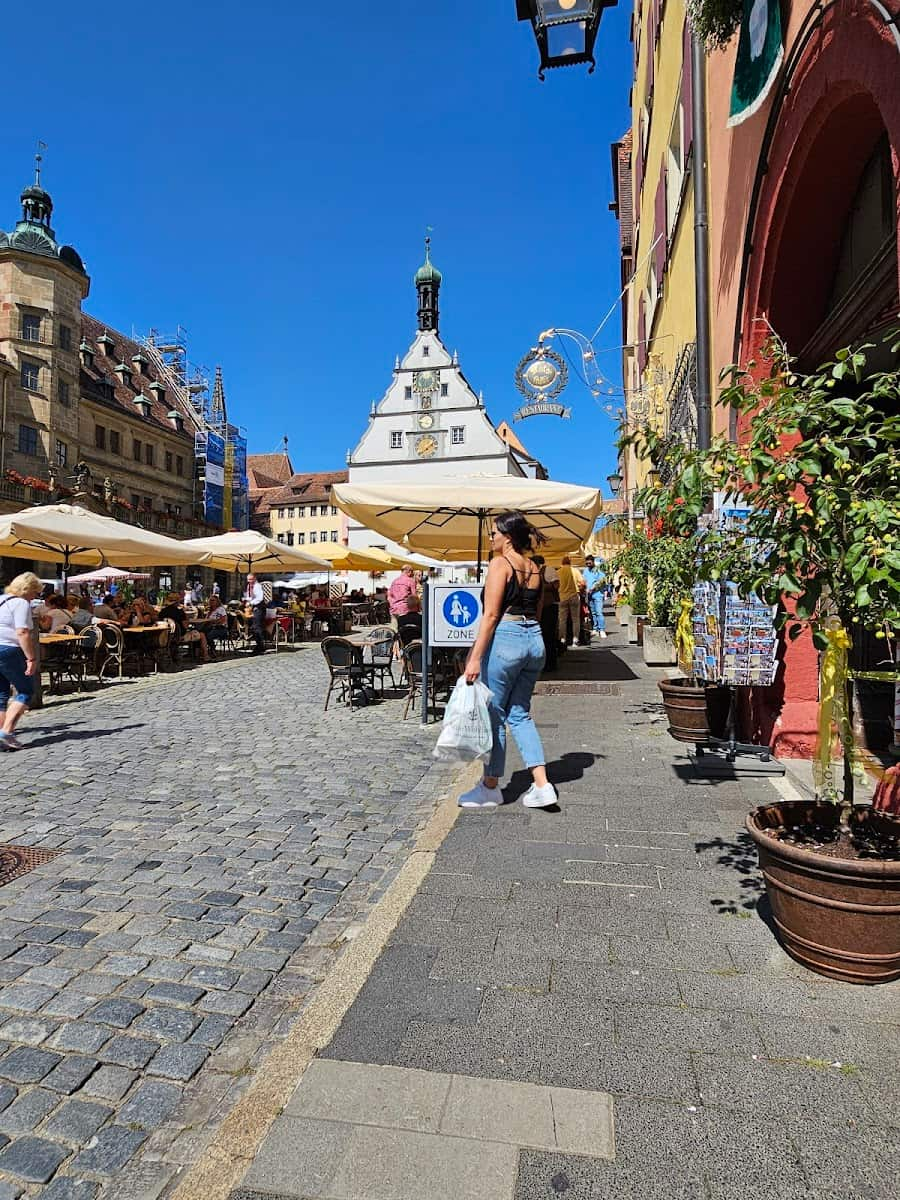
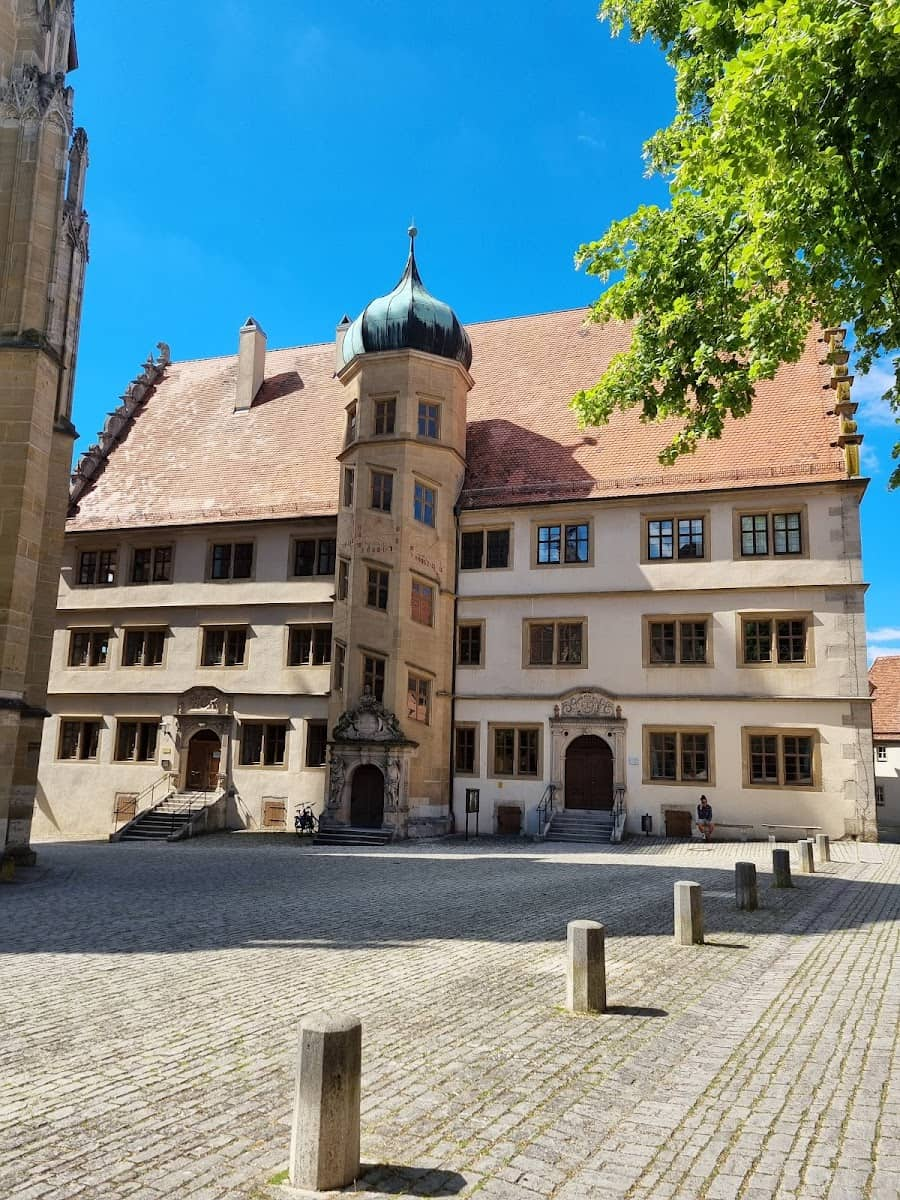
Architectural Gems. The impressive Town Hall dominates the square with its striking combination of Gothic and Renaissance styles. Built in stages between the 13th and 16th centuries, this magnificent structure showcases Rothenburg’s former wealth and importance. I was particularly struck by the contrast between the Gothic section’s soaring lines and the Renaissance building’s harmonious proportions.
Ratstrinkstube Highlights:
- Astronomical clock with moving figures
- Hourly performance between 10 AM and 10 PM
- Intricate mechanical figures depicting the “Meistertrunk” legend
- Original mechanism dating from 1683
Local Legends. The famous Ratstrinkstube (Councillors’ Tavern) with its ornate clock tells the tale of the “Meistertrunk” (Master Draught), when Mayor Nusch supposedly saved the town by drinking 3.25 liters of wine in one gulp. This colorful story comes alive every hour when the clock’s mechanical figures reenact this legendary drinking feat.
Seasonal Magic. During December, the Marktplatz transforms into a winter wonderland with the famous Reiterlesmarkt (Christmas Market). The aroma of glühwein (mulled wine) at 4€ per cup and roasted almonds at 3.50€ fills the air as wooden stalls sell handcrafted ornaments and local specialties beneath twinkling lights.
⭐ Best Activities
- Rothenburg ob der Tauber: Private Guided Walking Tour – Enjoy a personalized walking tour of Rothenburg with a professional guide who will tailor the experience to your interests.
4. Climb the Town Hall Tower
Panoramic Views. For the most breathtaking vistas in Rothenburg, I tackled the 220 steps of the Town Hall Tower (Rathausturm). The narrow, winding staircase is not for the faint-hearted, but the reward at the top is worth every step – a 360-degree panorama of red-tiled roofs, medieval walls, and the rolling Tauber Valley beyond.
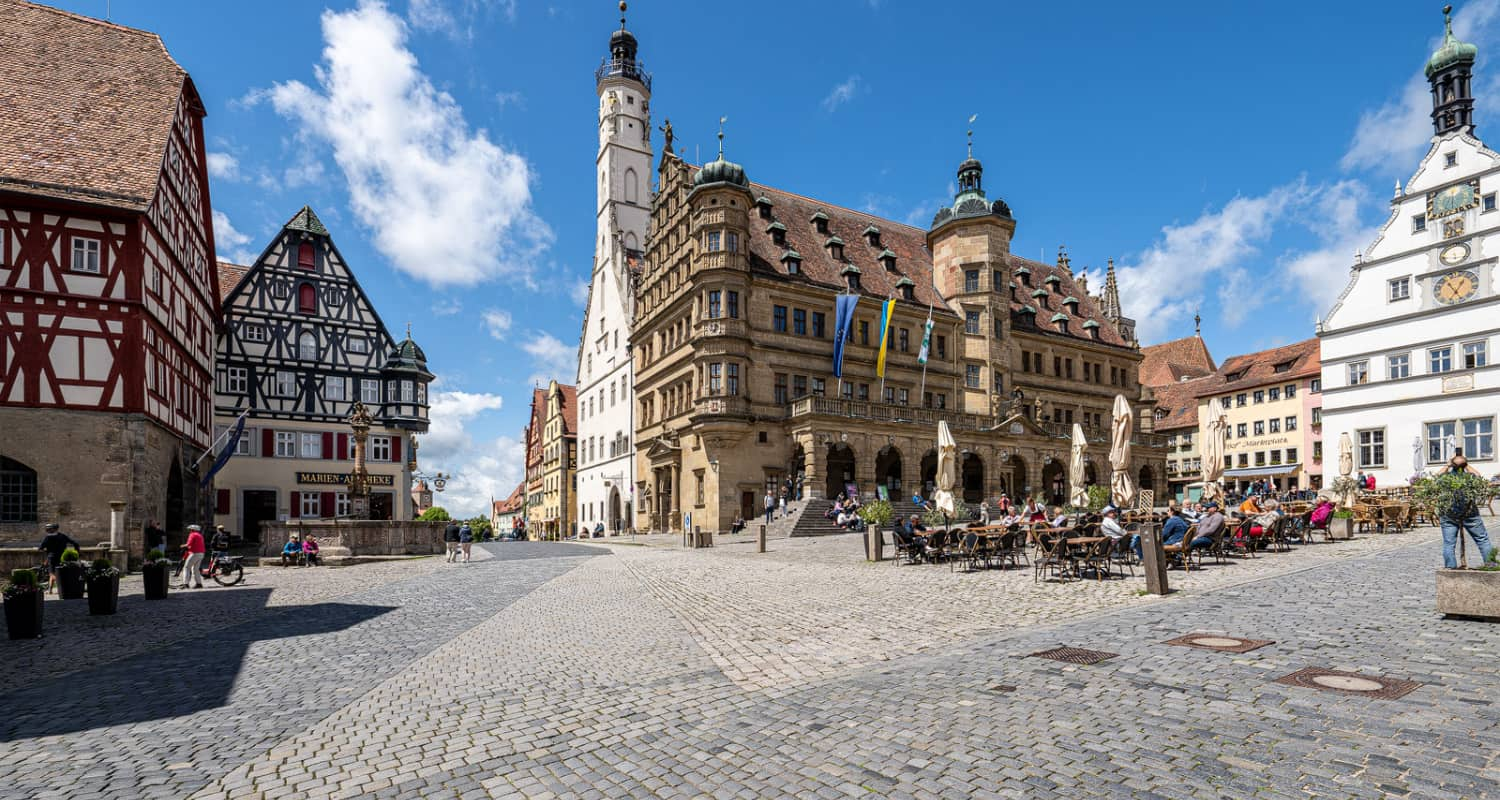
Visitor Information:
- Entrance fee: 5€ for adults, 2.50€ for students
- Opening hours: 9:30 AM – 5 PM (April-October), 10 AM – 4 PM (November-March)
- Closed during severe weather
- Last admission 30 minutes before closing
Photography Paradise. From this elevated perch, I captured stunning photos that perfectly showcase Rothenburg’s medieval layout. The tower offers unparalleled views of St. Jakob’s Church, the town walls, and the patchwork of gardens hidden behind historic buildings. My tip: bring a wide-angle lens to capture the full splendor of the townscape.
Climbing Advice. The ascent involves several narrow passages and steep steps with limited passing space. I recommend visiting during off-peak hours (early morning or late afternoon) to avoid the crowds and enjoy a more peaceful experience at the top. The staff at the entrance can advise about current wait times and weather conditions.
⭐ Best Activities
- Rothenburg ob der Tauber Private Walking Tour With A Professional Guide – Join a professional guide for an in-depth private walking tour of Rothenburg, delving into its rich history and culture.
5. Burggarten (Castle Garden)
Tranquil Retreat. After exploring the bustling streets, I discovered the peaceful Burggarten (Castle Garden) perched on the western edge of town. This meticulously maintained garden sits on the site of the former imperial castle, which was destroyed by an earthquake in 1356. Today, it offers a serene escape with formal hedges, colorful flowerbeds, and shaded benches perfect for resting weary feet.
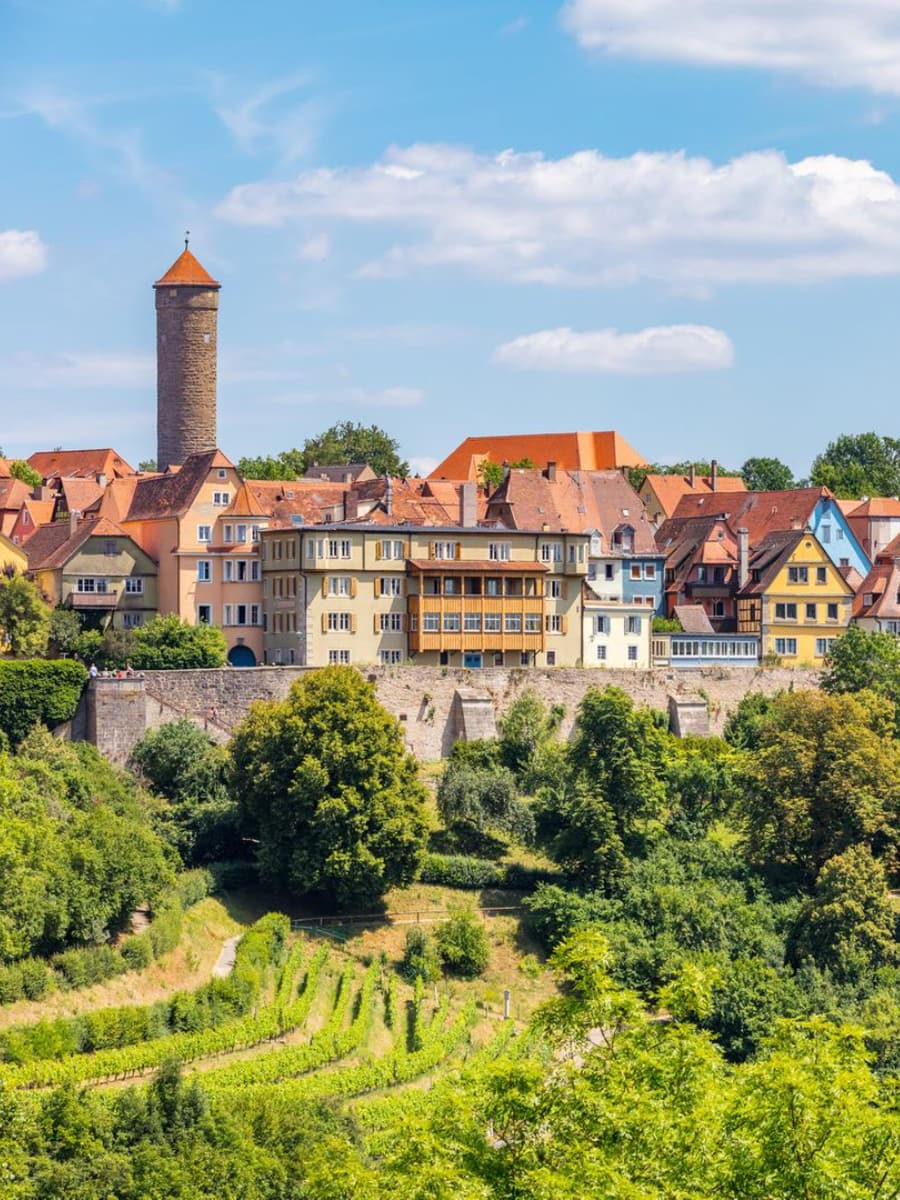
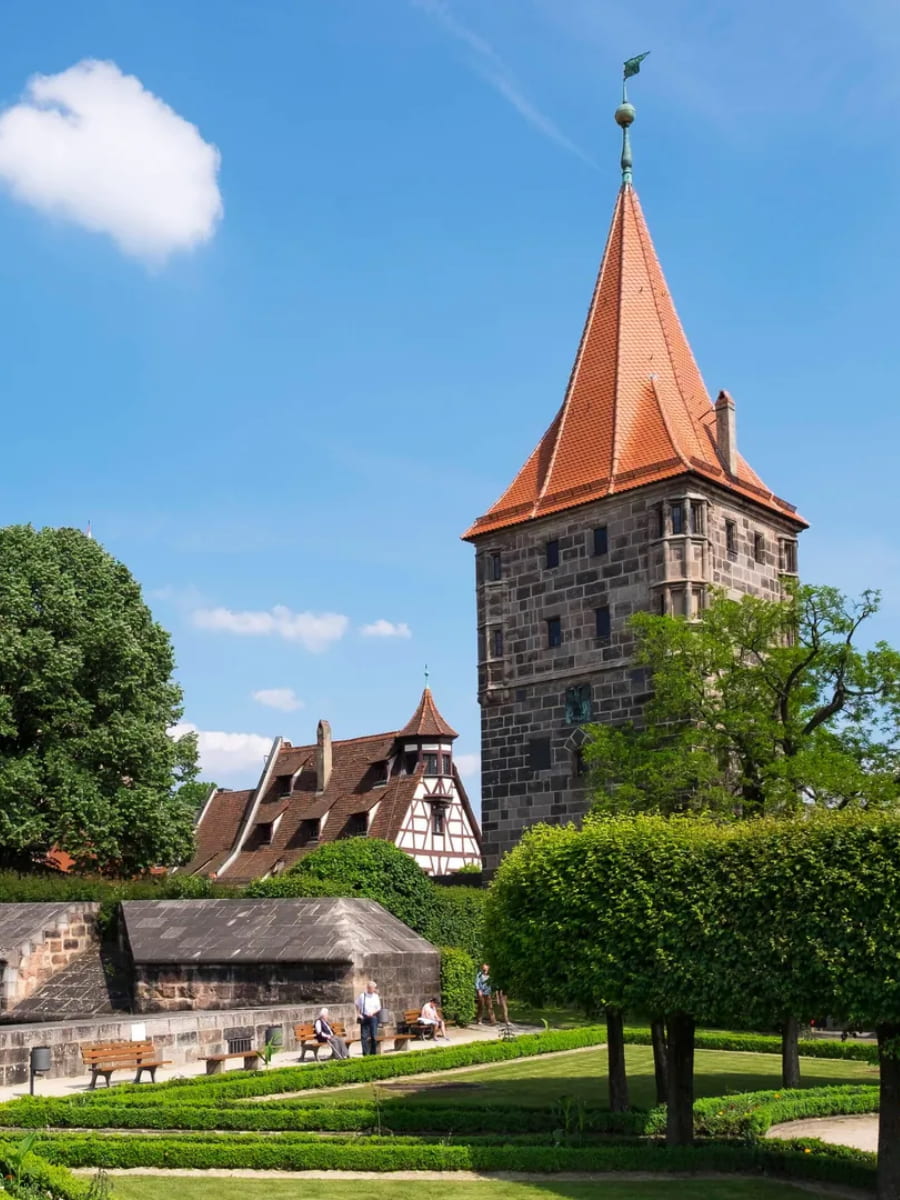
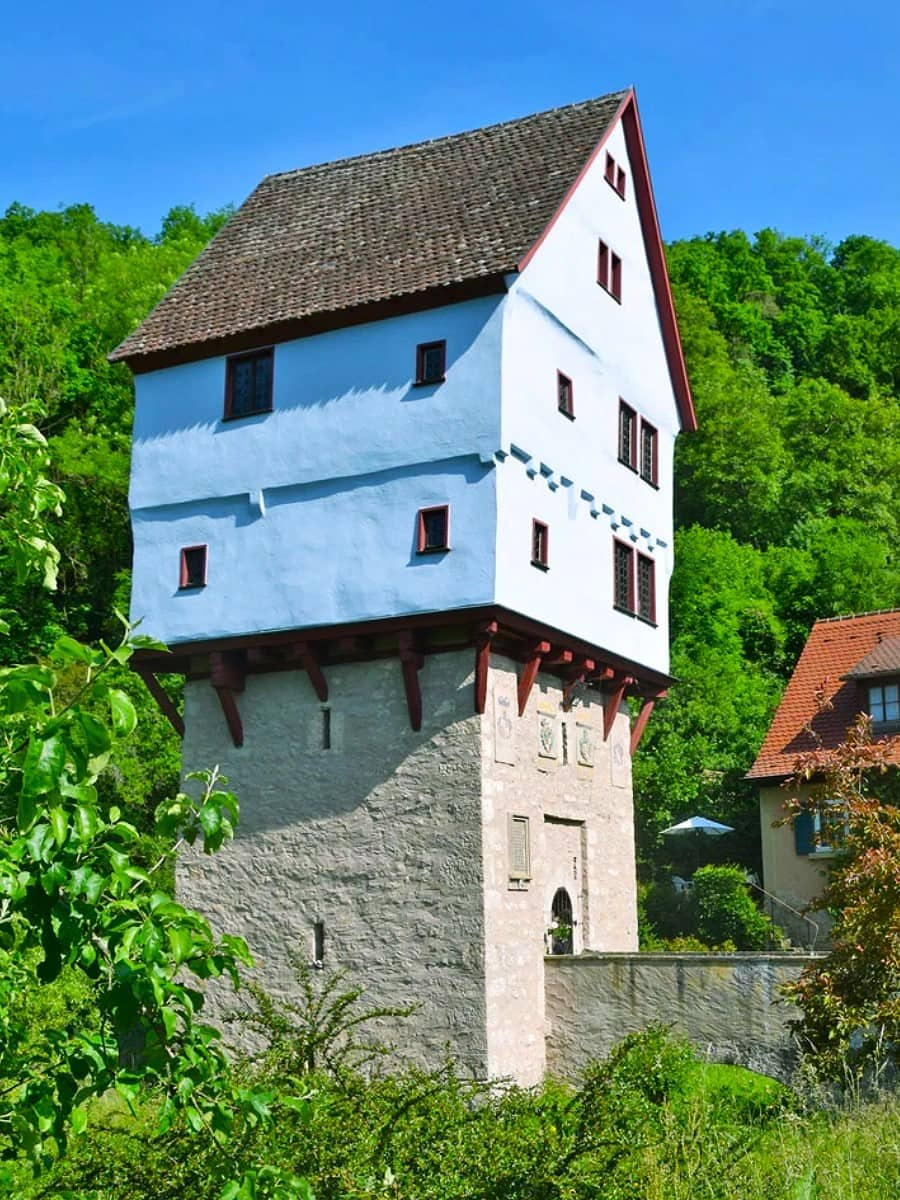
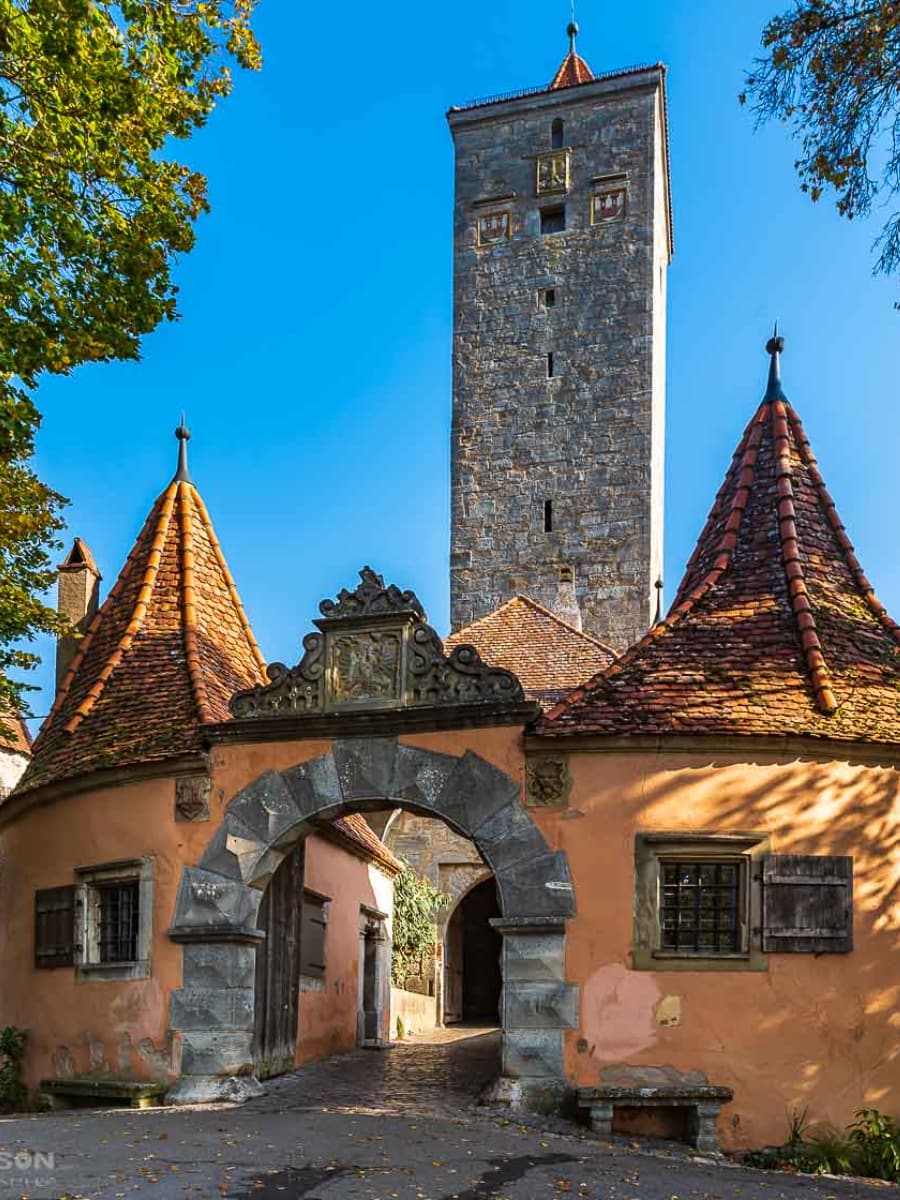
Valley Vistas. The garden’s position on a bluff provides spectacular views across the Tauber Valley. I spent a delightful hour watching the play of light and shadow across the landscape, with the river winding through green meadows below. The 12th-century Topplerschlösschen (Toppler’s Castle) is visible in the distance, adding historical context to the natural beauty.
Garden Features:
- Baroque-style formal gardens
- Historic stone monuments and sculptures
- Viewing platforms with valley panoramas
- Shaded seating areas under ancient trees
- Free entry year-round
Historical Significance. Walking through the garden, I found remnants of the castle’s foundations and informative plaques explaining how this strategic hilltop position helped Rothenburg control important trade routes during the Middle Ages. The contrast between the garden’s refined beauty and its military past creates a fascinating juxtaposition.
Seasonal Splendor. I visited in early summer when the rose garden was in full bloom, creating a fragrant paradise of color. According to locals, each season brings its own charm – spring tulips, summer roses, autumn foliage, and winter’s stark beauty against snow-covered landscapes. No matter when you visit, the Burggarten offers a perfect counterpoint to the town’s medieval architecture.
6. Medieval Crime Museum
Fascinating History. The Mittelalterliches Kriminalmuseum (Medieval Crime Museum) offers a compelling glimpse into the darker side of medieval justice. Housed in a former knight’s hall, this unique museum contains Europe’s largest collection of legal and criminal history artifacts. I was simultaneously horrified and captivated by the extensive displays spanning five centuries of law enforcement and punishment.
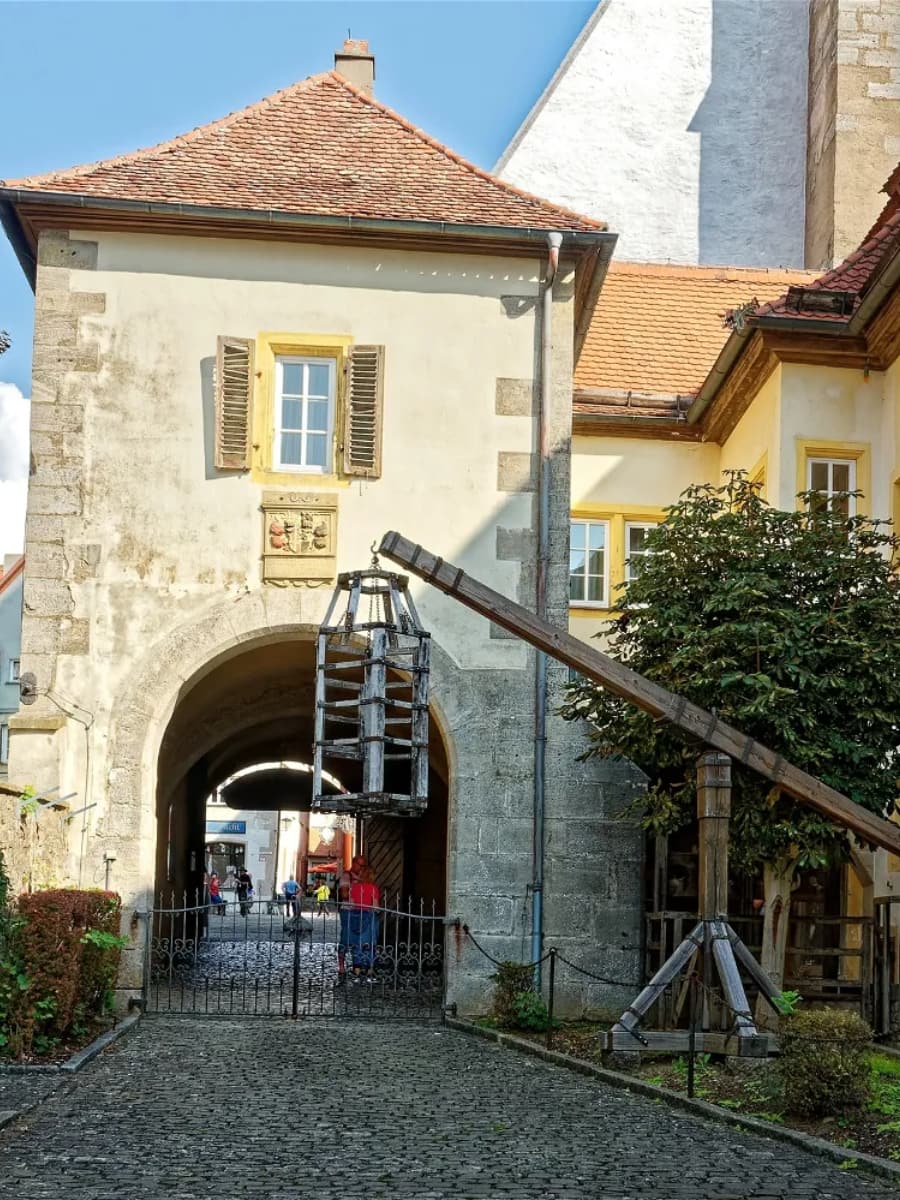
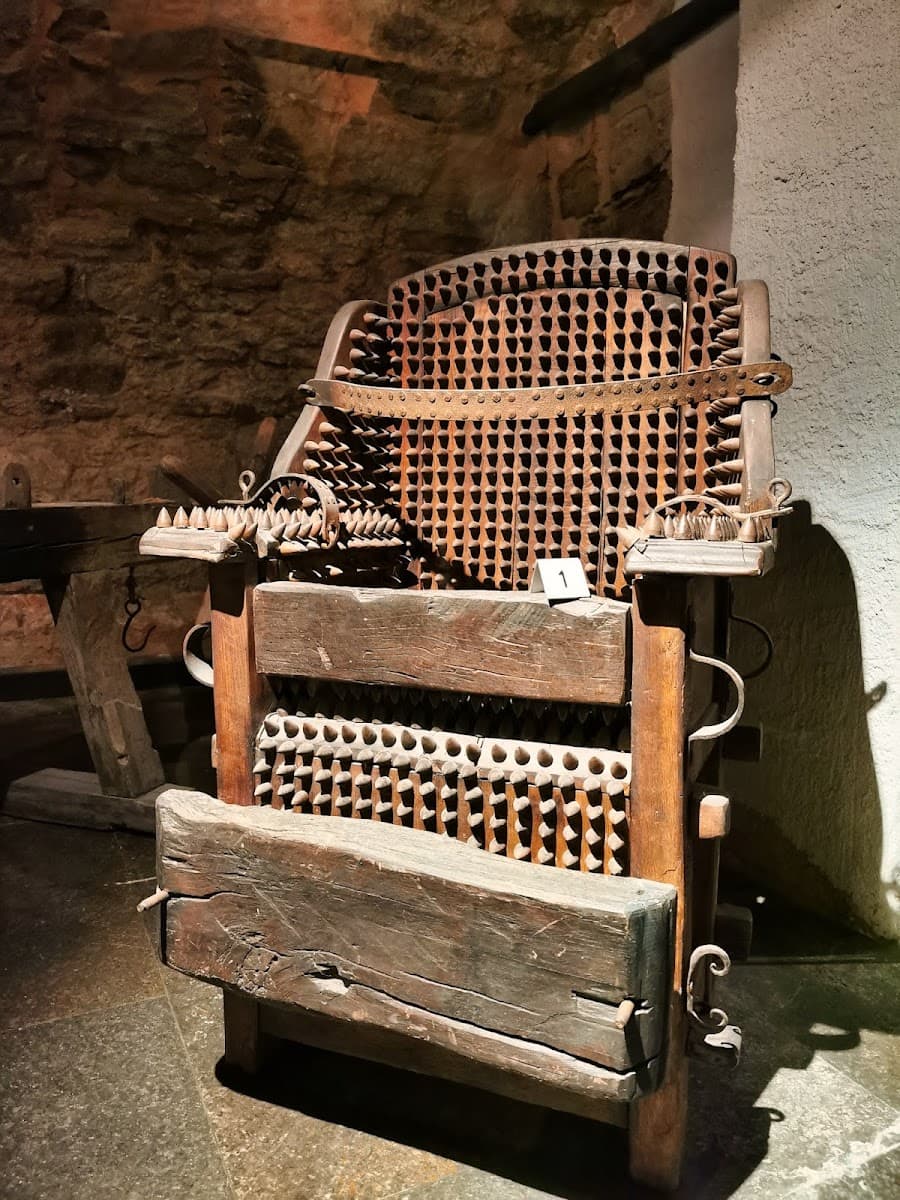
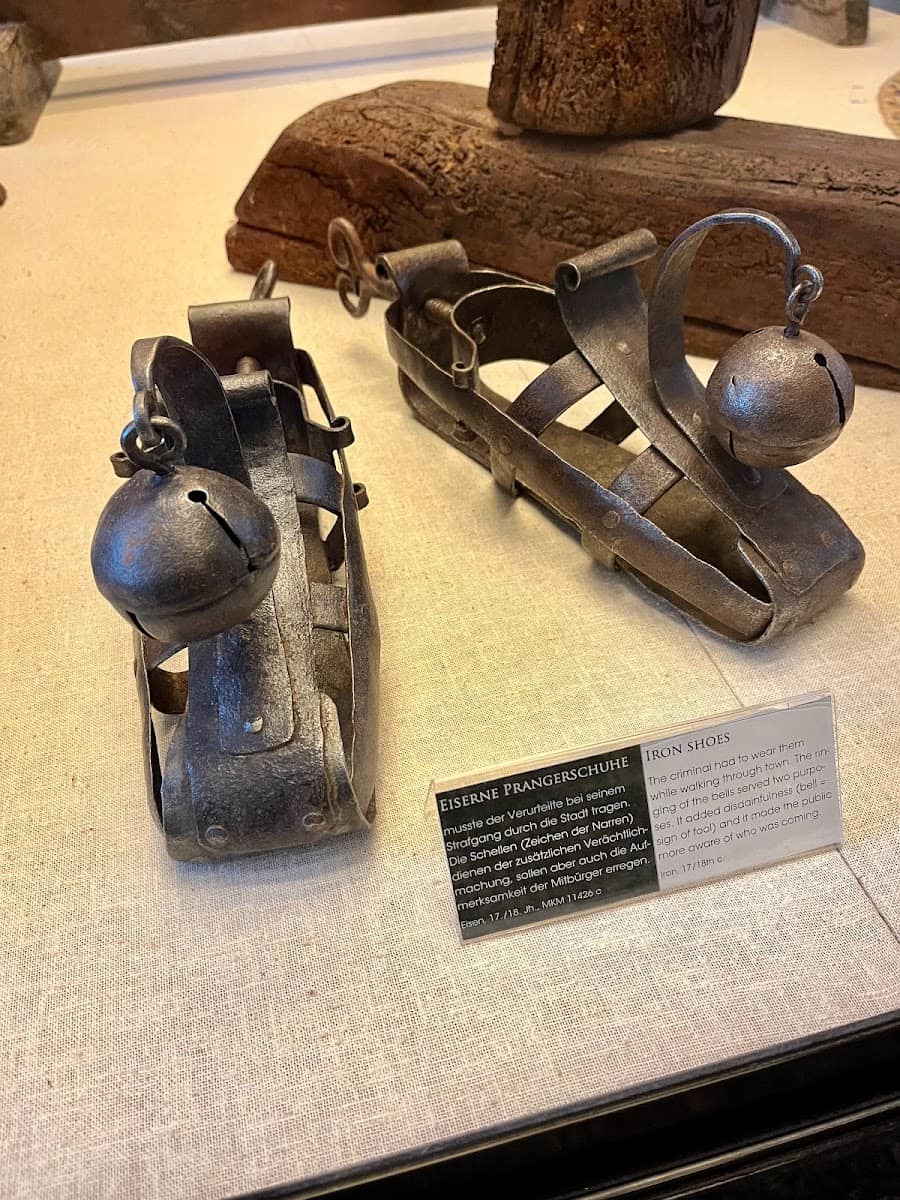
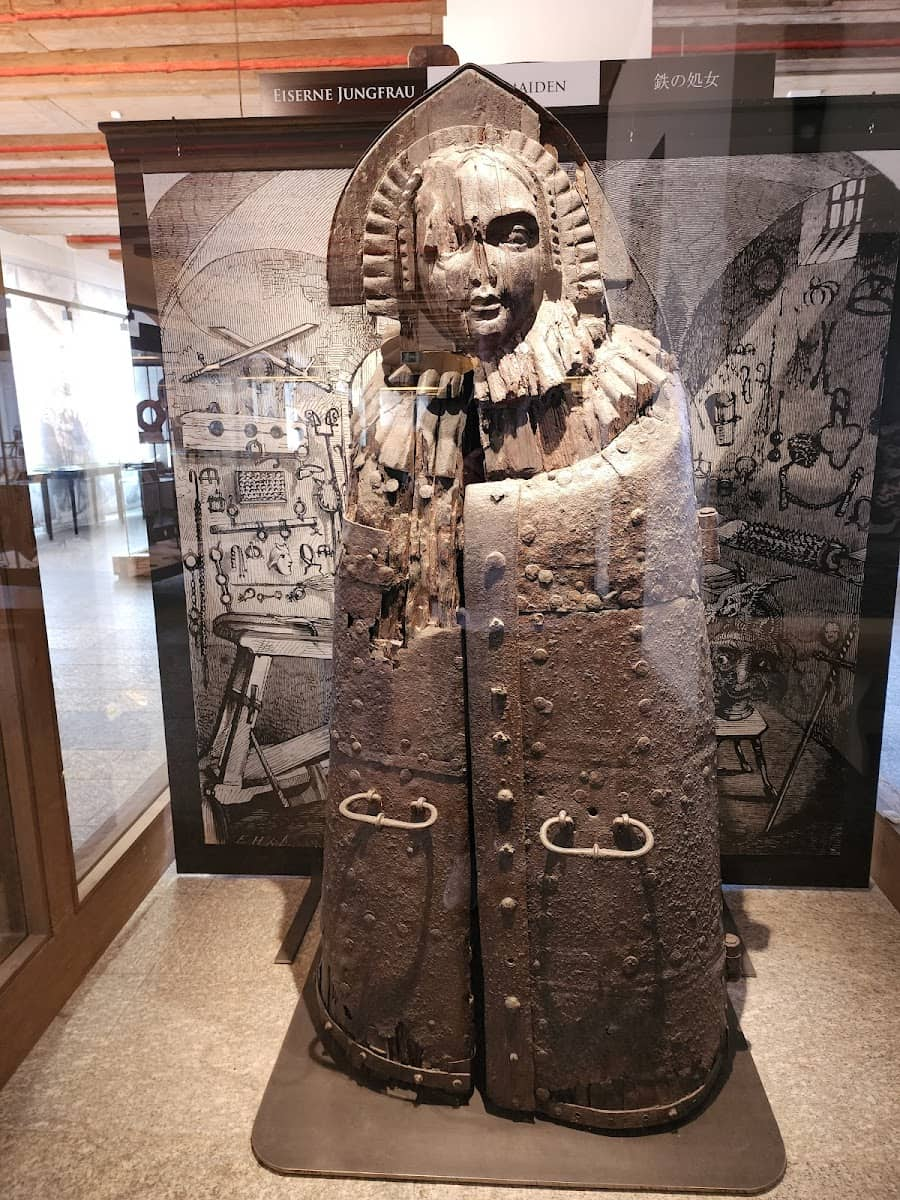
Entrance Details:
- Adult admission: 7€
- Student/senior discount: 5€
- Family ticket: 16€
- Audio guide available in 8 languages: 3€
- Open daily 10 AM – 6 PM (April-October), 1 PM – 4 PM (November-March)
Judicial Artifacts. The museum’s collection includes everything from elaborate torture devices to shame masks used for public humiliation. What impressed me most was the contextual information that explains how these objects reflected the social values and legal principles of their time. The exhibition goes beyond mere sensationalism to provide genuine historical insights.
Cultural Perspective. I found the displays on witch trials particularly moving, documenting how fear and superstition led to the persecution of thousands of innocent people. The museum doesn’t shy away from difficult topics but presents them thoughtfully, encouraging visitors to reflect on how justice systems evolve and sometimes fail.
Educational Value. Despite its macabre subject matter, the museum offers valuable lessons about human rights and the development of modern legal systems. I appreciated how the exhibits connected historical practices to contemporary issues, making this much more than a collection of gruesome curiosities. For history enthusiasts, this museum provides a profound understanding of medieval society that complements Rothenburg’s picturesque exterior.
Cultural and Seasonal Highlights
1. German Christmas Museum
Festive Wonderland. Tucked away near the famous Käthe Wohlfahrt store, the German Christmas Museum (Deutsches Weihnachtsmuseum) celebrates the rich history of Christmas traditions year-round. I was transported into a world of yuletide magic as I wandered through rooms filled with antique ornaments, vintage decorations, and historical displays. The museum perfectly captures why Germany is synonymous with Christmas celebrations worldwide.
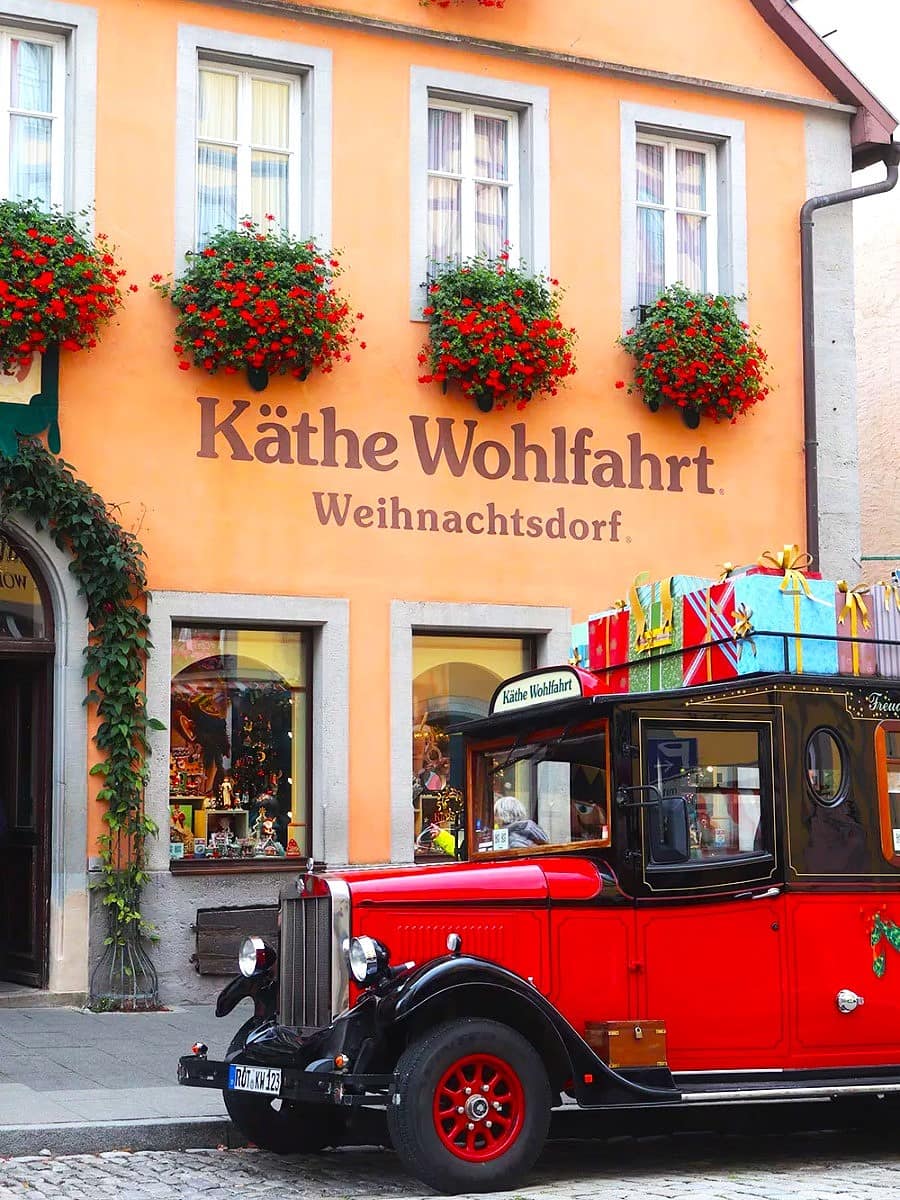
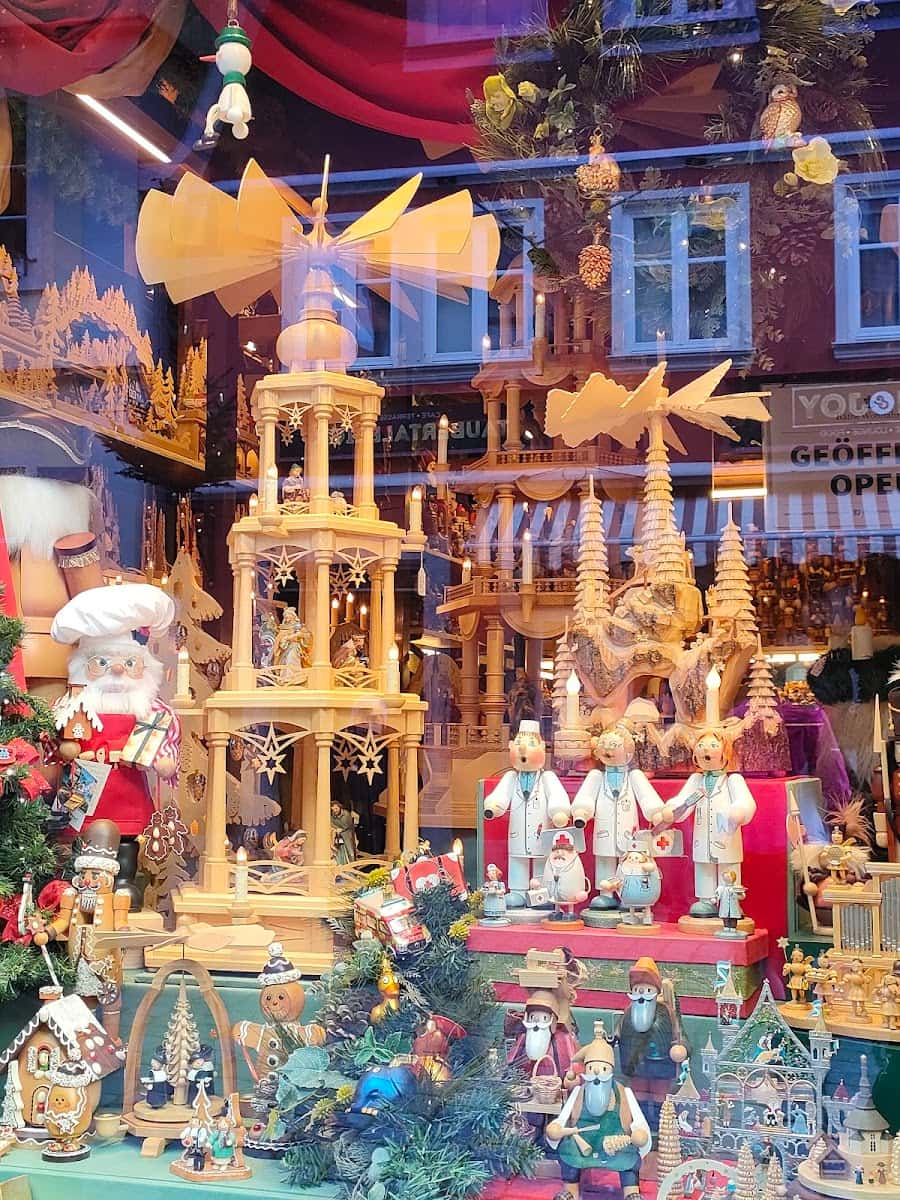
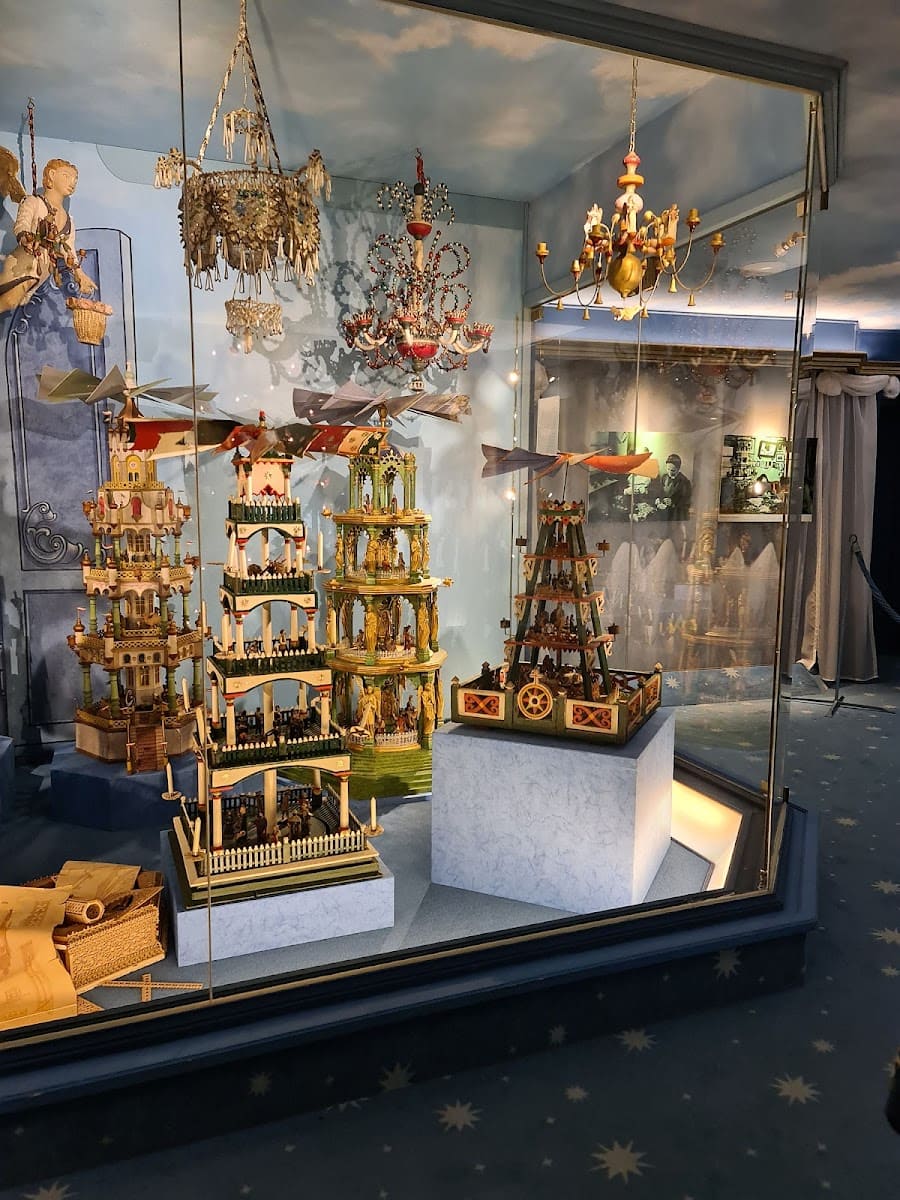
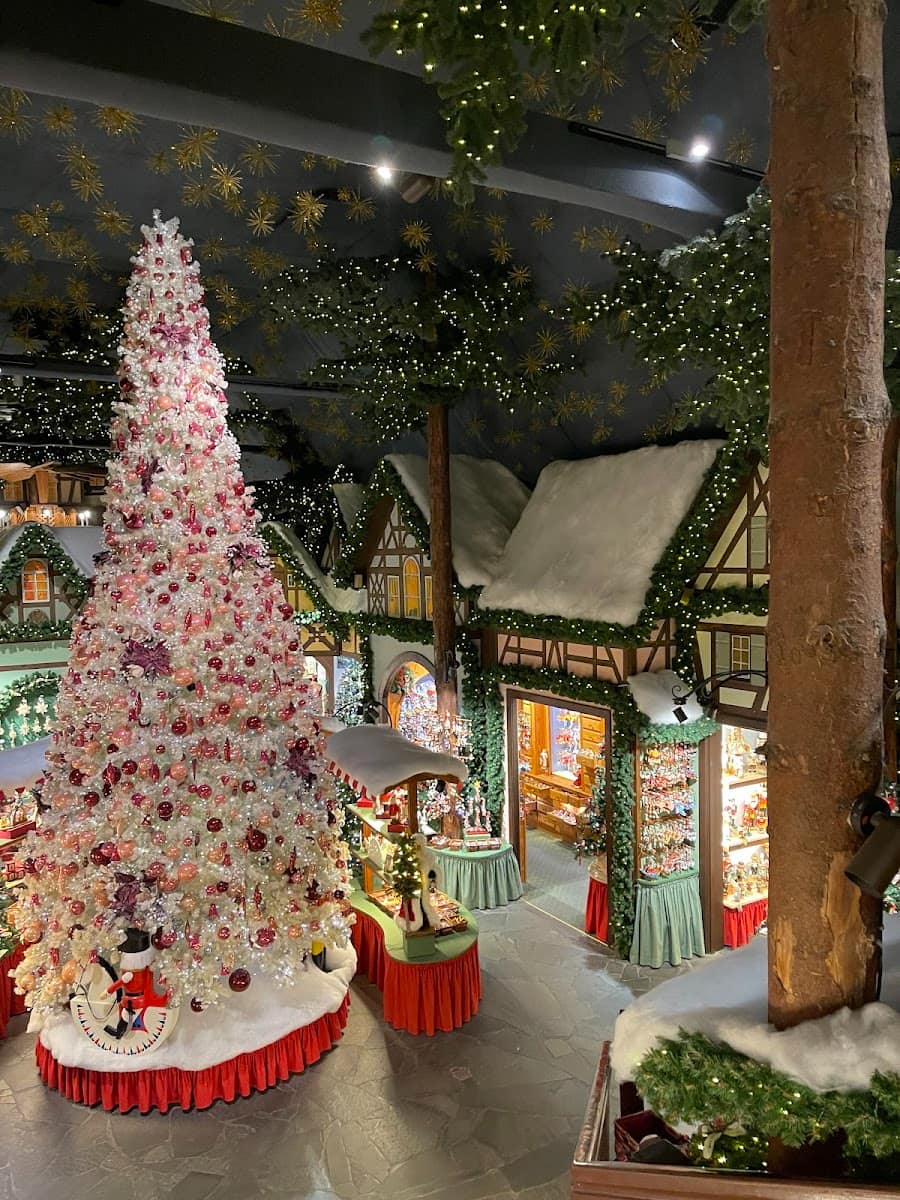
Historical Collection:
- Antique glass ornaments dating back to the 1800s
- Hand-carved wooden nutcrackers and smokers
- Vintage advent calendars and Christmas pyramids
- Original 19th-century Christmas trees and decorations
- Historic Santa Claus and Krampus figures
Educational Journey. What fascinated me most was learning how many “traditional” Christmas customs evolved relatively recently. The museum traces the development of Christmas celebrations from medieval times through the Victorian era when many modern traditions were established. Interactive displays explain how political and social changes influenced holiday customs throughout German history.
Admission Details. Entry costs 5€ for adults and 2€ for children, with a family ticket available for 12€. I found the 4€ audio guide well worth the investment, as it provides fascinating details about the exhibits. The museum operates year-round from 10 AM to 5 PM, though hours extend during the Christmas season.
Gift Shop Treasures. After exploring the museum, I couldn’t resist browsing the adjacent shop filled with handcrafted ornaments and decorations. While prices aren’t cheap (ornaments range from 8-30€), the quality and craftsmanship justify the cost for these potential family heirlooms.
2. Rothenburg Christmas Market (Seasonal)
Magical Atmosphere. Rothenburg’s Reiterlesmarkt transforms the medieval town into a winter wonderland from late November through December 23rd. Unlike commercialized markets in larger cities, Rothenburg’s Christmas market retains an authentic charm that captured my heart. The market dates back to the 15th century, making it one of Germany’s oldest and most traditional holiday celebrations.
Market Highlights:
- Over 60 wooden stalls selling handcrafted gifts
- Traditional Franconian food specialties
- Daily musical performances at the market square
- Special events including the arrival of the Reiterle figure
- Beautifully decorated medieval buildings as backdrop
Culinary Delights. The aromas of the market are intoxicating – I sampled hot Glühwein (4€, including a 2€ deposit for the decorative mug), freshly baked Lebkuchen (gingerbread, 3.50€), and savory Bratwurst (4.50€) served on crusty rolls. For a sweet treat, try the market’s famous hot chocolate topped with whipped cream (3.50€) – perfect for warming cold hands while browsing the stalls.
Evening Enchantment. While daytime offers a festive atmosphere, I found the market truly magical after sunset when thousands of twinkling lights reflect off snow-dusted medieval buildings. The market operates daily from 11 AM to 8 PM, with extended hours until 9 PM on Fridays and Saturdays. My tip: visit on weekdays to avoid weekend crowds from nearby cities.
Shopping Opportunities. I discovered unique gifts including hand-blown glass ornaments (8-25€), wooden crafts from the nearby Franconian Forest (10-40€), and locally produced honey and jams (5-8€ per jar). The vendors are often the artisans themselves, happy to explain their craftsmanship and traditions.
3. Night Watchman Tour
Theatrical Experience. Following the charismatic Night Watchman through Rothenburg’s dimly lit streets was the highlight of my visit. Dressed in authentic medieval costume complete with hellebard (medieval weapon), lantern, and horn, this entertaining guide brings the town’s history to life through captivating storytelling and dry humor.
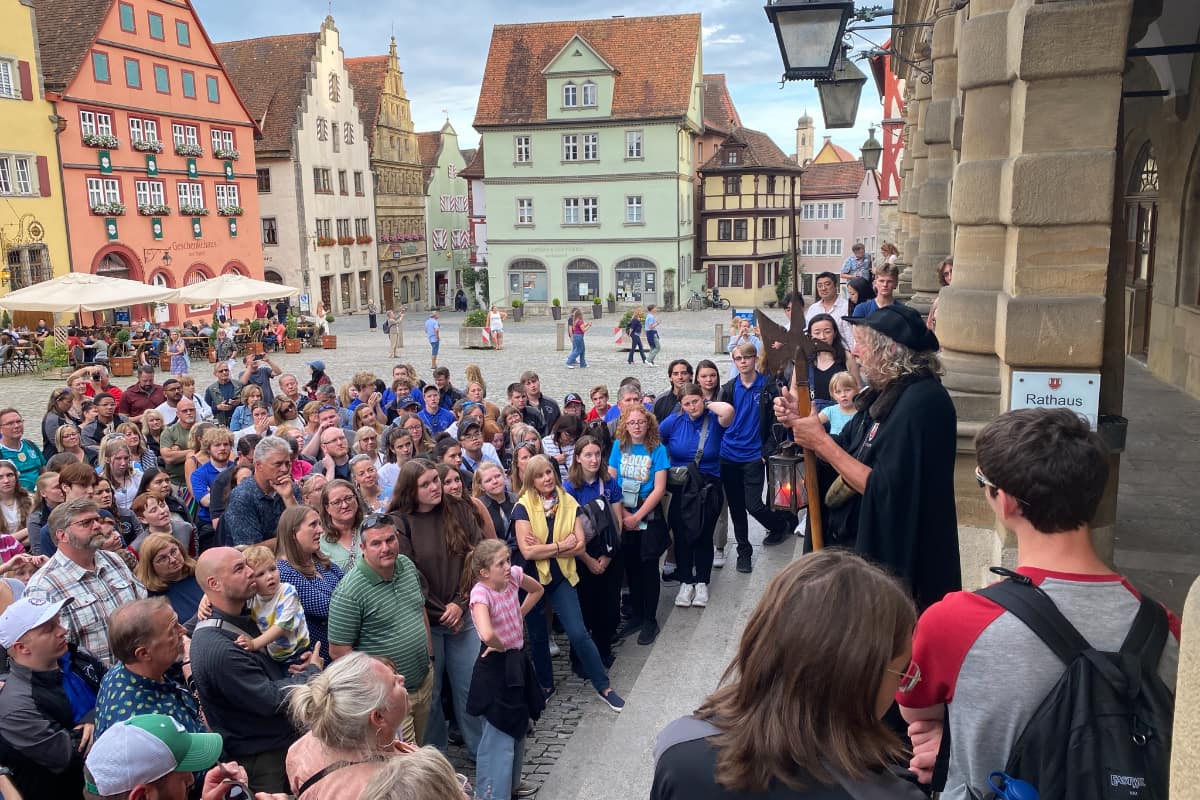
Tour Logistics:
- Runs nightly at 8 PM (March-December)
- Additional 9:30 PM tour during summer months
- Meeting point: Market Square by the Town Hall
- Duration: approximately 60 minutes
- Cost: 9€ for adults, 4€ for children (cash only)
- No reservation needed (except for large groups)
Historical Insights. As we wandered through atmospheric alleyways, our guide explained the night watchman’s original role – not as a popular attraction but as a crucial yet lowly position in medieval society. These men risked their lives patrolling for fires and criminals while townspeople slept safely behind locked doors. The tour cleverly weaves historical facts with entertaining anecdotes about life in medieval Rothenburg.
Local Perspective. What makes this tour special is how it reveals the authentic history beneath Rothenburg’s picture-perfect facade. I learned about the town’s rise as a wealthy trading center, its devastation during the Thirty Years’ War, and its remarkable preservation through the centuries. The guide doesn’t shy away from darker aspects of history but presents them with appropriate humor and context.
Practical Advice. The tour operates regardless of weather, so dress accordingly. I recommend arriving 15 minutes early to secure a good spot, especially during high season when groups can exceed 100 people. While photography is permitted, the dim lighting and moving group make capturing good images challenging – better to simply enjoy the experience.
⭐ Best Activities
- Rothenburg: Private Night Watchman Tour – Experience Rothenburg by night with a private watchman guiding you through its medieval streets and sharing fascinating stories.
Hidden Gems in Rothenburg ob der Tauber
1. Käthe Wohlfahrt Christmas Village
Christmas Paradise. Stepping into the flagship Käthe Wohlfahrt store feels like entering Santa’s workshop regardless of the season. This world-famous Christmas emporium occupies a historic building in the heart of Rothenburg, where room after room overflows with festive treasures. I spent nearly two hours exploring the seemingly endless displays of ornaments, nutcrackers, and decorations.
Store Layout:
- Multiple themed rooms across several floors
- Central rotating Christmas tree with hundreds of ornaments
- Specialized sections for different decoration styles
- Demonstration area for craftspeople (seasonal)
- Year-round Christmas atmosphere regardless of weather
Ornament Selection. The store offers everything from affordable glass balls (starting around 5€) to elaborate handcrafted pieces costing hundreds of euros. I was particularly drawn to the hand-painted glass ornaments depicting Rothenburg scenes (15-30€) that make perfect souvenirs. The friendly staff will carefully wrap purchases for safe transport home.
Shopping Experience. Despite being a popular tourist destination, I found the store maintains a magical atmosphere through careful design and attentive service. The multi-level layout with its winding staircases and hidden corners creates a sense of discovery as you explore. During December, expect significant crowds – I recommend visiting early morning or late afternoon for a more relaxed experience.
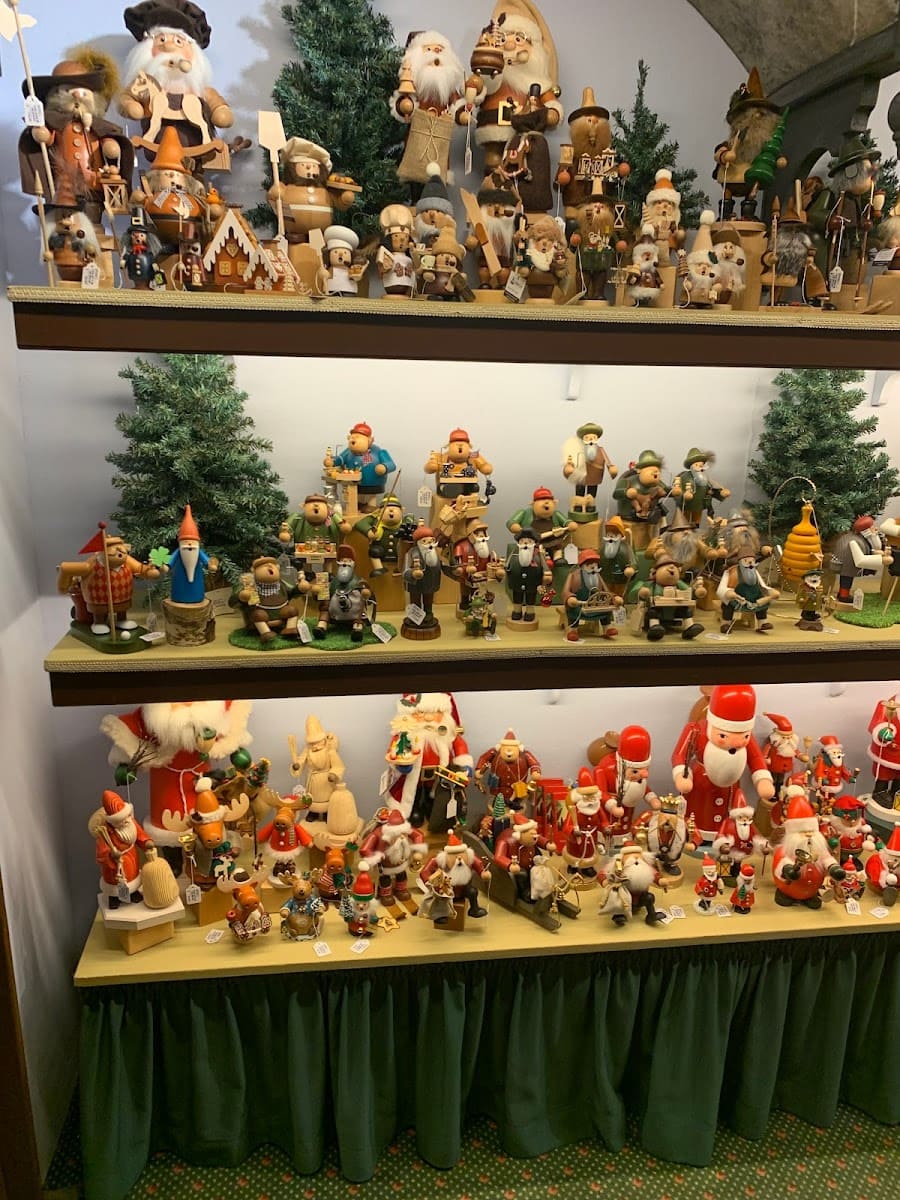
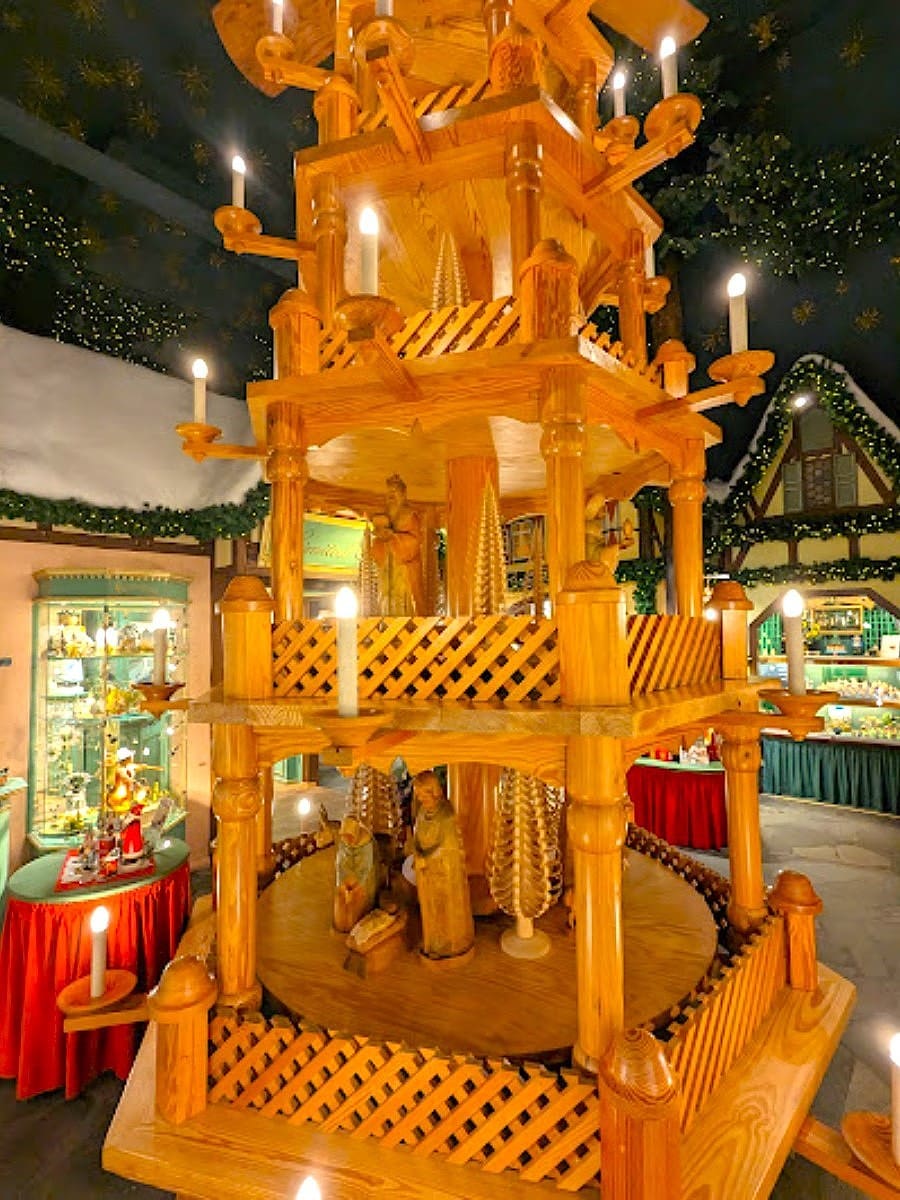
Beyond Ornaments. Beyond Christmas decorations, the store offers music boxes, cuckoo clocks, wooden toys, and seasonal home decor. I was fascinated by the collection of traditional smoking men (Räuchermännchen) that use incense cones to create the illusion of a smoking pipe (prices range from 40-120€ depending on size and complexity).
2. Topplerschlösschen (Toppler’s Little Castle)
Hidden Treasure. Far from the tourist crowds, I discovered the charming Topplerschlösschen nestled in the Tauber Valley below the town walls. This unique tower house was built in 1388 as a summer residence for Rothenburg’s wealthy mayor Heinrich Toppler. The 20-minute walk from town through peaceful meadows is part of the experience, offering stunning views of Rothenburg perched on its plateau above.
Architectural Curiosity. The structure combines a stone base with a half-timbered upper section, creating an unusual silhouette against the valley landscape. What makes this building special is its authenticity – unlike many of Rothenburg’s reconstructed buildings, Topplerschlösschen remains largely original, offering a genuine glimpse into medieval domestic architecture.
Visiting Details:
- Open weekends only, April through October
- Limited hours: 11 AM – 4 PM
- Admission: 2.50€ per person
- Access via footpath from Tauber Valley Road
- Interior furnished with period pieces
- Guided tours available in German only
Historical Significance. Mayor Toppler’s story adds intrigue to this architectural gem. Despite his contributions to Rothenburg’s prosperity, he died mysteriously in a dungeon after falling from political favor. The small museum inside contains artifacts related to his life and the medieval governance of Rothenburg, providing context often missing from more popular attractions.
Photography Opportunities. The castle’s picturesque setting makes it a favorite subject for photographers seeking authentic medieval architecture away from crowded streets. I found early morning light particularly flattering, with mist often rising from the Tauber River creating an ethereal atmosphere around the structure.
3. Monastery Garden
Peaceful Oasis. Hidden behind the former Franciscan Church lies one of Rothenburg’s most tranquil spaces – the meticulously reconstructed Monastery Garden. I stumbled upon this green haven while seeking respite from the bustling tourist streets and spent a delightful hour among medicinal herbs, flowering plants, and geometric hedges that follow medieval gardening principles.
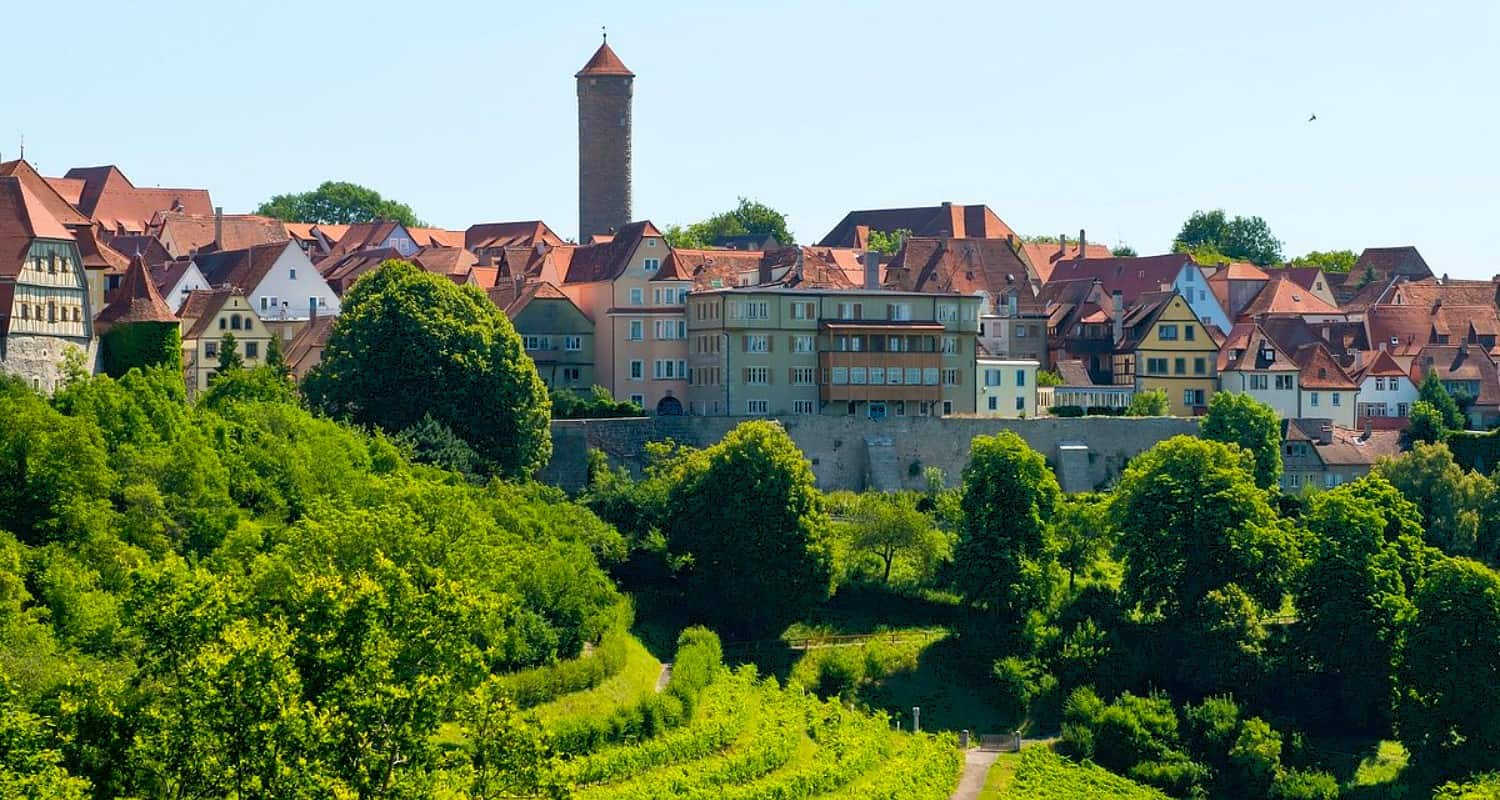
Garden Design:
- Divided into four quadrants representing paradise
- Medicinal herb section with labeled plants
- Ornamental flowers arranged by traditional uses
- Central fountain with stone benches
- Shaded areas perfect for contemplation
Historical Context. Interpretive signs (in German and English) explain how monastery gardens served both practical and spiritual purposes in medieval life. Monks cultivated herbs for medicine, vegetables for sustenance, and flowers for church decoration – all arranged according to symbolic Christian meanings. The garden’s restoration follows historical records to accurately represent medieval horticulture.
Seasonal Highlights. I visited in late spring when medicinal herbs like sage, thyme, and lavender were flourishing alongside traditional roses and lilies. According to the caretaker, each season brings different botanical highlights, from early spring bulbs to late summer flowering herbs. Even in winter, the garden’s formal structure provides visual interest through geometric patterns.
Visitor Information. The garden is open daily from 8 AM until dusk with free admission. Unlike many of Rothenburg’s attractions, this peaceful spot rarely gets crowded, making it perfect for quiet reflection or a picnic lunch. The adjacent former Franciscan Church (now Protestant) is also worth exploring for its beautiful Gothic architecture and medieval stained glass.
Food and Drink Experiences
1. Try Schneeballen (Snowballs)
Local Delicacy. No visit to Rothenburg ob der Tauber is complete without trying the town’s signature sweet treat – Schneeballen (snowballs). These distinctive pastries are made of shortcrust pastry cut into strips, formed into a ball shape, deep-fried, and traditionally dusted with powdered sugar. I was immediately intrigued by these baseball-sized treats displayed in virtually every bakery window throughout the town.
Taste Experience. Despite their donut-like appearance, Schneeballen have a completely different texture – crunchy on the outside with a somewhat bland interior. The traditional powdered sugar version costs around €2.50-3.00, while specialty flavors can reach €4-5. I found the smaller versions (under €2) provided a better sampling experience, as the full-sized treats can be quite filling.
Popular Varieties:
- Classic powdered sugar (the original)
- Chocolate-covered (my personal favorite)
- Cinnamon sugar
- Marzipan-filled
- Nut-coated
- Seasonal fruit flavors
Where to Find Them. Several bakeries throughout Rothenburg specialize in these treats. I recommend visiting Diller Schneeballen on Galgengrasse, which claims to be the oldest producer in town and offers demonstrations of the traditional preparation method. Friedel’s Konditorei near Marktplatz creates more creative modern flavors, while Striffler on Hafengasse sticks to quality traditional recipes.
Eating Technique. Don’t try to bite directly into a Schneeball! I learned the hard way that these treats are designed to be broken apart first (using the back of a fork works well), preventing the pastry from crumbling everywhere. Some locals told me they traditionally dunk pieces in tea or coffee, which softens the crunchy texture.
2. Local Dining Spots
Franconian Flavors. Beyond tourist menus, Rothenburg offers excellent opportunities to sample authentic Franconian cuisine. This regional cooking style features hearty meat dishes, fresh river fish, and seasonal vegetables prepared according to centuries-old recipes. I discovered that many restaurants participate in the “Genießen ob der Tauber” (Taste of the Tauber) culinary initiative, highlighting locally sourced ingredients.
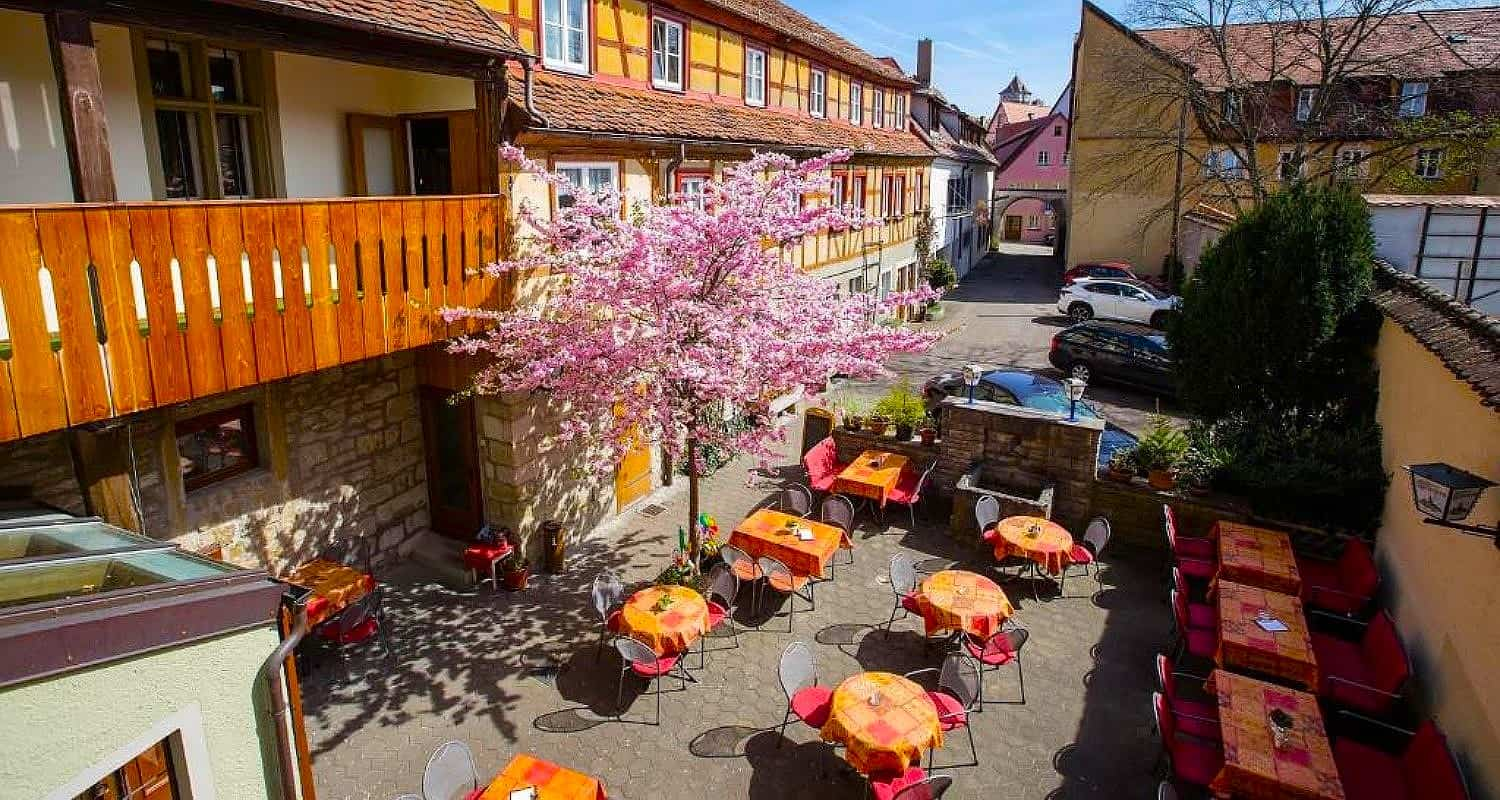
Top Restaurant Recommendations:
- Hotel-Gasthof Goldener Greifen (Obere Schmiedgasse) – Family-run establishment serving authentic Franconian dishes
- Altfränkische Weinstube (Klosterhof) – Traditional food in a 700-year-old wine cellar
- Zur Höll (Burggasse) – Cozy tavern in Rothenburg’s oldest building dating from 1285
- Baumeisterhaus (Obere Schmiedgasse) – Historic setting with excellent local specialties
Must-Try Dishes. The Franconian-style pork shoulder (Schäufele) quickly became my favorite regional specialty – tender roasted meat with a crispy herb crust, typically served with potato dumplings and sauerkraut. For something lighter, try the local trout (Forelle), simply prepared with butter and almonds. Game dishes featuring venison or wild boar are also regional specialties worth sampling.
Wine Experience. Franconia produces excellent wines, particularly dry white varieties from the Silvaner grape. Most restaurants offer local wines by the glass (€4-6) served in the traditional Bocksbeutel – a distinctive flat, round bottle unique to the region. I particularly enjoyed pairing these crisp whites with the rich local cuisine.
Day Trip Ideas from Rothenburg ob der Tauber
1. Explore Nearby Villages
Medieval Triangle. While Rothenburg deservedly captures attention, I discovered that combining it with visits to nearby Dinkelsbühl and Nördlingen creates the perfect “medieval triangle” experience. These three walled towns, each with distinct character and fewer tourists, offer a more comprehensive understanding of medieval Germany.
Dinkelsbühl Highlights. Just 30 miles (50km) from Rothenburg and only a 35-minute drive, Dinkelsbühl charmed me with its authentic medieval ambiance and noticeably fewer tourists. The town features completely intact medieval walls, the stunning St. George’s Minster, and colorful merchant houses along Weinmarkt. What makes Dinkelsbühl special is that it survived both the Thirty Years’ War and World War II virtually unscathed, meaning almost everything you see is original rather than reconstructed.
Nördlingen Discovery. Another 19 miles (30km) beyond Dinkelsbühl (about 30 minutes by car), Nördlingen offers another perfectly preserved medieval experience. The town is uniquely built inside a meteorite crater, with a complete circular wall you can walk around. The distinctive colored buildings follow strict painting requirements that maintain the town’s historical appearance.
Transportation Options. While having a car provides the most flexibility for exploring these towns, public transportation is available. Bus 805 connects Rothenburg and Dinkelsbühl (€9.50 one-way, approximately 1 hour), though service is limited to a few departures daily. For Nördlingen, you’ll need to connect through Ansbach by train, making it better suited for those with more time.
2. Cycling or Hiking Along the Tauber River
Scenic Routes. The picturesque Tauber Valley surrounding Rothenburg offers excellent opportunities for outdoor activities. I spent a delightful day cycling along the Liebliches Taubertal (Lovely Tauber Valley) route on well-maintained paths that connect medieval villages, vineyards, and historic sites. The relatively flat terrain makes these routes accessible for casual cyclists and families.
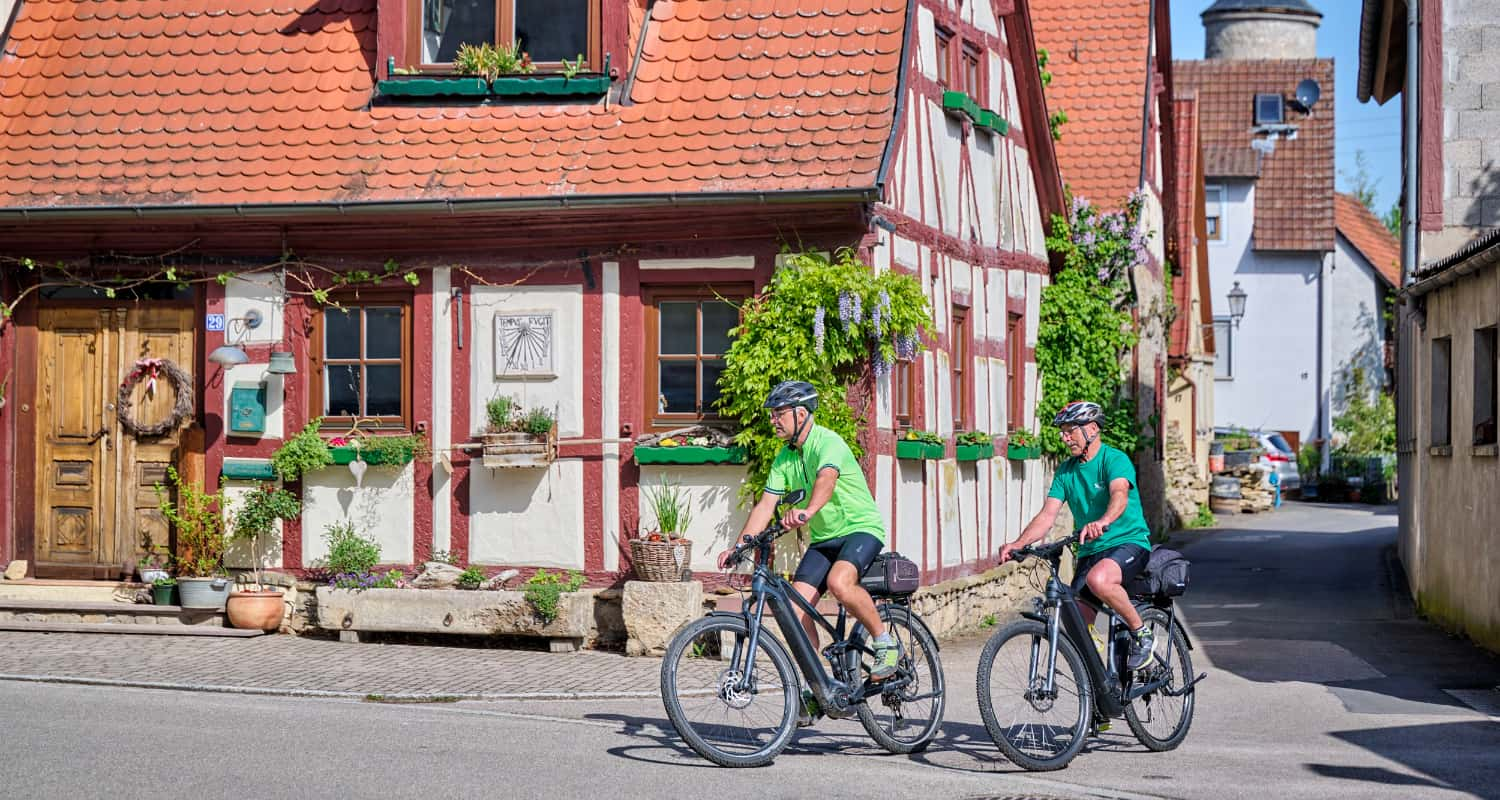
Cycling Information:
- Bike rentals available at Rad-Sport Schulz (Ansbacher Str. 27)
- Standard bikes: €15 per day
- E-bikes: €35 per day (worth the investment for longer routes)
- Maps and route suggestions provided at rental shops
Popular Paths. The Liebliches Taubertal cycling route is exceptionally well-marked and has earned five stars from the German Cycling Federation (ADFC). I particularly enjoyed the section from Rothenburg to Creglingen (about 12 km one-way), which follows the meandering river past meadows and small villages. The complete route continues all the way to Wertheim am Main, covering approximately 100 km of scenic countryside.
Hiking Alternatives. For those who prefer walking, numerous hiking trails radiate from Rothenburg. The path to Detwang village (2 km) offers stunning views of Rothenburg’s walls from below, while the route to Topplerschlösschen (4 km round-trip) combines natural beauty with historical interest. The tourist office provides free hiking maps with difficulty ratings and points of interest.
Practical Information
1. Getting to Rothenburg ob der Tauber
Train Connections. Reaching Rothenburg by train is straightforward though not always direct. The town has its own station (Rothenburg ob der Tauber) located about a 10-minute walk from the Old Town. From major cities, you’ll typically change trains at Würzburg, Ansbach, or Steinach, with total travel times ranging from:
- Frankfurt: 2.5-3 hours (regional trains with 1-2 changes)
- Munich: 3-3.5 hours (regional trains with 1 change)
- Nuremberg: 1.5 hours (direct regional train)
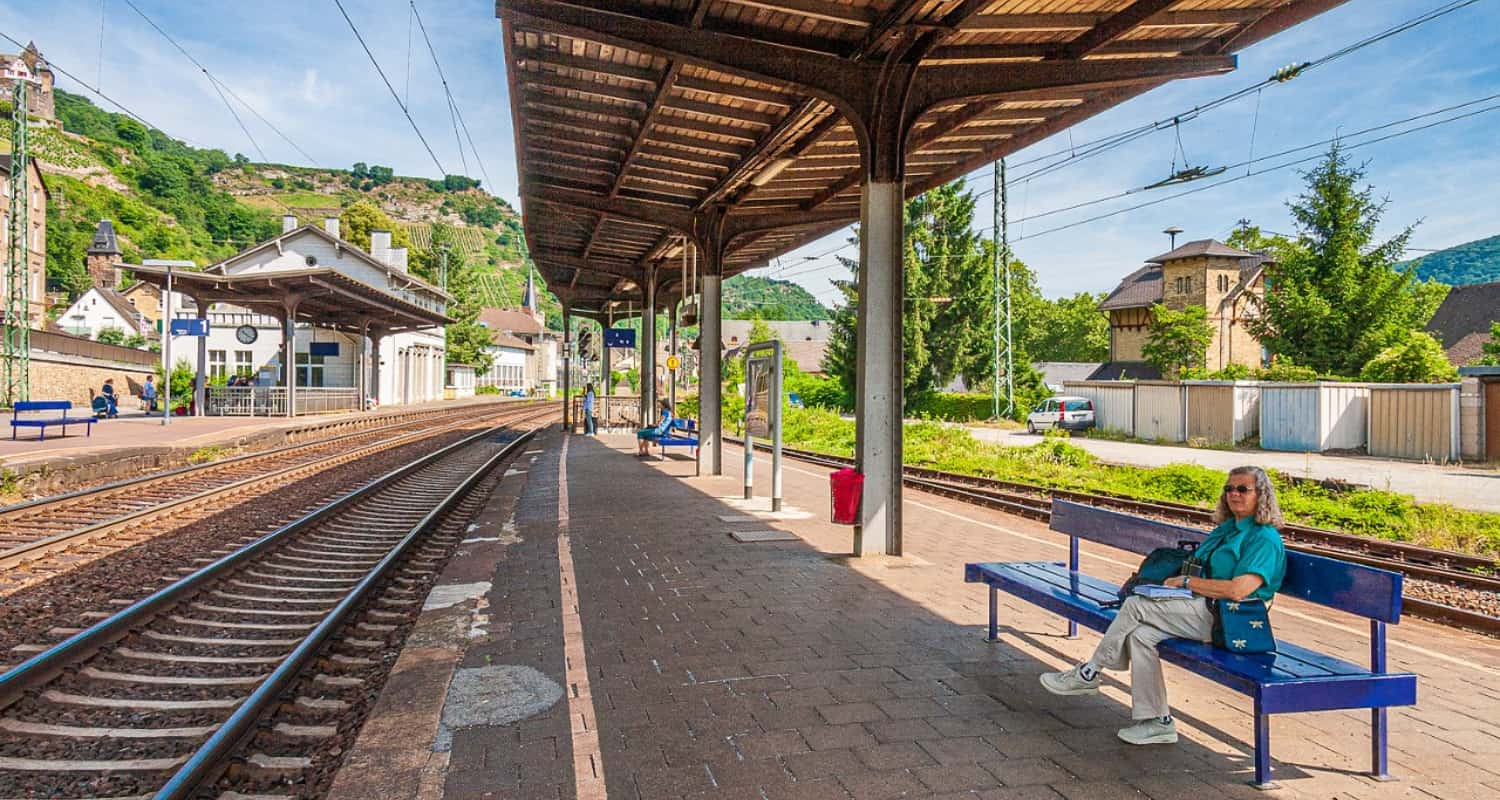
Money-Saving Tip. The Bayern Ticket offers unlimited regional train travel in Bavaria for €25 (single) or €32 (group up to 5 people), making it an economical option for day trips or groups.
Driving Directions. For those with rental cars, Rothenburg is easily accessible via the A7 autobahn, with dedicated exits for the town. The drive from Frankfurt takes approximately 2 hours, while Munich is about 2.5 hours away.
Guided Tours. If you’re based in Frankfurt, Munich, or Nuremberg, numerous companies offer day trips to Rothenburg. While convenient, these typically allow only 2-3 hours in town – barely enough to scratch the surface. I recommend staying overnight if possible to experience Rothenburg without the daytime crowds.
2. Suggested Itineraries
One-Day Essentials. With just 24 hours in Rothenburg, I would prioritize experiencing the town’s medieval atmosphere over rushing between attractions. My perfect day began with an early morning walk along the walls when the light was golden and streets nearly empty. After breakfast, I explored the Market Square and Town Hall, then wandered the picturesque streets before lunch at a traditional restaurant.
Single Day Schedule:
- 8:00 AM: Town walls for overview
- 9:30 AM: Visit Market Square and climb Town Hall Tower
- 11:00 AM: Explore St. Jakob’s Church
- 12:30 PM: Lunch and try Schneeballen
- 2:00 PM: Medieval Crime Museum
- 4:00 PM: Photography at Plönlein corner
- 6:00 PM: Dinner at traditional restaurant
- 8:00 PM: Night Watchman Tour
Two-Day Exploration. With a second day, I recommend venturing beyond the main attractions to discover Rothenburg’s hidden corners and surrounding landscape. My two-day itinerary balanced popular sights with quieter experiences and included time for shopping and relaxation.
Day Two Highlights:
- Morning: Complete the wall circuit
- Visit the German Christmas Museum
- Explore Burggarten (Castle Garden) for valley views
- Afternoon: Excursion to Topplerschlösschen in the valley
- Evening: Dinner at Altfränkische Weinstube
Seasonal Considerations. Winter visitors should plan indoor activities for the afternoon when daylight fades early. The Christmas Market (Reiterlesmarkt) transforms the town from late November through December 23rd, creating a magical atmosphere with over 60 wooden stalls selling handcrafted gifts and traditional foods. Summer travelers might consider an extended lunch break during the hottest hours, exploring again in the pleasant evening light.
❓ FAQ
Is visiting Rothenburg ob der Tauber worth a day trip from Munich?
Absolutely, but staying overnight lets you experience the town after day trippers leave. One day covers main sights along the Romantic Road, but two days reveals hidden treasures of Rothenburg.
Why should I walk the city wall around the old town?
Walking the city wall offers spectacular views over Rothenburg’s red-tiled rooftops and the Tauber Valley. The 1.5-mile covered walkway with 42 towers provides perfect vantage points, especially near Siebersturm.
What unique foods should I eat in Rothenburg?
Try Schneeballen (snowballs) – a local pastry available at Diller’s or Friedel’s Konditorei. For traditional Franconian cuisine, visit Altfränkische Weinstube in a 700-year-old wine cellar.
Which museums in Rothenburg showcase medieval crime and justice?
The Medieval Crime and Justice Museum houses Europe’s largest collection of legal history artifacts. The German Christmas Museum and Town Hall Museum are also worth visiting in Rothenburg.
How can I take the night watchman tour in Rothenburg?
Join the Night Watchman Tour at 8 PM, where a guide in medieval costume leads you through the streets of Rothenburg sharing stories. Afterward, enjoy the peaceful atmosphere when day trippers have departed.
What’s the fastest way to reach Rothenburg ob der Tauber?
Reach Rothenburg by regional trains from major cities in Germany or drive via the A7 autobahn. Many tour companies offer day trips along the Romantic Road to this fairy tale town.
What can I see with one day in Rothenburg?
Walk a section of the city wall, visit Market Square with its Town Hall Tower, photograph the Plönlein corner, and explore the Medieval Crime Museum. End with the Night Watchman Tour.
Where are the best shops in Rothenburg for souvenirs?
Käthe Wohlfahrt’s Christmas Village offers year-round Christmas decorations. The town also features numerous artisan shops selling handcrafted items and specialty food stores with local products.
When should I visit Rothenburg to avoid tourist crowds?
Visit early morning or evening to avoid day trippers. April-May and September-October offer pleasant weather with fewer tourists, while December’s Christmas Market creates a magical atmosphere.
How can I explore the Tauber River valley near Rothenburg?
Rent bikes (€15/day) to cycle along the Liebliches Taubertal route or take hiking trails to viewpoints like Detwang village or Topplerschlösschen for beautiful perspectives of Rothenburg.
